

Sign Up Today
Start your 14 day free trial today

The History Hit Miscellany of Facts, Figures and Fascinating Finds
10 Key Historic Sites to See in Rome
Explore the centre of the ancient world with our guide to the 10 key historic sites in rome, featuring the colosseum to the musei capitolini and beyond..

Peta Stamper
06 mar 2024.
From wonders such as the immense Colosseum to the legendary Palatine Hill, the impressive Pyramid of Cestius and the long history of San Clemente, Rome is brimming with amazing historic places. Other top archaeological sites to see tend to include the famous Ostia Antica and the beating heart of the city: the Roman Forum.
With a legacy that spans over 2,000 years of history, the eternal city has scintillating archaeological attractions around every corner. Whether you’re on a whistle-stop tour of the city or just don’t want to miss the essentials, we’ve put together a guide to the 10 Key Historical Sites in Rome.
History Hit Holidays
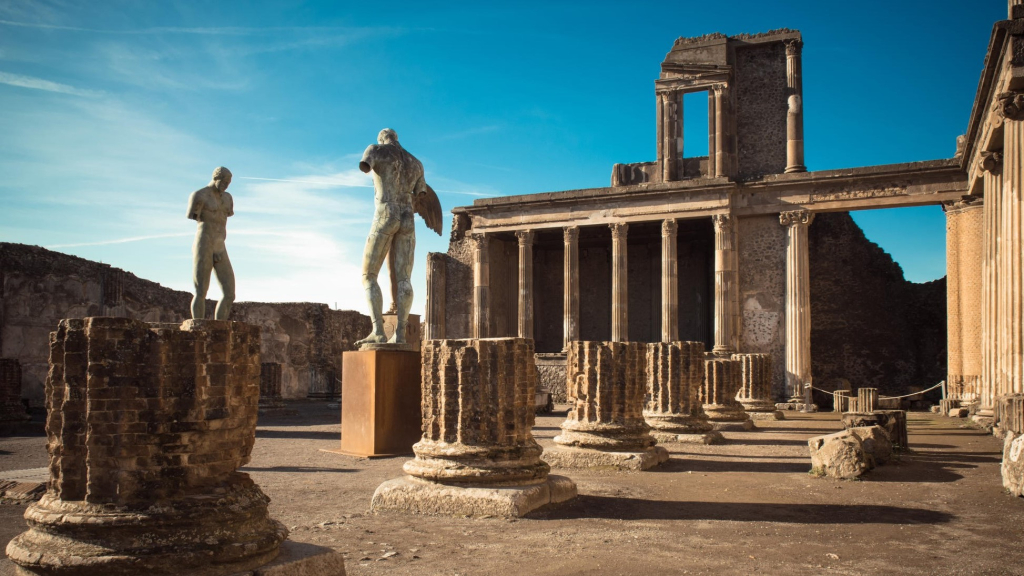
Uncover Pompeii with Sophie Hay and Tristan Hughes
What historical sites should i visit in rome the top 10.
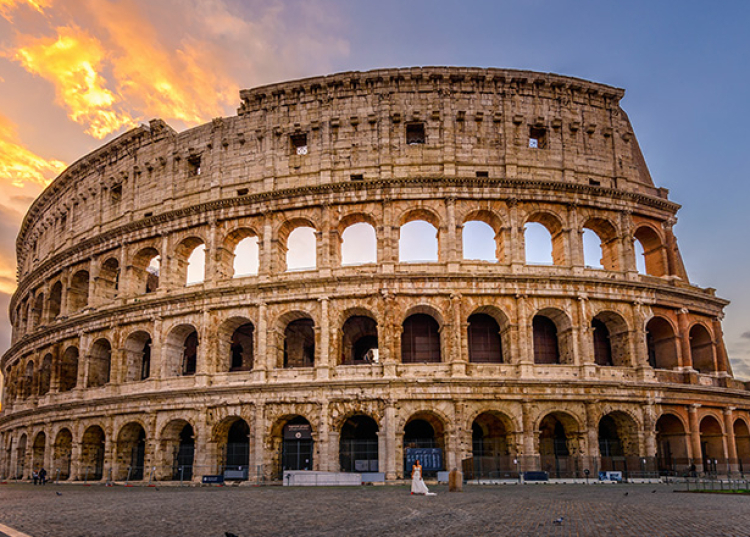
1. The Colosseum
The Colosseum is a site like no other. Beyond a shadow of a doubt, nothing represents the sheer power and magnificence of the Roman Empire like this stunning piece of ancient architecture.
The Colosseum, or ‘Colosseo’ in Italian, was once the largest amphitheatre in the Roman Empire. It was built in the 1st century AD by the Emperor Vespasian as a place for the people of Rome to enjoy. Originally named the Flavian Amphitheatre after Vespasian’s family name, the man who brought the Roman Empire back from the brink would not live to see its completion.
The Colosseum remained the amphitheatre of Rome until the end of the Roman Empire. This was the place where gladiators, lions and those accused of crimes were put to the test, often fighting to the death.
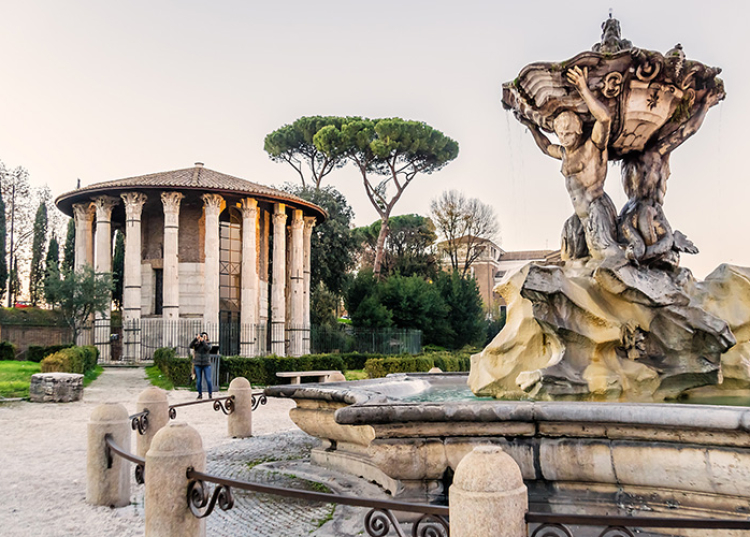
2. Temples of the Forum Boarium
The Temples of the Forum Boarium are two of the best preserved Roman temples to have survived from the Republican era, and together marked an important commercial and religious spot nestled by the Capitoline, Palatine and River Tiber. Comprised of two temples, the Temple of Hercules Victor and the Temple of Portunus, the Temples of the Forum Boarium date back to approximately the 2nd century BC.
Beginning in the late 1990s, the site saw new landscaping and conservation efforts towards both temples, resulting in the site we see today. Backed by tall trees and endless Roman blue skies, the temples are in fantastic condition, providing visitors with a sense of the bustling ancient cattle market dominated by these structures.
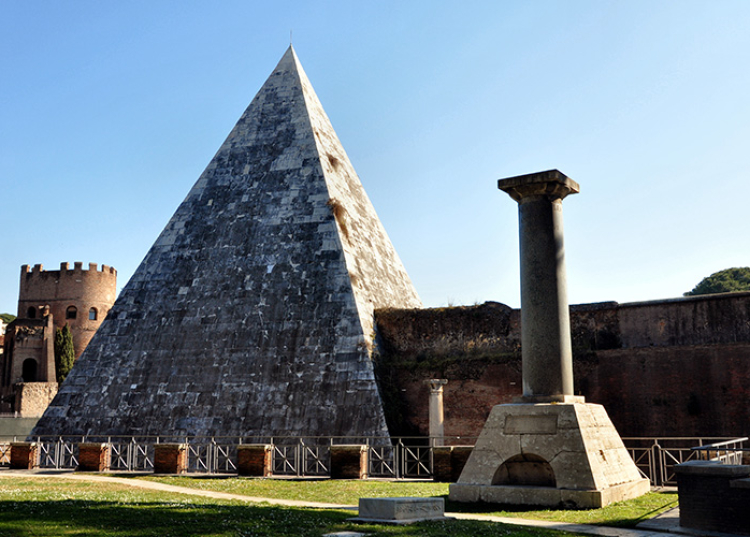
3. Pyramid of Cestius
The Pyramid of Cestius is the tomb of affluent magistrate Caius Cestius which was built in the 1st century BC in Rome, Italy. Constructed of white marble and brick, this ostentatious 35-metre high tomb was built in this style due to the popularity of all things Egyptian which swept through Rome after Egypt was incorporated into the Empire.
For those embarking on the Grand Tour during the 18th and 19th centuries, the Pyramid of Cestius was a must-see. Percy Shelley described it as “one keen pyramid with wedge sublime” in a 1821 elegy for the poet John Keats.
Ring-fenced by a guard railing, the Pyramid of Cestius continues to provide a dramatic, awe-inspiring feature to the ancient Roman landscape – a true feat when you consider the monuments it shares the city with.
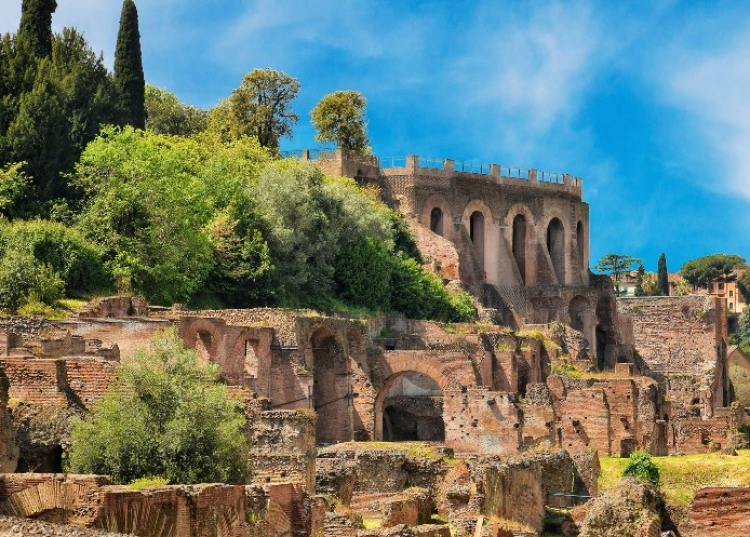
4. Palatine Hill
The Palatine Hill or Palatino is considered as the birthplace of Rome. One of Rome’s 7 hills, the Palatine Hill is closely linked with the city’s history and today houses some of its most ancient and important sites.
Legend has it that the twins Romulus and Remus were taken to Palatine Hill by the she-wolf who raised them , and here they founded a village which would become Rome .
In a dispute over who was the rightful leader of the new settlement, Romulus eventually killed his brother at the Palatine Hill, thus becoming the namesake of Rome. Indeed, the Palatine Hill is where the earliest huts of Rome were found, supposedly built under the remit of Romulus himself.
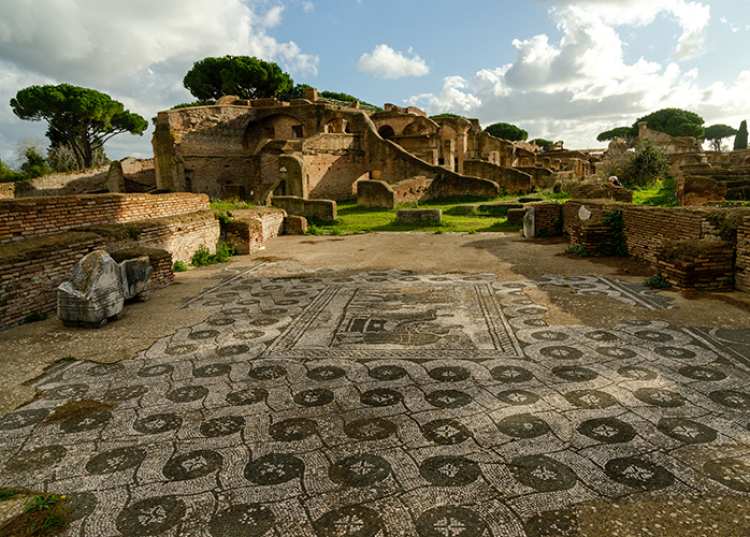
5. Ostia Antica
Ostia Antica is an extraordinary Roman site just outside the city centre that contains the ruins of the ancient port town that once served as the gateway to Rome. Tracing its roots back to at least the 4th century BC, Ostia Antica served as Rome’s principle port for hundreds of years: a witness and monument to the rise of the ancient superpower, its dominance and eventual decline.
Today, visitors can view a great many ruins from the ancient town including a well preserved Roman theatre, the Baths of Neptune, remains of the military camp, temples to ancient deities, the forum and even Ostia Synagogue, which is the oldest known synagogue site in Europe.
Yet Ostia Antica is so much more than these notable elements: it contains a huge range of well-preserved typical Roman dwellings, shops, flats and warehouses – even a Roman public toilet. These remains combine to provide visitors with a vivid picture of an ancient Roman town and allows you to get a real feel for day-to-day life in ancient Rome.
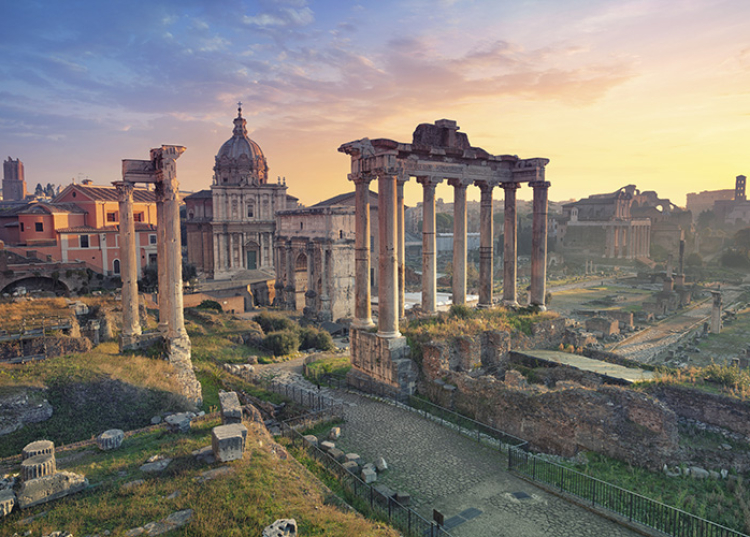
6. Roman Forum
The Roman Forum, or Forum Romanum, was the very centre of ancient Rome. Throughout the lifespan of Roman civilisation the Forum served as the focus of political, civic, and religious life.
For over a millennia the Forum’s changing nature reflected the constant shifting in the fortunes of the religious, military, and political natures of the Roman world . The Roman Forum witnessed elections , public speeches, criminal trials, social gatherings, and religious ceremonies among many others.
Today, though much of the grandeur of the Roman Forum has been lost to the ages, it is still a spectacular display of ancient Roman life.
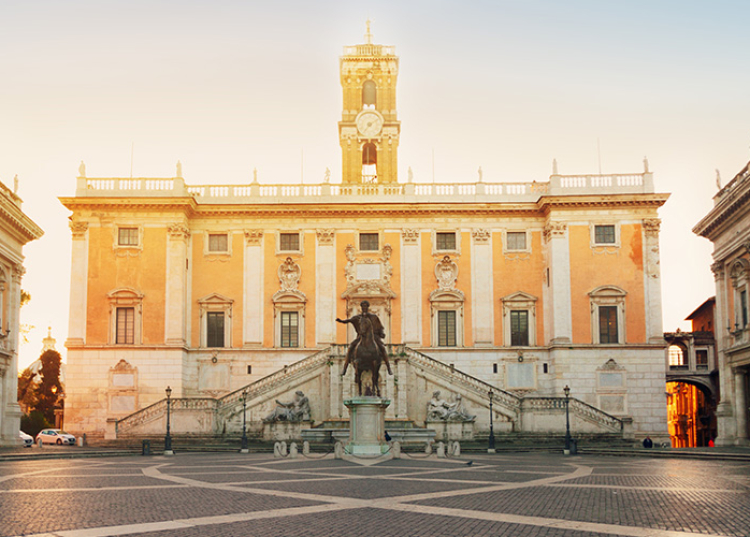
7. Capitoline Museums
Musei Capitolini – the Capitoline Museums – stand on the ancient Capitoline Hill in the centre of ancient and modern Rome , and host a huge wealth of artefacts from the ancient, medieval and renaissance periods.
Comprised of 3 main buildings, namely Palazzo Nuovo , Palazzo dei Conservatori and Palazzo Senatorio, the Musei Capitolini are located near the Roman Forum and a short walk from the Colosseum.
Current exhibitions include ‘The legacy of Caesar and the conquest of time’, exploring the marble timekeeping and history of Rome from its origins to the imperial age, and ‘The Torlonia Marbles’ which displays the world’s most prestigious private collection of ancient sculptures.
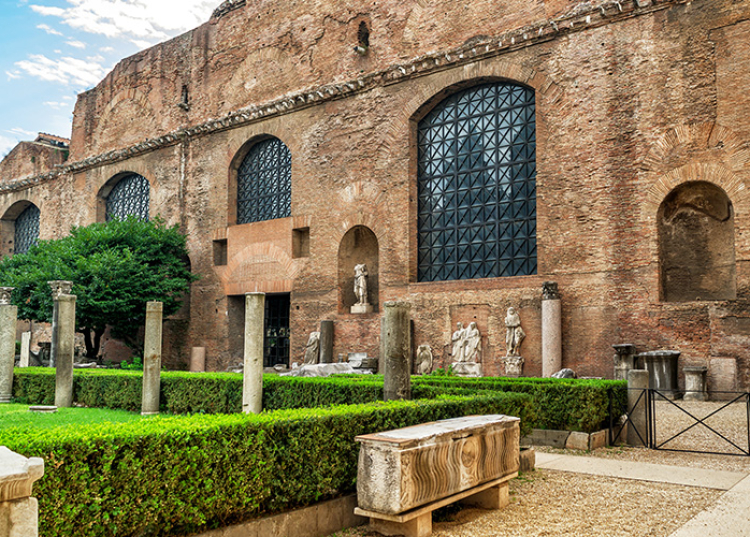
8. Baths of Diocletian
Once the largest ancient baths complex in the world, the Baths of Diocletian – or Terme di Diocleziano – was built between 298 AD and 306 AD in honour of the Roman Emperor Diocletian. Today, they are open to the public as part of the National Roman Museum in Rome, Italy.
One of the key tourist attractions for those wishing to view the baths is the Museo Nazionale Romano – Terme di Diocleziano – which is part of the Rome National Museum (shown on map, above). The museum, which opened in 1889, was built within the Baths of Diocletian and contains several collections from the ancient world. Although the museum contains many interesting exhibits, it gives little insight into the original baths themselves.
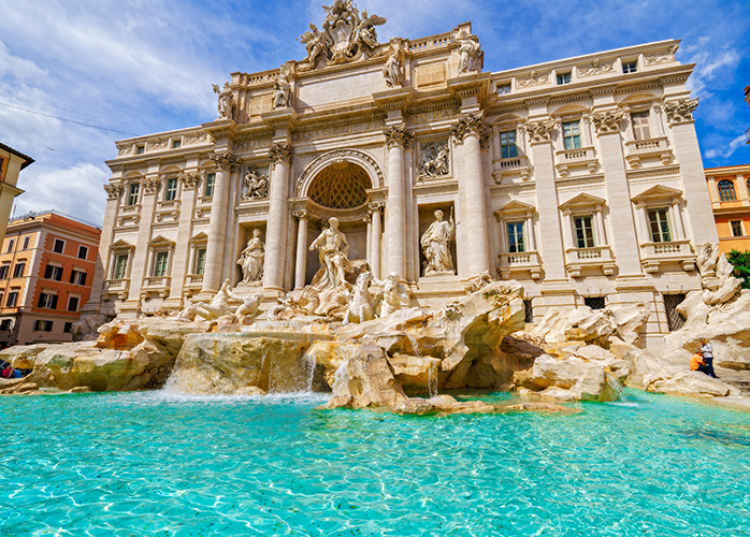
9. The Trevi Fountain
The Trevi Fountain is an iconic 18th century monument in Rome . A stunning depiction of ancient deities and resplendent with frescos of legends and myths, the Trevi Fountain attracts floods of tourists keen to throw their coins into its waters to assure their return to Rome – or so goes the myth.
Located in Rome’s Trevi district abutting the palazzo Poli, the Trevi Fountain was built on the site of an earlier fountain that was demolished in the 17th century. The Trevi Fountain marks the intersection of three major Roman roads – from which it gains the name ‘Trivium’ – and was the terminus of the Acqua Vergine. Revived from the Aqua Virgo of ancient Rome, this ancient aqueduct once served the Baths of Agrippa.
Any trip to Rome is not complete without visiting the 85 foot tall Trevi Fountain to throw a euro over your left shoulder into the fountain’s clear pool.
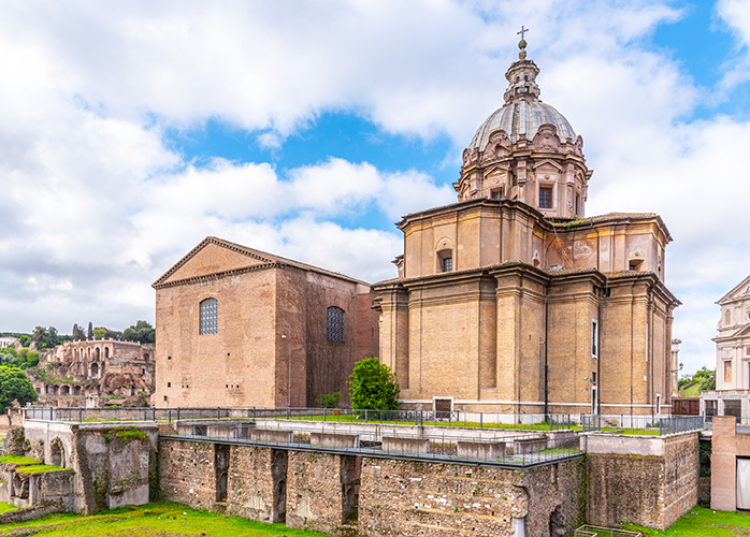
10. Curia Julia
The Curia Julia in the Roman Forum was the senate house in Ancient Rome, built under Julius Caesar and later restored by Diocletian after being damaged by fire. The Curia stood at the very heart of the ancient city, both physically and politically, and would have borne witness to some of Rome’s most famous events and figures.
Curia Julia is one of many curia – which roughly translates to ‘meeting house’ – which existed during the course of the Ancient Roman civilisation and was the administrative centre of the empire.
Unusually for an Ancient Roman building, the Curia Julia stands intact due to its conversion into the church of Saint Adriano in 623 AD by Pope Honorius I.
- History Classics
- Your Profile
- Find History on Facebook (Opens in a new window)
- Find History on Twitter (Opens in a new window)
- Find History on YouTube (Opens in a new window)
- Find History on Instagram (Opens in a new window)
- Find History on TikTok (Opens in a new window)
- This Day In History
- History Podcasts
- History Vault
By: History.com Editors
Updated: July 11, 2022 | Original: November 9, 2009

Located just east of the Roman Forum, the massive stone amphitheater known as the Colosseum was commissioned around A.D. 70-72 by Emperor Vespasian of the Flavian dynasty as a gift to the Roman people. In A.D. 80, Vespasian’s son Titus opened the Colosseum—officially known as the Flavian Amphitheater—with 100 days of games, including gladiatorial combats and wild animal fights. After four centuries of active use, the magnificent arena fell into neglect, and up until the 18th century it was used as a source of building materials. Though two-thirds of the original Colosseum has been destroyed over time, the amphitheater remains a popular tourist destination, as well as an iconic symbol of Rome and its long, tumultuous history.
Origins of the Colosseum
Even after the decadent Roman emperor Nero took his own life in A.D. 68, his misrule and excesses fueled a series of civil wars. No fewer than four emperors took the throne in the tumultuous year after Nero’s death; the fourth, Vespasian, would end up ruling for 10 years (A.D. 69-79). The Flavian emperors, as Vespasian and his sons Titus (79-81) and Domitian (81-96) were known, attempted to tone down the excesses of the Roman court, restore Senate authority and promote public welfare.
Around 70-72, Vespasian returned to the Roman people the lush land near the center of the city, where Nero had built an enormous palace for himself after a great fire ripped through Rome in A.D. 64. On the site of that Golden Palace, he decreed, would be built a new amphitheater where the public could enjoy gladiatorial combats and other forms of entertainment.
Did you know? Archaeologists believe that the Colosseum contained both drinking fountains and latrines.
Building of the Colosseum
After nearly a decade of construction—a relatively quick time period for a project of such a grand scale—Titus officially dedicated the Colosseum in A.D. 80 with a festival including 100 days of games. A well-loved ruler, Titus had earned his people’s devotion with his handling of recovery efforts after the infamous eruption of Vesuvius in A.D. 79, which destroyed the towns of Herculaneum and Pompeii . The final stages of construction of the Colosseum were completed under the reign of Titus’ brother and successor, Domitian.
The Colosseum: A Grand Amphitheater
Measuring some 620 by 513 feet (190 by 155 meters), the Colosseum was the largest amphitheater in the Roman world. Unlike many earlier amphitheaters, which had been dug into hillsides to provide adequate support, the Colosseum was a freestanding structure made of stone and concrete. The distinctive exterior had three stories of arched entrances—a total of around 80—supported by semi-circular columns. Each story contained columns of a different order (or style): At the bottom were columns of the relatively simple Doric order, followed by Ionic and topped by the ornate Corinthian order. Located just near the main entrance to the Colosseum was the Arch of Constantine, built in A.D. 315 in honor of Constantine I’s victory over Maxentius at Pons Milvius.
Inside, the Colosseum had seating for more than 50,000 spectators, who may have been arranged according to social ranking but were most likely packed into the space like sardines in a can (judging by evidence from the seating at other Roman amphitheaters). Awnings were unfurled from the top story in order to protect the audience from the hot Roman sun as they watched gladiatorial combats, hunts, wild animal fights and possibly even larger combats such as mock naval engagements (for which the arena was said to be flooded with water) put on at great expense. The vast majority of the combatants who fought in front of Colosseum audiences in Ancient Rome were men (though there were some female gladiators ). Gladiators were generally enslaved peoples, condemned criminals or prisoners of war.
The Colosseum Over the Centuries
The Colosseum saw some four centuries of active use, until the struggles of the Western Roman Empire and the gradual change in public tastes put an end to gladiatorial combats and other large public entertainments by the 6th century A.D. Even by that time, the arena had suffered damaged due to natural phenomena such as lightning and earthquakes.
In the centuries to come, the Colosseum was abandoned completely, and used as a quarry for numerous building projects, including the cathedrals of St. Peter and St. John Lateran, the Palazzo Venezia and defense fortifications along the Tiber River. Beginning in the 18th century, however, various popes sought to conserve the arena as a sacred Christian site, though it is in fact uncertain whether early Christian martyrs met their fate in the Colosseum, as has been speculated.
By the 20th century, a combination of weather, natural disasters, neglect and vandalism had destroyed nearly two-thirds of the original Colosseum, including all of the arena’s marble seats and its decorative elements. Restoration efforts began in the 1990s, and have proceeded over the years, as the Colosseum continues to be a leading attraction for tourists from all over the world.

HISTORY Vault: Colosseum
The Roman Empire is vividly brought to life through the lens of the Colosseum.

Sign up for Inside History
Get HISTORY’s most fascinating stories delivered to your inbox three times a week.
By submitting your information, you agree to receive emails from HISTORY and A+E Networks. You can opt out at any time. You must be 16 years or older and a resident of the United States.
More details : Privacy Notice | Terms of Use | Contact Us
Best Tours and Events to Experience Roman History
From a historical perspective, Rome is one of the best-preserved cities in the world. Many structures erected in ancient times are still standing today, looking just as pristine and awe-inspiring as ever. This is what makes Rome one of the most interesting cities to book a tour or attend a historical event.
Rome offers dozens of tours and events to experience Roman history, but some are much better than others. Like many big cities, Rome has its share of scammers just looking to make a buck off unsuspecting tourists. Thankfully, the majority of tours and historical events are completely legitimate and well-worth your time. In any case, let’s take a look at a few of the best tours and events in Rome to give you a first-hand experience of Roman history.
Best Historic Tours in Rome
There are hundreds of interesting sites and historical monuments in Rome, and it would be impossible for one tour to show you everything. Fortunately, many of the best tours in Rome focus on an isolated area or structure(s), giving you key insights into the local history. The following are just a few of the best Rome tours to experience authentic Roman history:
The Complete Vatican Tour
For millions of people, the Vatican is one of the most sacred places in the world. Even if you’re not of the Catholic faith, the Vatican City is a truly remarkable and enchanting place to behold. From the Sistine Chapel to St. Peter’s Basilica, there is no shortage of beautiful architecture and ancient history in the Vatican.
While you can certainly enjoy the majesty of the Vatican without an official tour guide, it is much better if you have someone who is highly knowledgeable and experienced to show you around. However, no two Vatican tours are the same, and if you’re going to book a tour, you’ll want to book the right one. That’s why The Complete Vatican Tour by Walks of Italy is the best way to experience the home of the Pope.
With The Complete Vatican Tour, you get so much more than a tour guide. This tour allows you to skip the lines at the Vatican Museums, saving you a lot of time and energy. Additionally, you will get complete tours of the Sistine Chapel, Belvedere Courtyard, Raphael Rooms, St. Peter’s Basilica and much more. If you’re interested in experiencing the Vatican with Walks of Italy, you can book your tour right here .
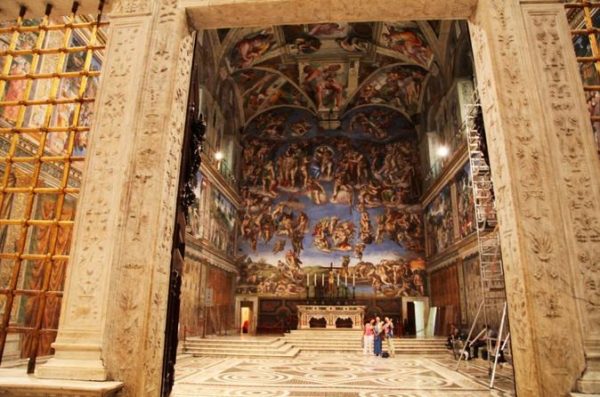
The Original Crypts and Catacombs Tour
When people think of Roman history, they often think of the power and grandeur of the Roman Empire. However, Rome has a darker history as well, and much of it is hidden just beneath the surface. Below many of Rome’s oldest churches you can find crypts and catacombs that have been meticulously preserved for hundreds (or even thousands) of years.
These crypts and catacombs are not for the squeamish, which is why it’s best to bring a friend along. However, even if you plan to fly solo, you can still take solace in the fact that you won’t really be navigating these creepy tombs alone. The Original Crypts and Catacombs Tour by Dark Rome is designed for larger groups, and is one of the best ways to experience the darker side of Roman history.
This tour will take you through some of the oldest crypts and catacombs in Rome, including the burial chambers underneath the Basilica of San Clemente and the Capuchin “Bone Chapel.” Every tour guide speaks fluent English and is well-versed in the history of each locale. Additionally, the tour offers a bus to take you to each new location. To learn more about touring the ancient catacombs of Rome, consult Dark Rome’s website .
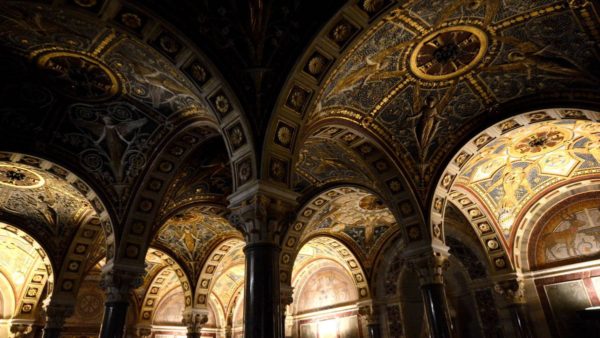
The Colosseum Underground and Third Order Tour
The Colosseum is one of the most iconic symbols of Rome’s past. Once the sight of gladiator battles, dramas and other public events, the Colosseum was the centerpiece of Roman culture and entertainment. The Colosseum hosts thousands of tours every year and the vast majority of the original structure still stands today.
Not every part of the Colosseum is accessible to tourists, but the underground and third order terrace are two of the most fascinating areas to visit. With The Colosseum Underground and Third Order Tour by CoopCulture, you’ll get to see the Colosseum from all the best angles. You’ll also be led through the ancient structure by a tour guide who can answer almost any question you could have about Roman history. You can book your CoopCulture tour now at this link .
Additionally, if you prefer a tour that allows you to see all of the best highlights of Rome in one day (including the Colosseum and the Vatican), Walks of Italy offers this service throughout the year. You can consult their website for more information on booking the “Rome in a Day” tour.
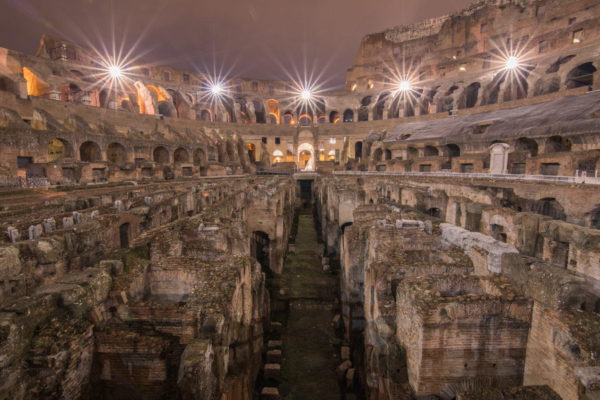
Best Historic Events in Rome
Not every tourist likes to be part of a guided tour; sometimes you just want to venture out on your own and immerse yourself in the history and culture of the city. If you prefer to do things your own way, there are a number of historical events throughout the year that will give you a taste of Roman history in a less structured environment. Epiphany
Epiphany (January 6th) is the 12th day of Christmas and is celebrated every year in Rome. While children celebrate the arrival of La Befana (a good witch) throughout the city, the main event takes place in the Vatican. Hundreds of participants dress in Medieval costumes and walk to St. Peter’s Basilica bearing gifts for the Pope. The Pope then gives a morning mass to thousands of spectators in celebration of Epiphany.
The Ides of March
Historically, the Ides of March was a day dedicated to the Roman god, Jupiter. Later, the date (March 15th) became famous throughout the world as the day that Roman Emperor Julius Caesar was assassinated. Nowadays, people gather around Caesar’s memorial in the Roman Forum, and the Gruppo Storico Romano reenact the assassination at the Largo di Torre Argentina.
Liberation Day
On April 25th, 1945, Italy was officially liberated from Nazi occupation during World War II. In the years since, the country celebrated this date with commemorative ceremonies and parades. If you visit the Quirinale Palace, you will get to see hundreds of spectators and participants celebrate freedom and Italian independence with music and military parades.
Festa della Madonna della Neve
The Festa della Madonna della Neve (or “Madonna of the Snow”) is a celebration of a legend dating back to the 4th Century. According to the legend, a miraculous August snow occurred in Rome, prompting Christians to construct the church of Santa Maria Maggiore. Today, the festival celebrates this miracle with music, food, and a live reenactment of the event.
Learn More About Roman History With RomeLoft
Are you planning your dream getaway in Rome? Do you want to book the best tours in the city or schedule your trip during a particular cultural or historical event? Are you in need of the perfect accommodations to complement your plans? No matter what you’re looking for in Rome, we can help get your Rome vacation started right. For more information on booking an apartment, tour, or event in Rome, contact RomeLoft today!
More Rome Highlights
Da villa farnesina : a beautiful garden to visit.
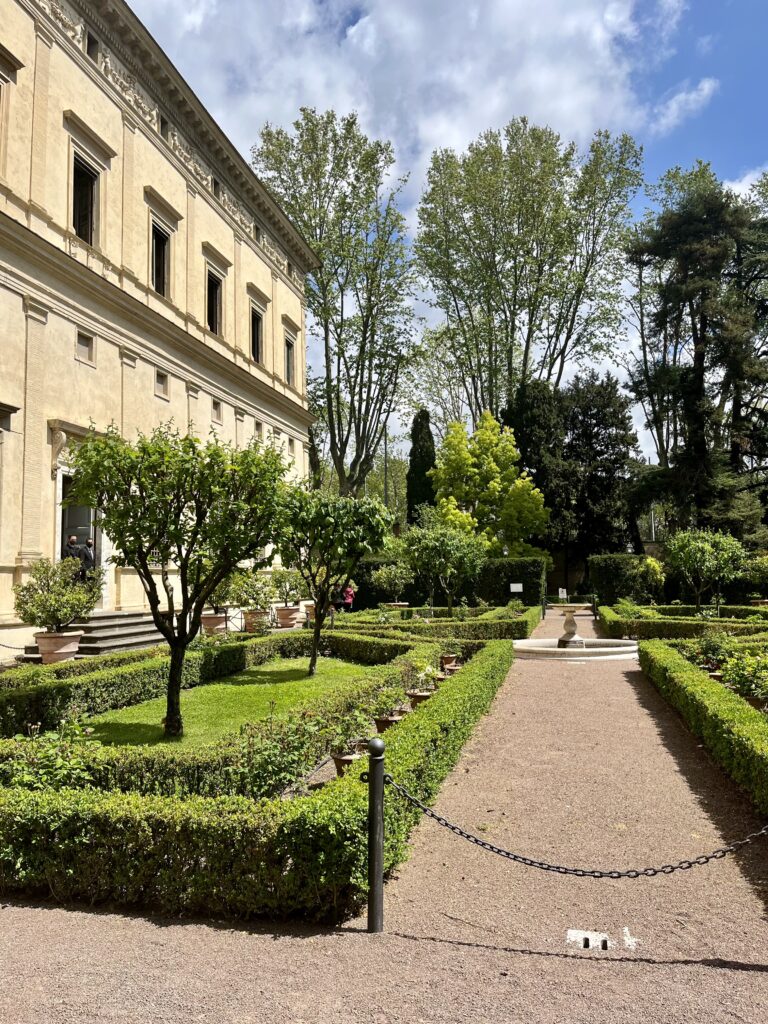
Da VyTA Farnese : It’s Coffee Time
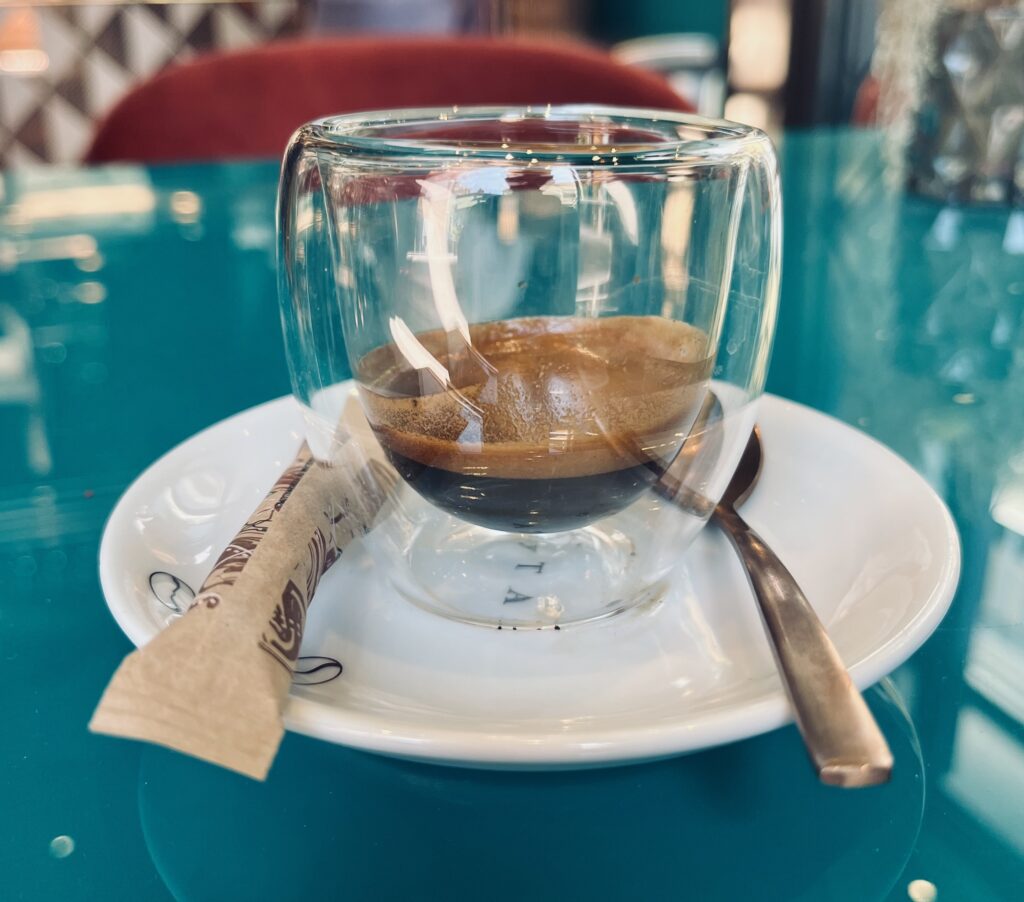
Da Verso Sera
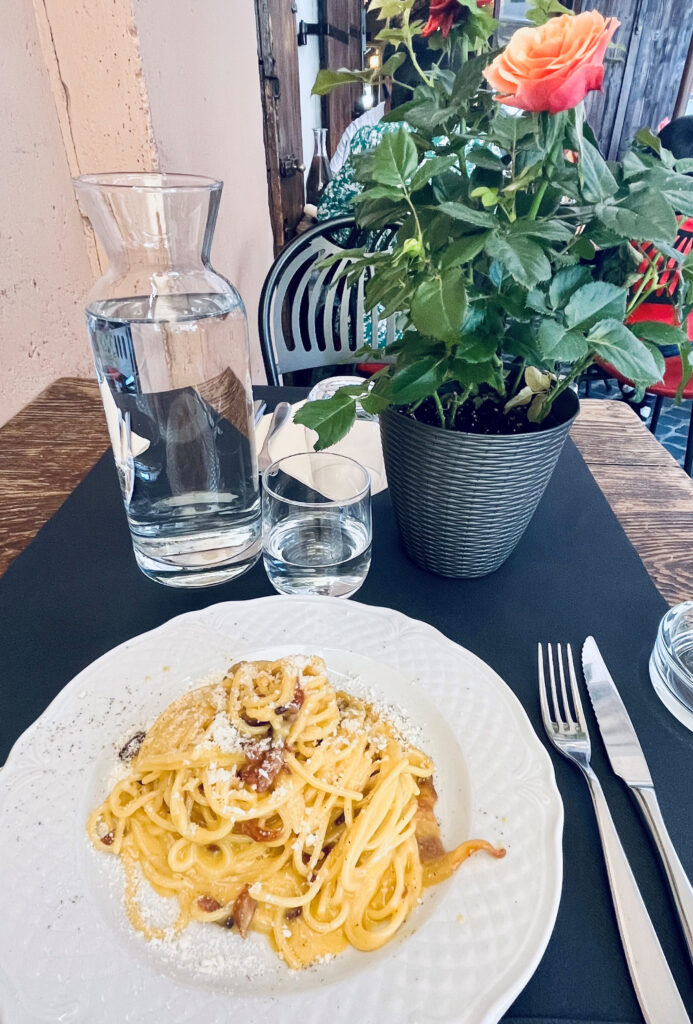
Sampling Authentic Italian Desserts in Rome
Rome rental prices for tourists in the spanish steps, top hidden gems in rome, how to plan the perfect rome getaway.
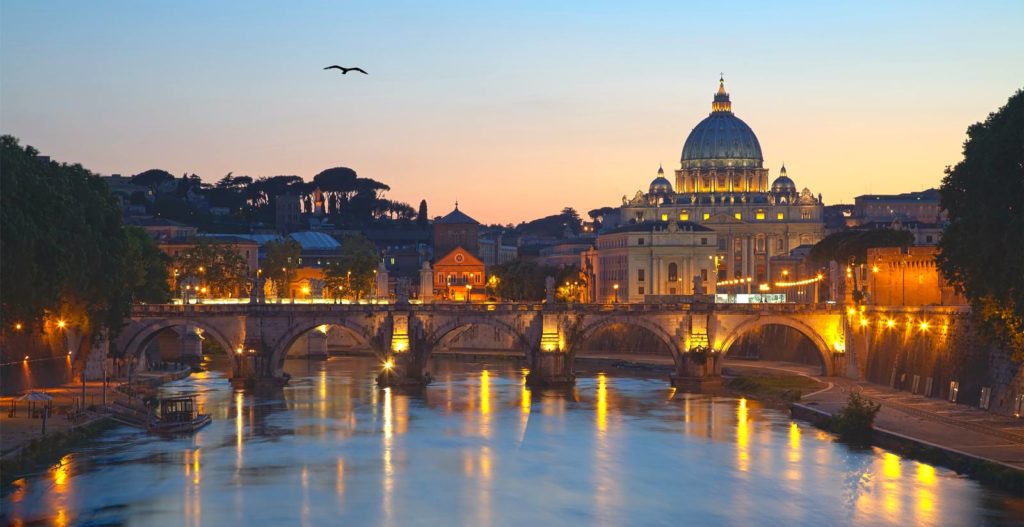
The History of the Jewish Ghetto in Rome
A vegan guide to rome.
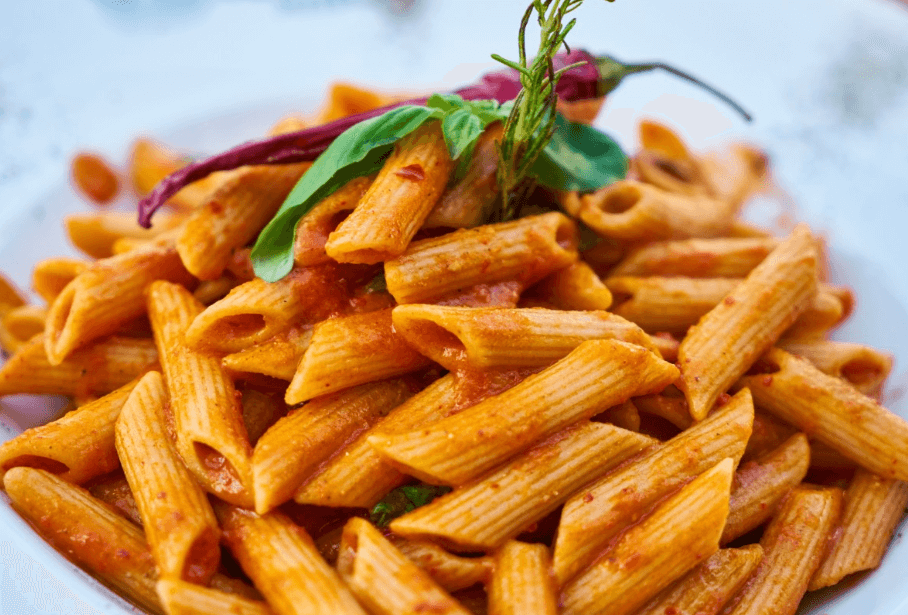
Find Your Apartment in Rome
- Archaeological sites
- The Trevi Fountain
- Vatican Museums
- Saint Peter’s Basilica
- Villa Borghese
- Piazza di Spagna
- Piazza Navona
- Colosseum tickets
- Vatican Museum tickets
- Sistine Chapel tickets
- Saint Peter’s Basilica tickets
- Colosseum tours
- Pantheon Tours
- Car rent with driver
- Transfer Rome / Fiumicino Airport
- Transfer Rome / Ciampino Airport
- Transfer Rome Civitavecchia
- Phone numbers
- Charter bus rental

Tourism Rome
Welcome to rome.
An extraordinary, multi-faceted city. A dynamic destination where history and architecture mingle with art, music, fashion, film and design. A unique place to discover.
Discover the sites of Rome
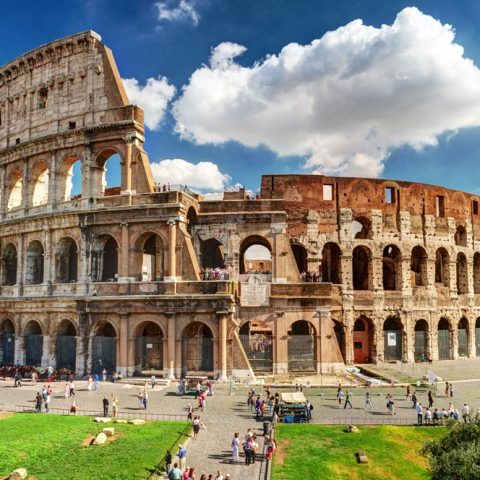
The Colosseum (Flavian Amphitheater) is surely the most famous monument of Rome, so much so that it has come to represent the city itself, as well as...
Tickets Opening hours How to get there Tours
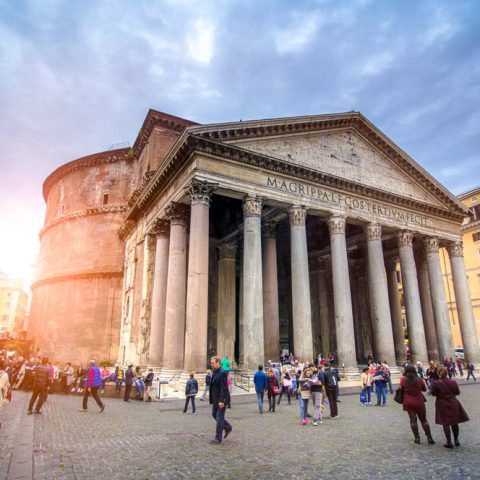
The Pantheon, a Roman temple dedicated to all gods, is one of the most impressive sites in the centre of Rome. Dating to the 2nd century AD, it is...
Opening hours Tours Tickets
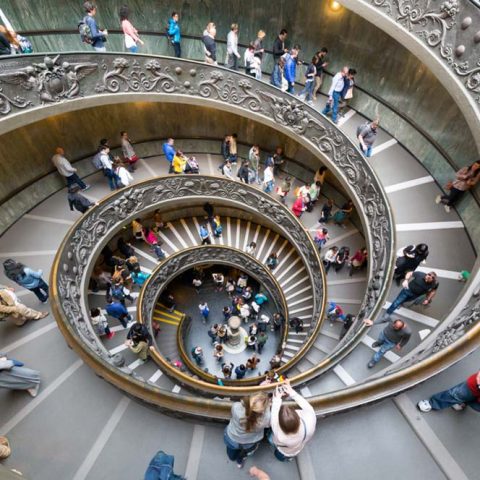
The Vatican Museums host the most important and largest art collections in the world which include masterpieces of antiquity, from Egypt to Greece to...
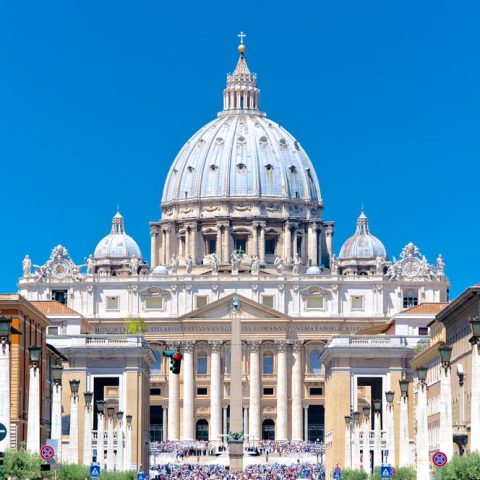
St Peter's Basilica in the Vatican. History, in-depth description and useful information for visiting the centre of Christianity in Rome
Tickets Opening hours
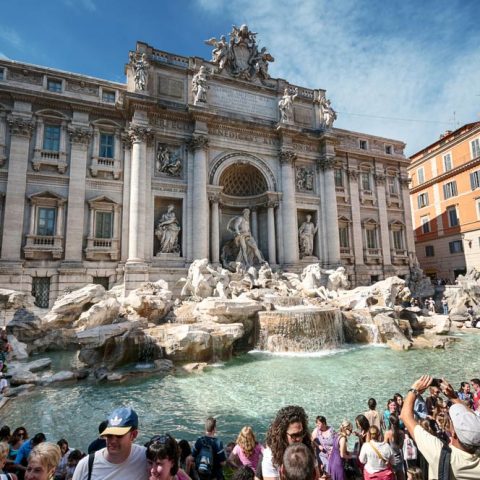
The Trevi fountain is one of the most famous sites in Rome. In Late Baroque style, it is the spectacular termination of the ancient Acqua Vergine...
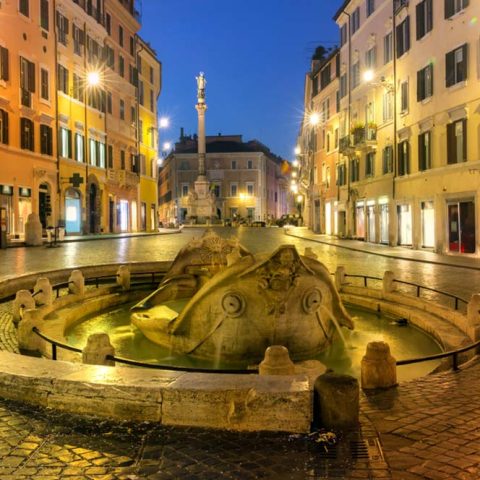
Piazza di Spagna is one of the most famous and visited squares in Rome. In the center stands the Fontana della Barcaccia, designed and sculpted in...
Why visit Rome?
Rome was the capital of the Roman Empire and the cradle of Western civilisation . Millennia of history have made it an open-air museum, consisting of a layering of historical and architectural remains, many of which remain undiscovered. Rome is today a tourist destination of excellence, without equal in the world. In fact, 12 Unesco monuments are concentrated in the city of Rome alone, including the Colosseum , the largest amphitheatre in the world, and the Pantheon , a perfectly preserved temple with the largest unreinforced concrete dome ever built.
History, art, architecture
Rome not only represents the history of the West, but also a cultural centre where art and architecture permeate every street, building or church. In the city of Rome, it is possible to access some of the most visited museums in the world, such as the Colosseum archaeological park or the Vatican Museums.
What's new in Rome?
Here are the events not to be missed
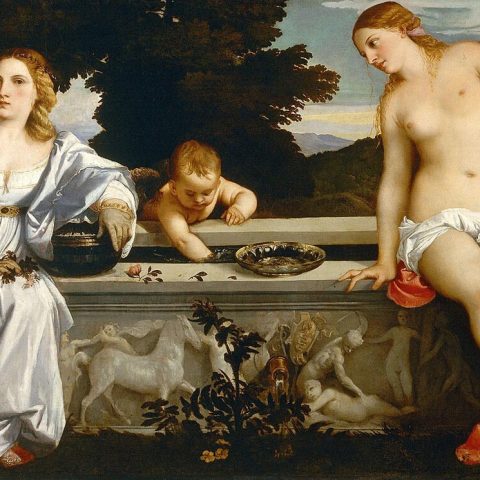
29 March - 30 June 2024
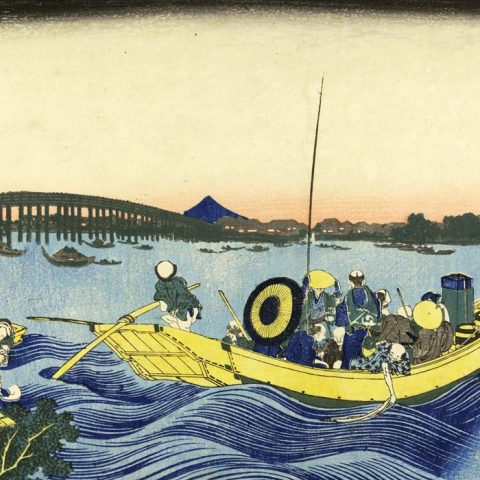
20 February - 23 June 2024
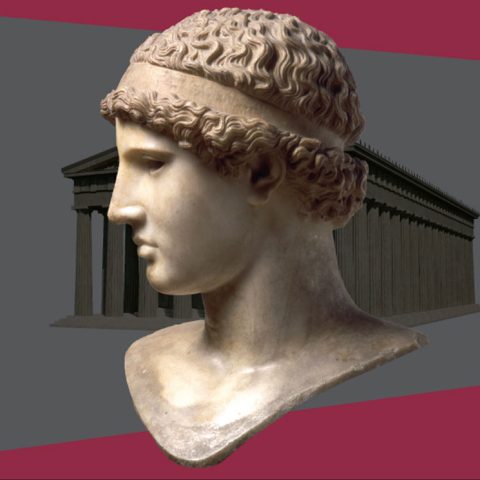
24 November - 5 May 2024

16 November - 11 February 2024

18 October - 10 March 2024
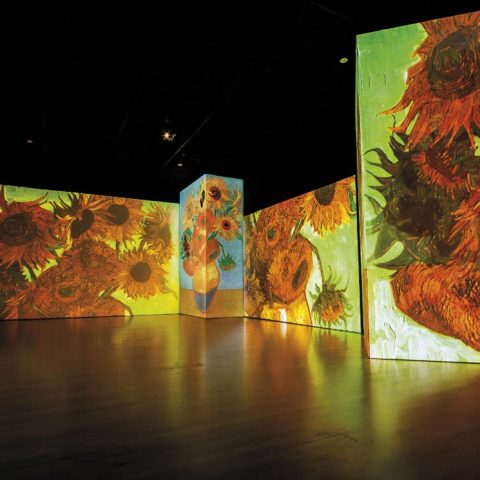
4 November - 31 March 2024

21 October - 17 March 2024

14 November - 18 February 2024
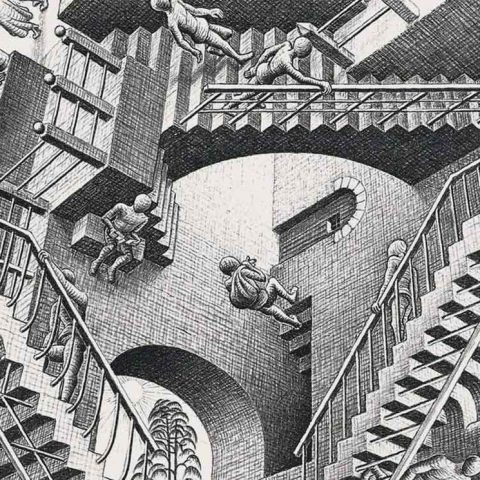
31 October - 1 April 2024
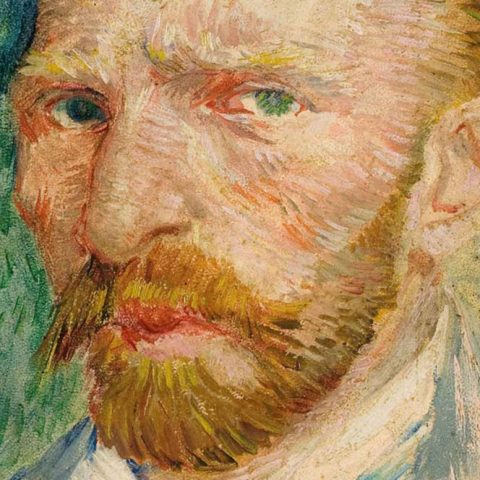
8 October - 26 March 2023
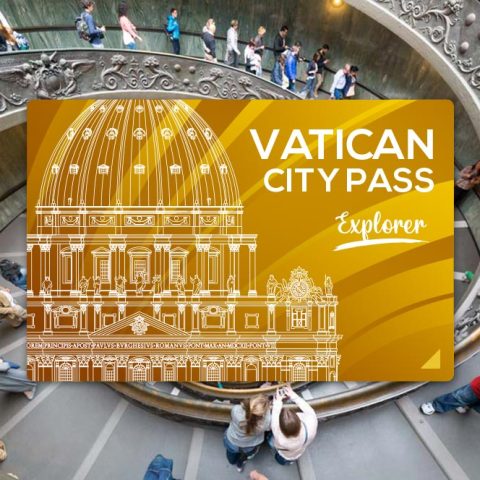
starting from 62 €
Visit the Vatican with the Vatican City Pass! Skip the line entrance to the Vatican Museums, Quick access to Castel Sant'Angelo and audio guide of...
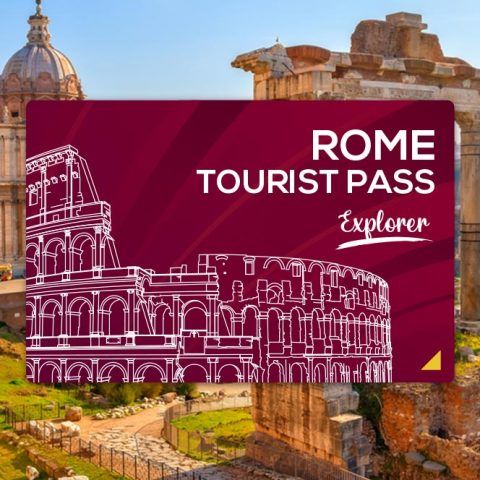
starting from 97 €
The Rome Tourist Pass is a complete package for tourists in Rome. The ticket includes visits to Colosseum, Vatican Museums, Sistine Chapel, St Peter's...
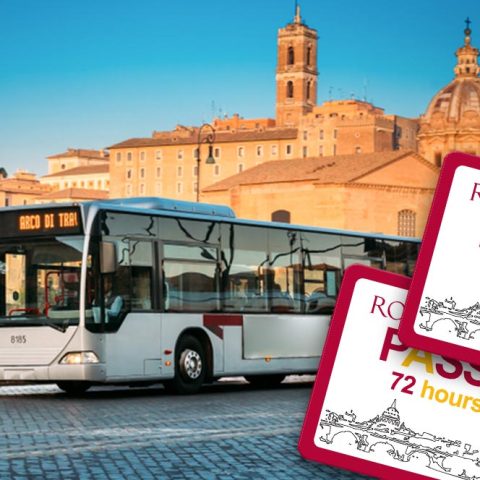
starting from 55 €
The Roma Pass is the official card for tourists in Rome. Allows unlimited use of public transport and access to museums.
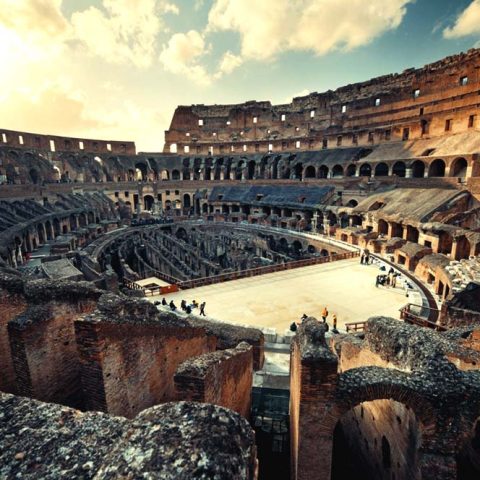
starting from 38 €
The only combined ticket that in addition to the visit to the Colosseum, the Roman Forum and the Palatine Hill
starting from 19 €
The best-selling ticket to visit the Colosseum, the Roman Forum and the Palatine Hill. Priority access and downloadable map of the Colosseum
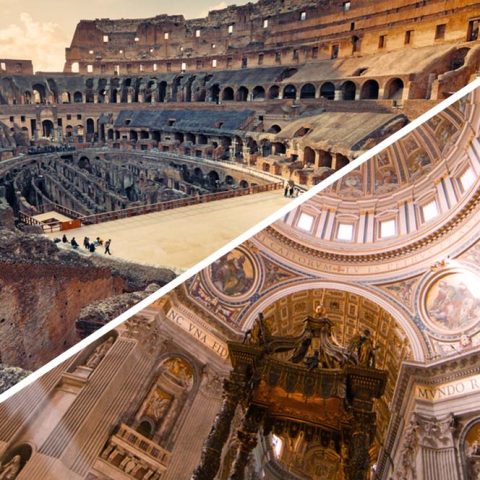
Combined ticket for visiting the main places of interest in Rome. Priority access and audio guide included in the price.
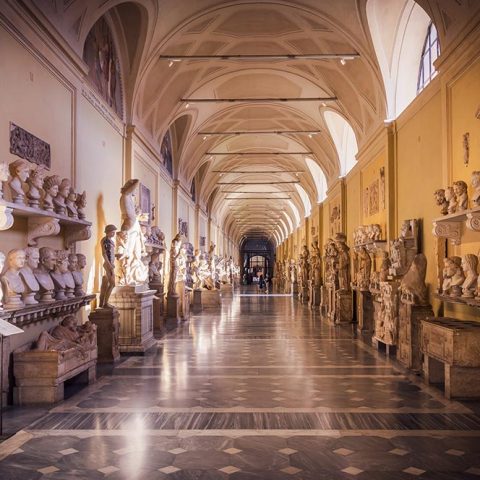
starting from 43.75 €
2-hour guided tour and skip-the-line tickets for the Vatican Museums and Sistine Chapel.
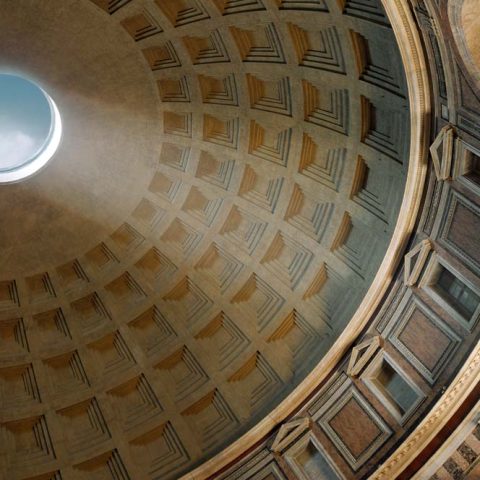
starting from 30.50 €
Compelling guided tour of the Pantheon: the best preserved building of Ancient Rome.
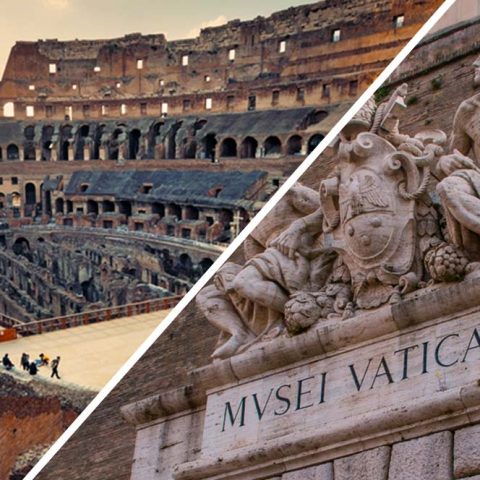
starting from 144 €
Full day tour of Rome visiting the most important tourist attractions of the eternal city. From the Colosseum to the Vatican Museums, to the Sistine...
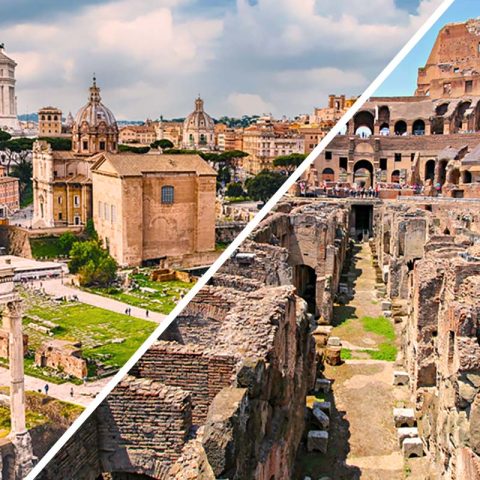
starting from 129 €
Combined tour of the Colosseum basement and arena, including a visit to the Roman Forum and Palatine Hill.
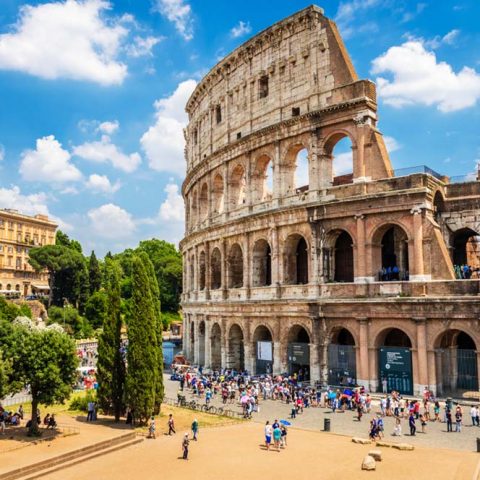
starting from 72 €
Guided tour of the Colosseum and the Roman Forum. An instructive and exciting journey in the center of ancient Rome, up to the visit of the largest...
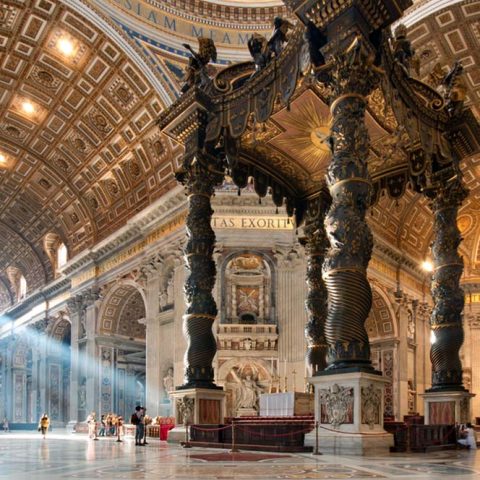
starting from 42 €
Guided tour of one of the wonders of the Italian Renaissance: St. Peter's Basilica in the Vatican.
The ArcheoRoma magazine
Insights from Rome
Uncategorized
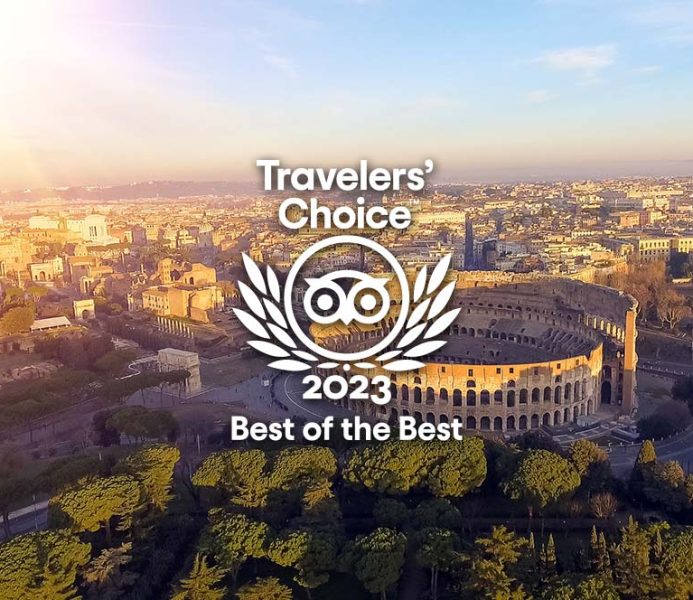
This year, Rome made a triumphant entry on the list, reaching the top spot as the world's food destination and the fourth place as the world's most...
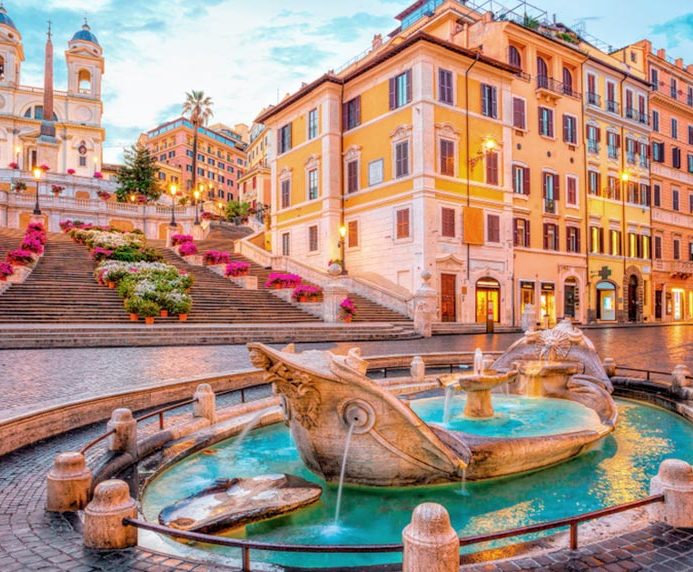
The fountains of Rome The Romans have been passionate enthusiasts of public water since ancient times and the countless fountains present in the...
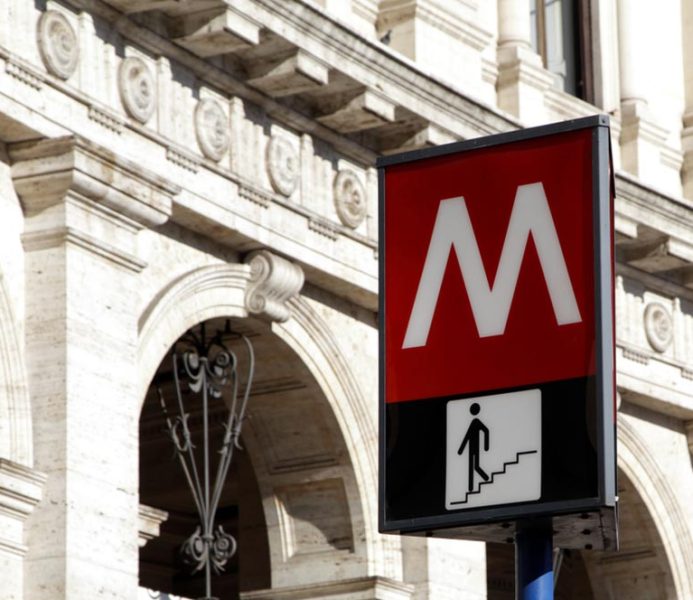
In order to move in the city of Rome there are many solutions provided by public transport that connect the different areas. To use buses, trams and...
Questo sito utilizza cookie tecnici e di profilazione. Proseguendo la navigazione acconsenti all'uso dei cookie. Maggiori informazioni . Accetto

© Cristina Gottardi

A heady mix of haunting ruins, awe-inspiring art and vibrant street life, Italy's hot-blooded capital is one of the world's most romantic and charismatic cities.
Best Time to Visit
Best things to do, leave the planning to a local expert.
Experience the real Rome. Let a local expert handle the planning for you.
Attractions
Must-see attractions.
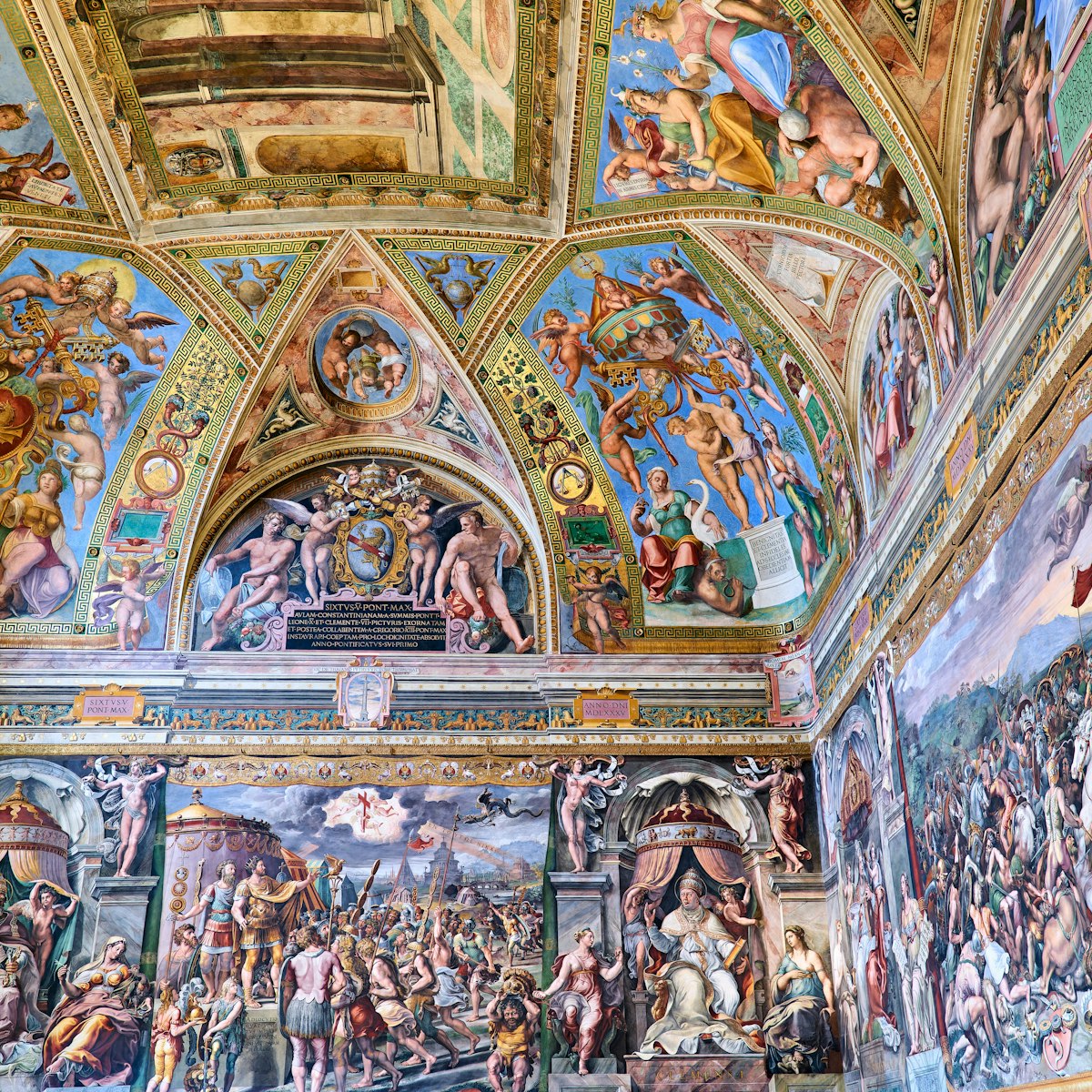
Vatican Museums
Vatican City, Borgo & Prati
Founded by Pope Julius II in the early 16th century and enlarged by successive pontiffs, the Vatican Museums boast one of the world's greatest art…
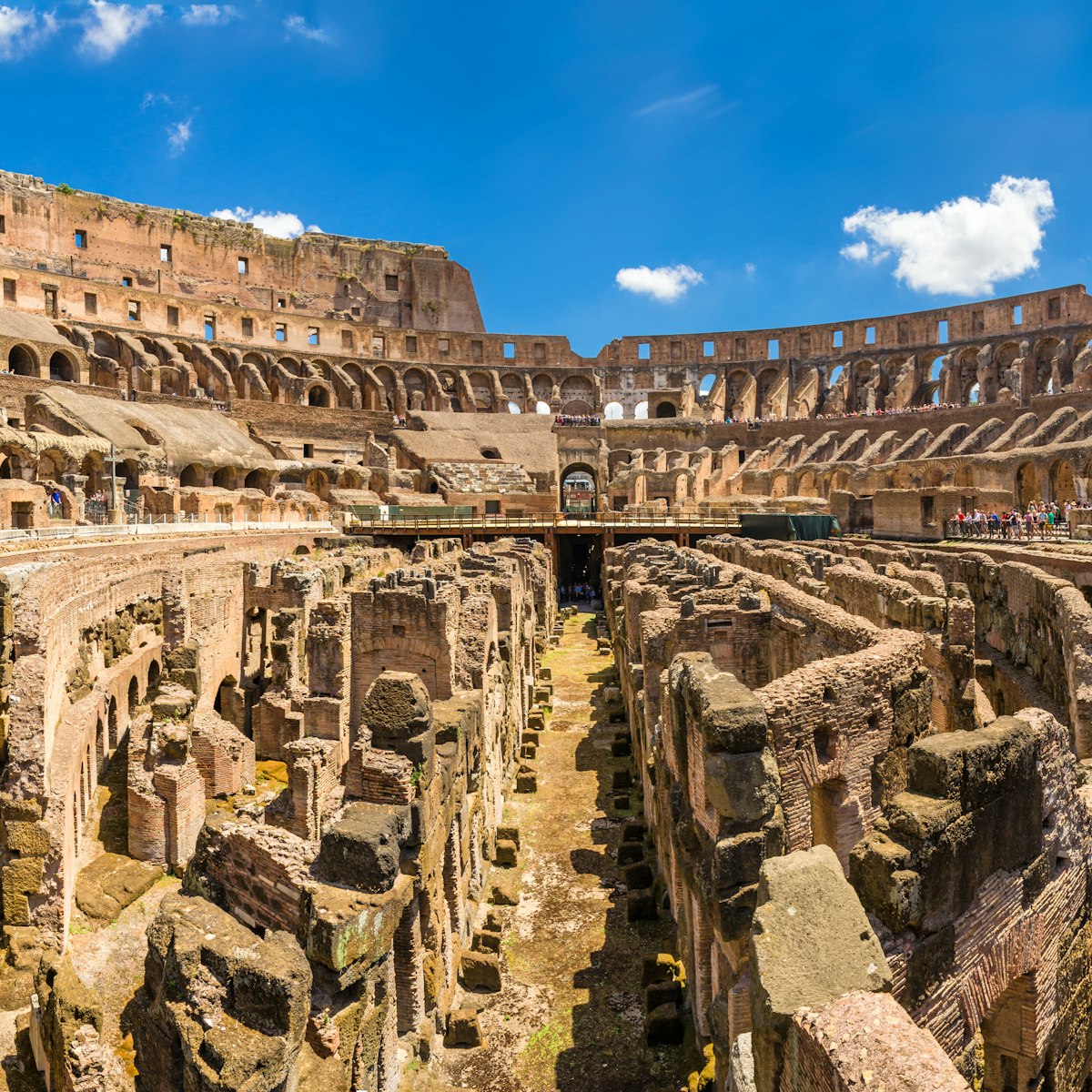
Ancient Rome
Everyone wants to see the Colosseum, and it doesn’t disappoint, especially if accompanied by tales of armored gladiators and hungry lions. More than any…
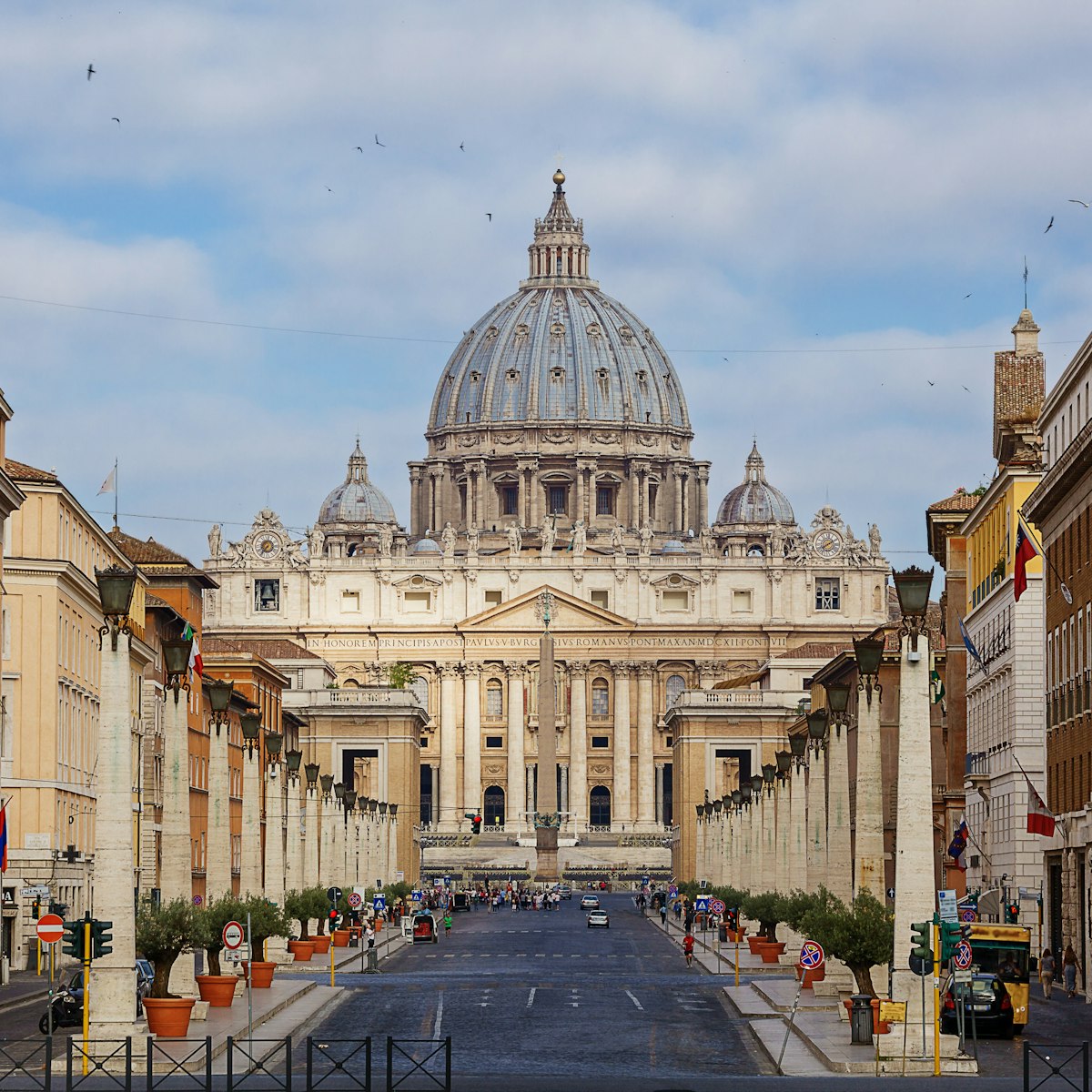
St Peter's Basilica
In the city of outstanding churches, none can hold a candle to St Peter's, Italy’s largest, richest and most spectacular basilica. Built atop a 4th…
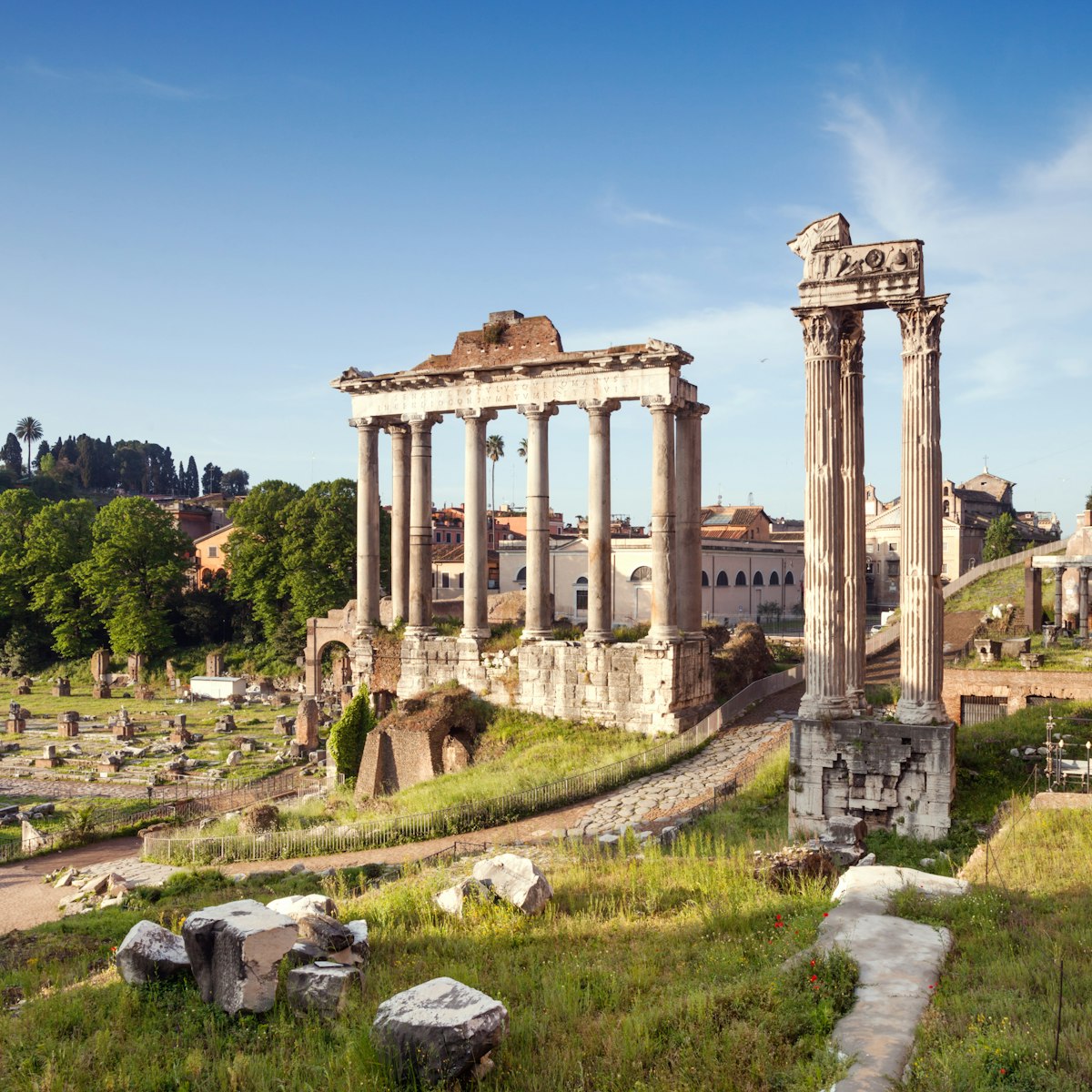
Roman Forum
An impressive – if rather confusing – sprawl of ruins, the Roman Forum was ancient Rome's showpiece center, a grandiose district of temples...

Sandwiched between the Roman Forum and the Circo Massimo, the Palatino (Palatine Hill) is one of Rome's most spectacular sights. It's a beautiful,…
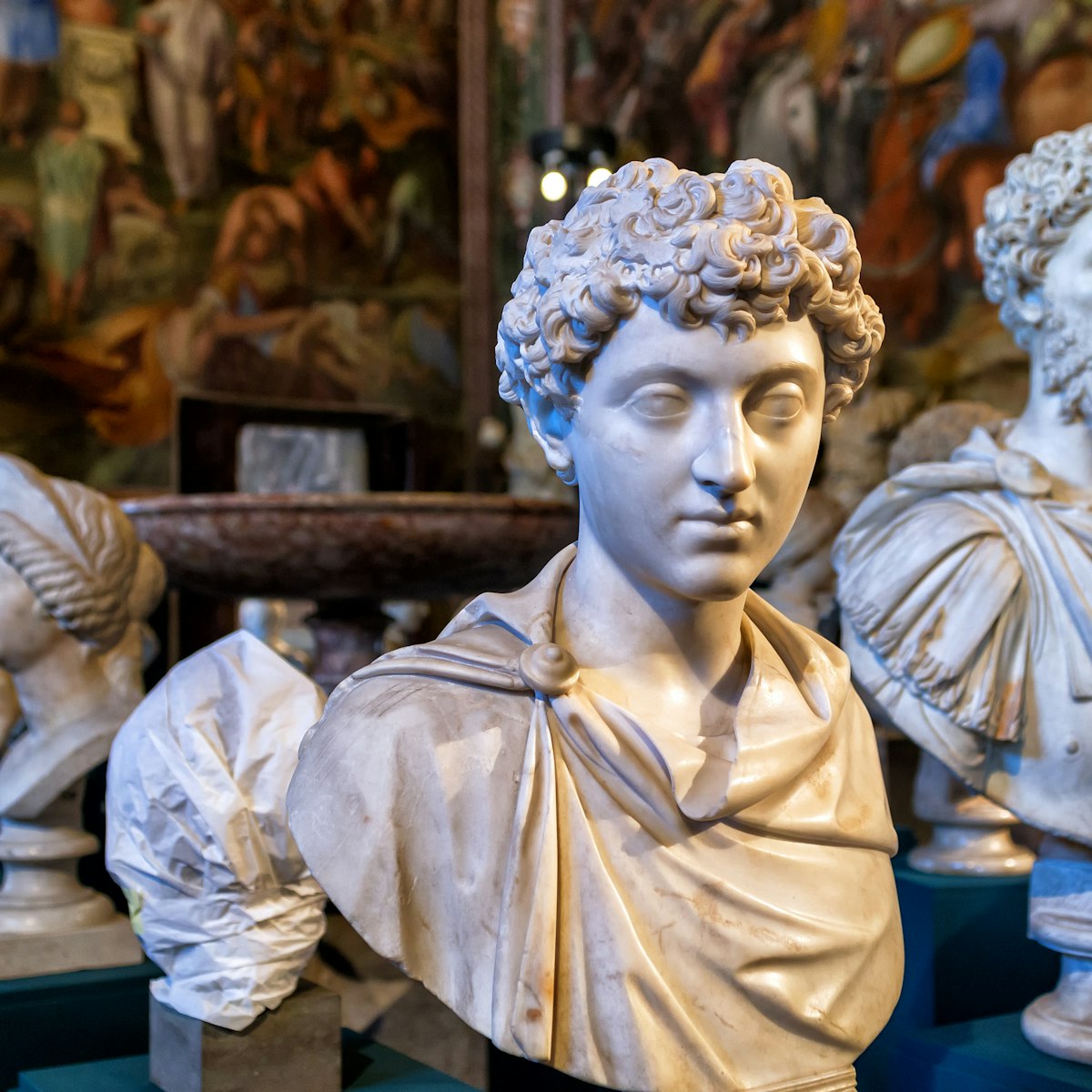
Capitoline Museums
Dating from 1471, the Capitoline Museums are the world's oldest public museums, with a fine collection of classical sculpture.
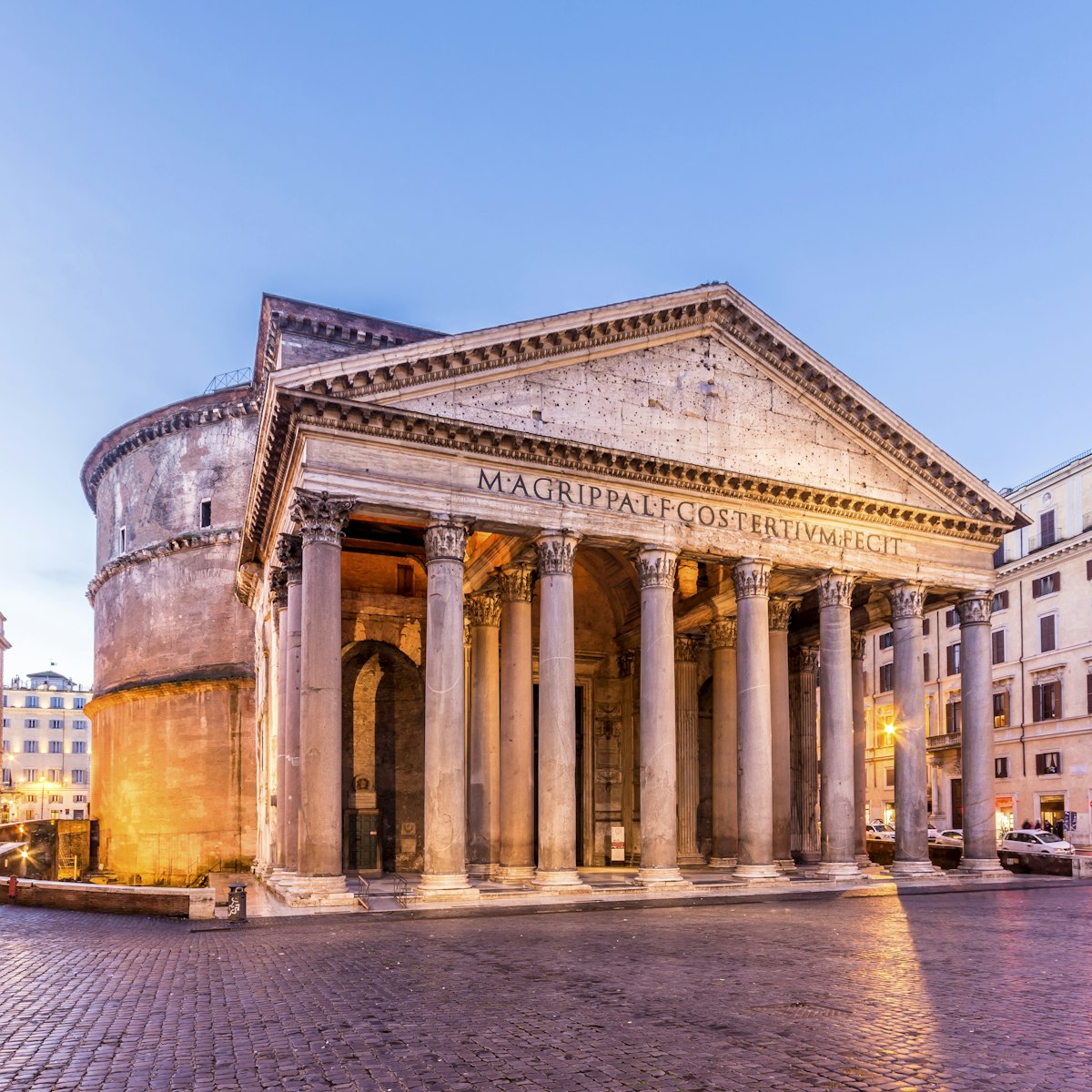
Centro Storico
With its revolutionary design, this awe-inspiring temple has served as an architectural blueprint for millennia.
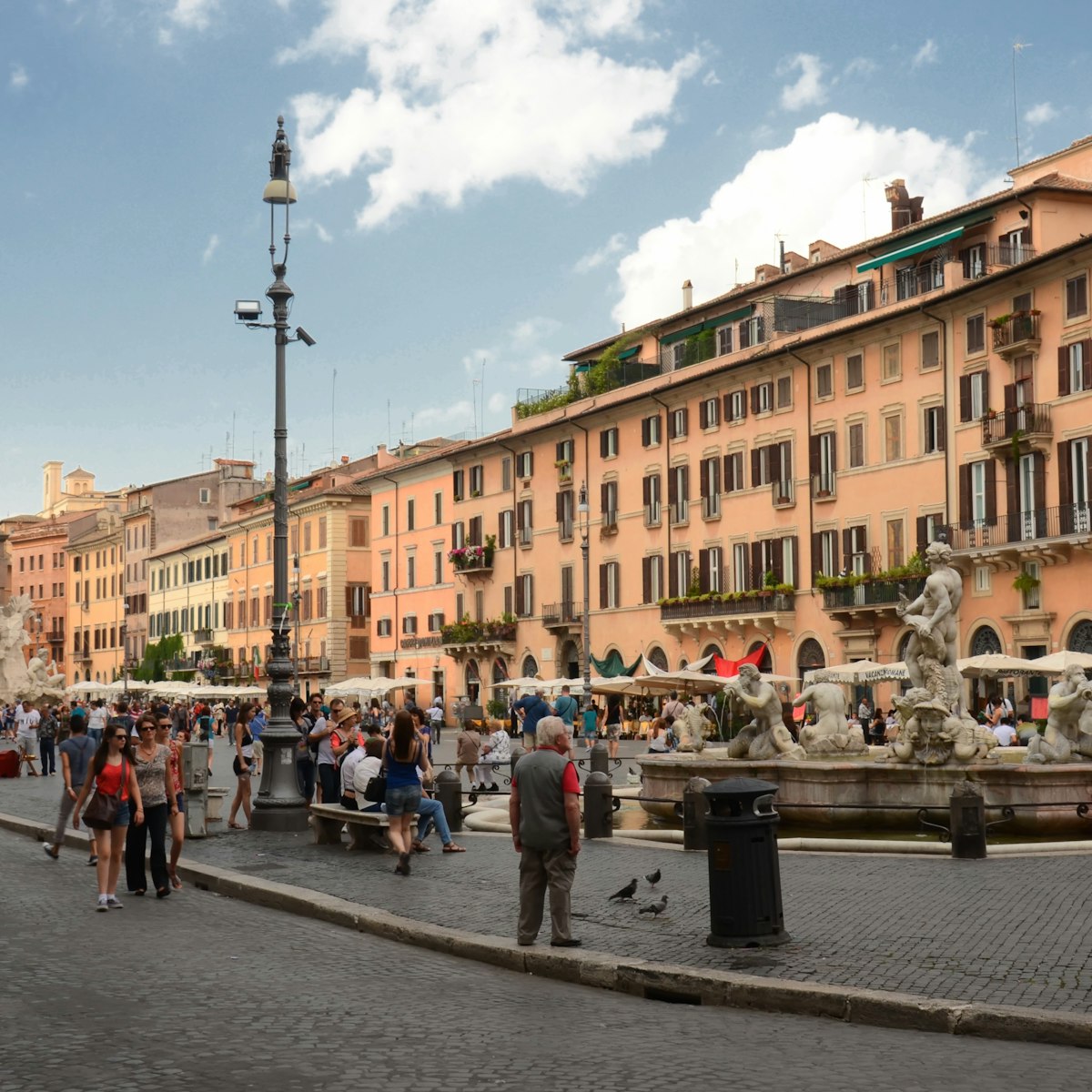
Piazza Navona
With its showy fountains, baroque palazzi and colorful cast of street artists, hawkers and tourists, Piazza Navona is central Rome’s elegant showcase…
Top picks from our travel experts
10 top things to do in rome in 2024.
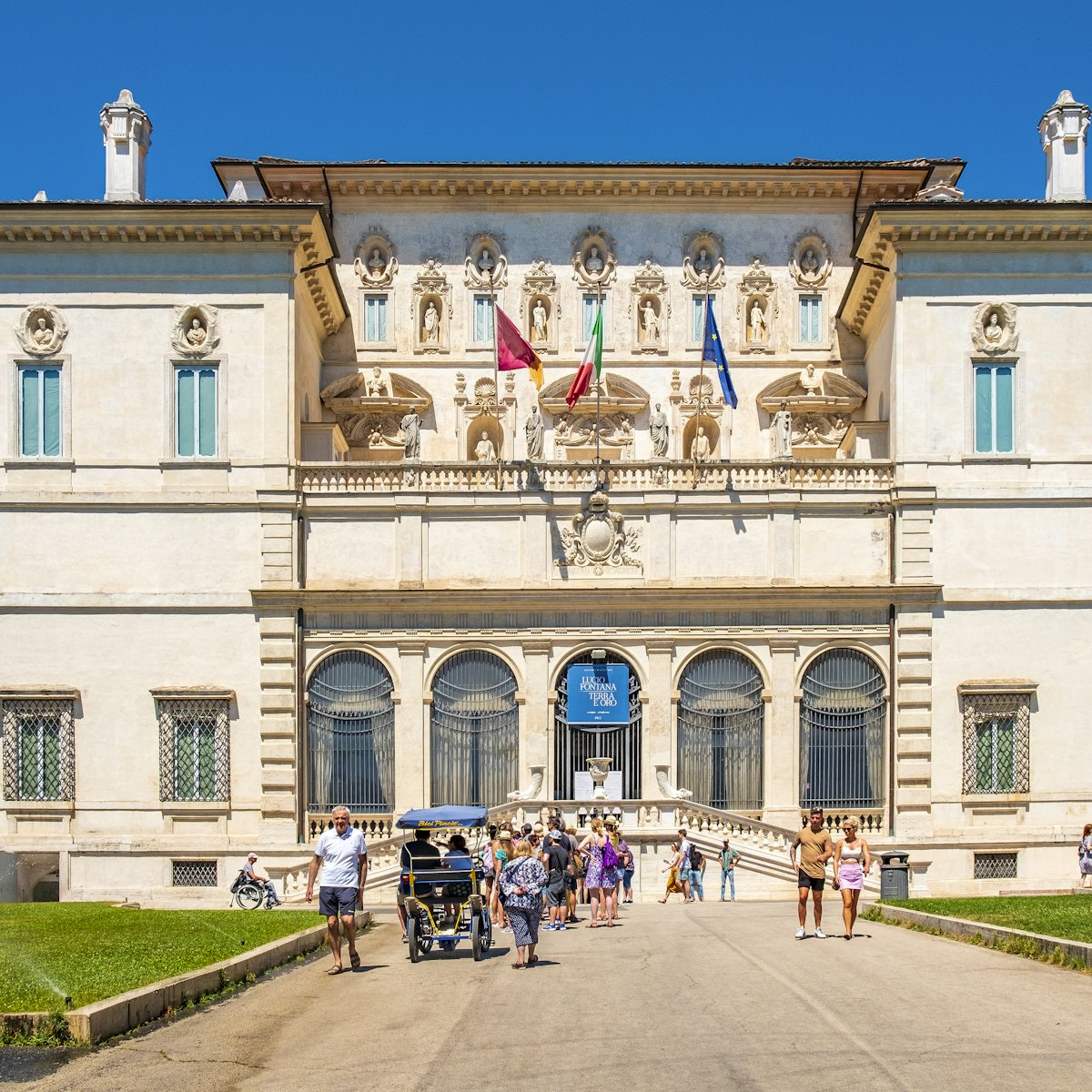
Museo e Galleria Borghese
If you only have time for one art gallery in Rome, make it the Museo e Galleria Borghese.

Circo Massimo
Now a huge basin of dusty grass, Circo Massimo was ancient Rome’s largest chariot racetrack, a 250,000-seater capable of holding up to a quarter of the…
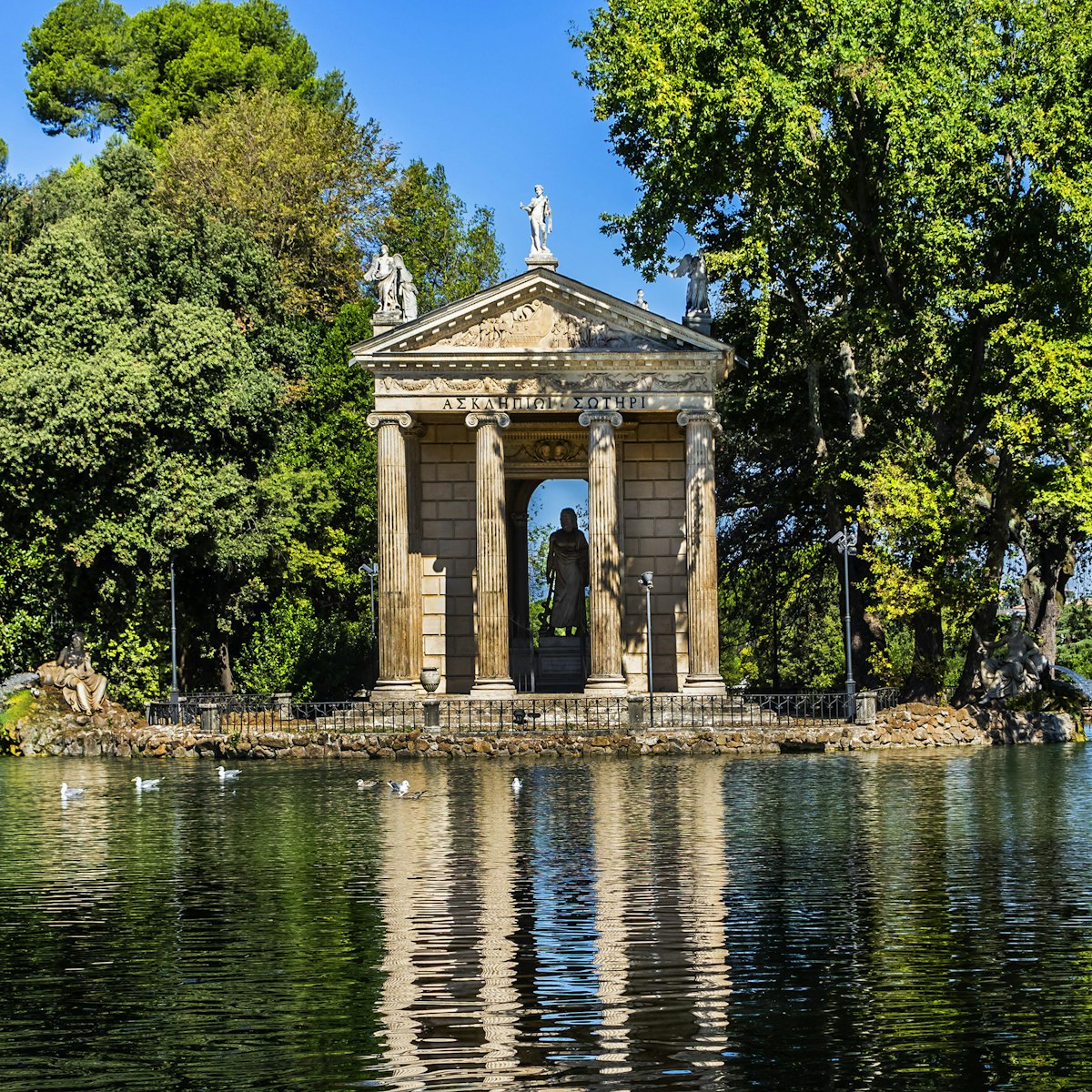
Villa Borghese
No one can resist the lure of Rome's most celebrated park, full of wooded glades, gardens and grassy banks.

Domus Aurea
Monti, Esquilino & San Lorenzo
Nero had his Domus Aurea constructed after the fire of AD 64 (which he is rumoured to have started to clear the area). Named after the gold that lined its…
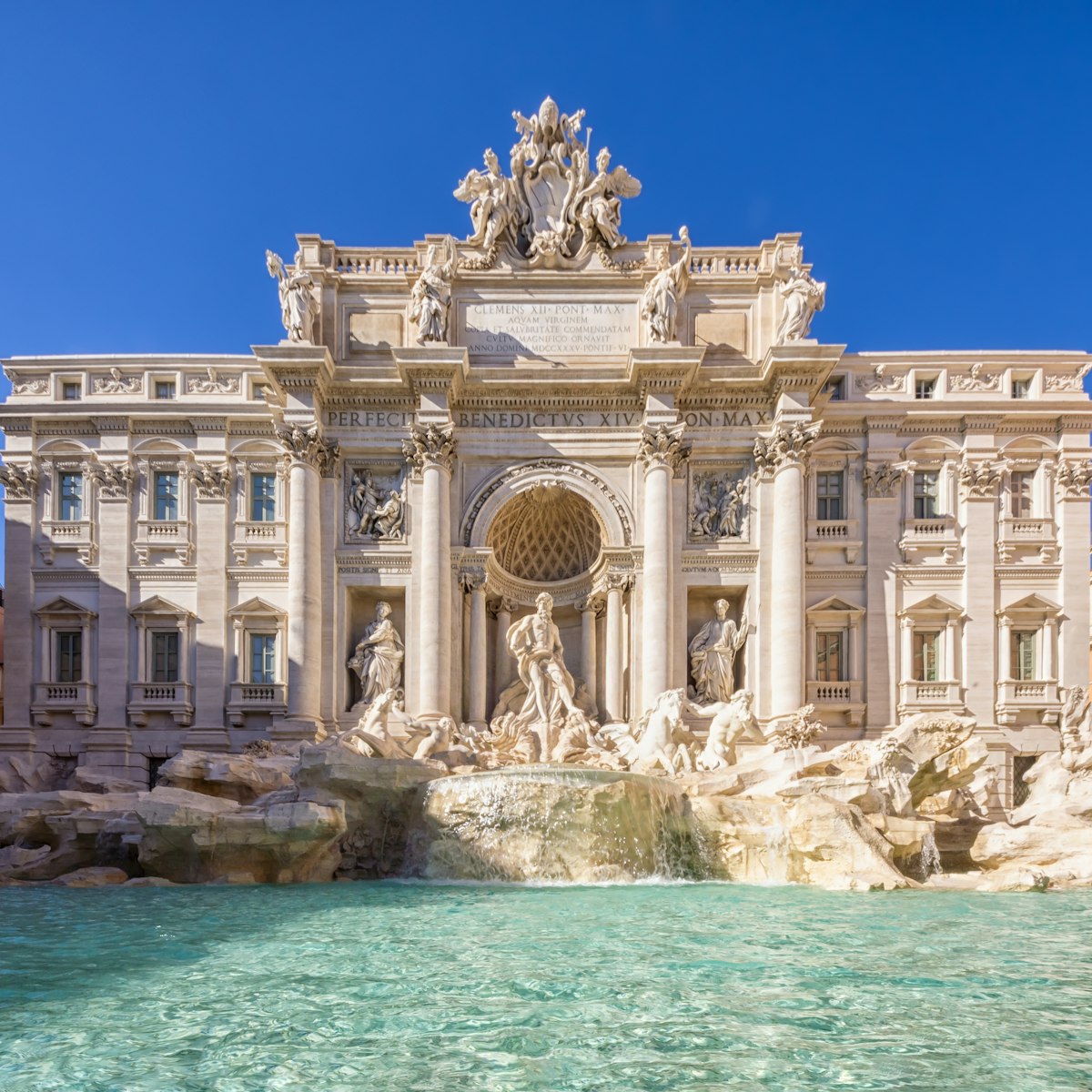
Trevi Fountain
Tridente, Trevi & the Quirinale
Don't miss a visit to Rome's iconic Fontana di Trevi, or Trevi Fountain.
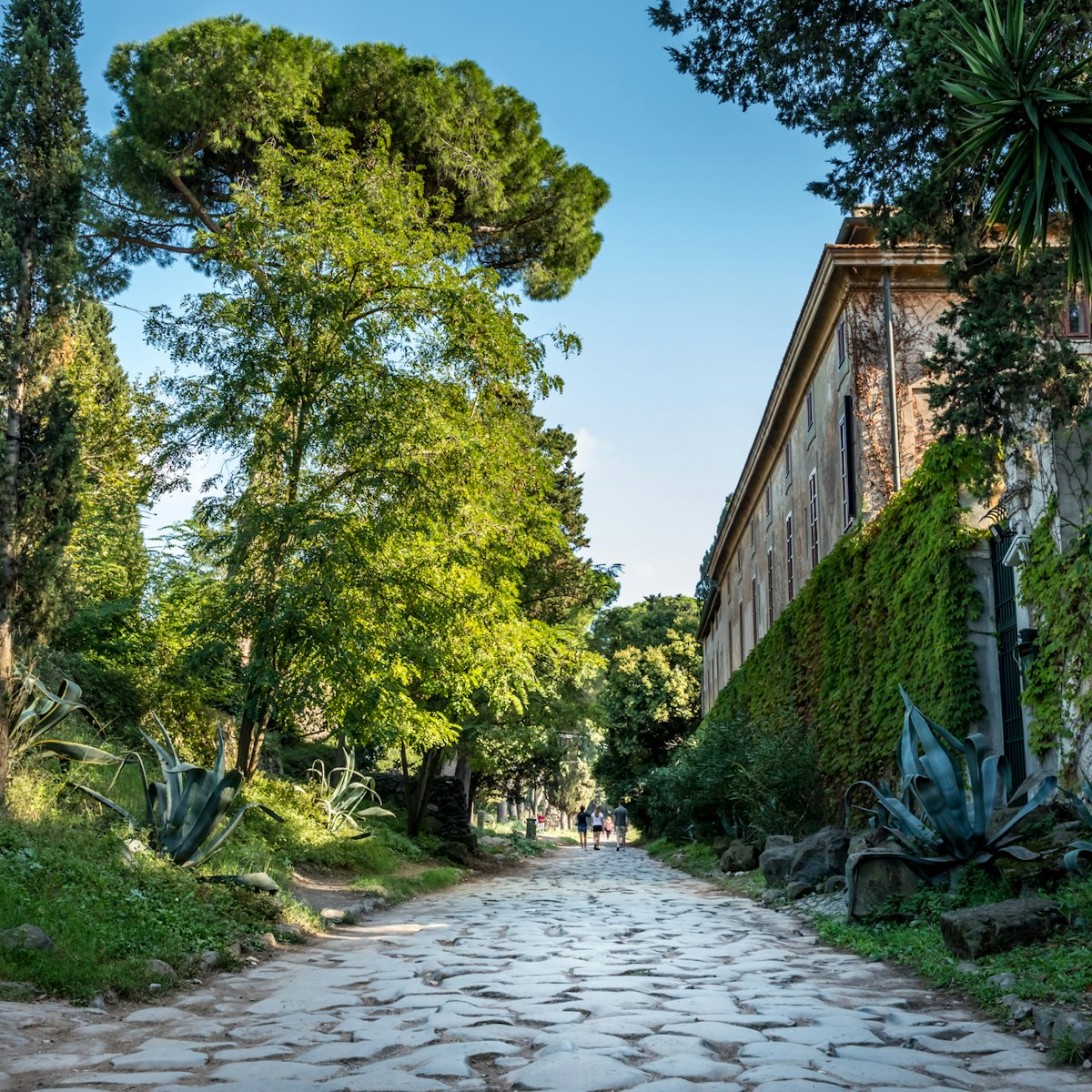
Via Appia Antica
Southern Rome
Via Appia Antica is a beautiful cobbled thoroughfare flanked by grassy fields, ancient Roman structures and towering pine trees.

Palazzo Colonna
The guided tours of this opulent palace are among the city's best, introducing visitors to the residence and art collection of the patrician Colonna…
24 free things to do in Rome
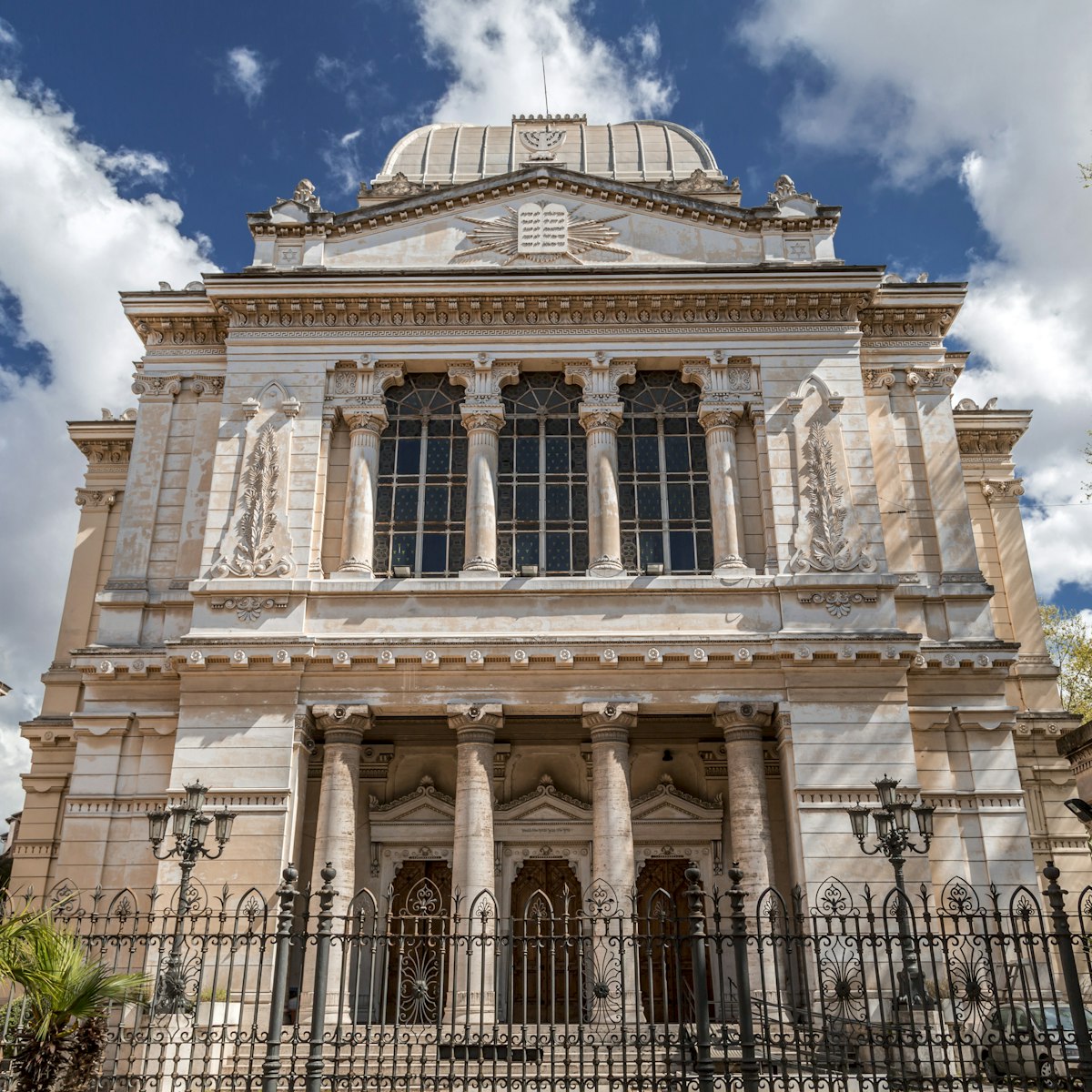
Jewish Ghetto
Visit the atmospheric Jewish Ghetto neighborhood for art studios, kosher food and Rome's main synagogue.

Piazza del Campidoglio
This hilltop piazza, designed by Michelangelo in 1538, is one of Rome's most beautiful squares. There are several approaches but the most dramatic is the…
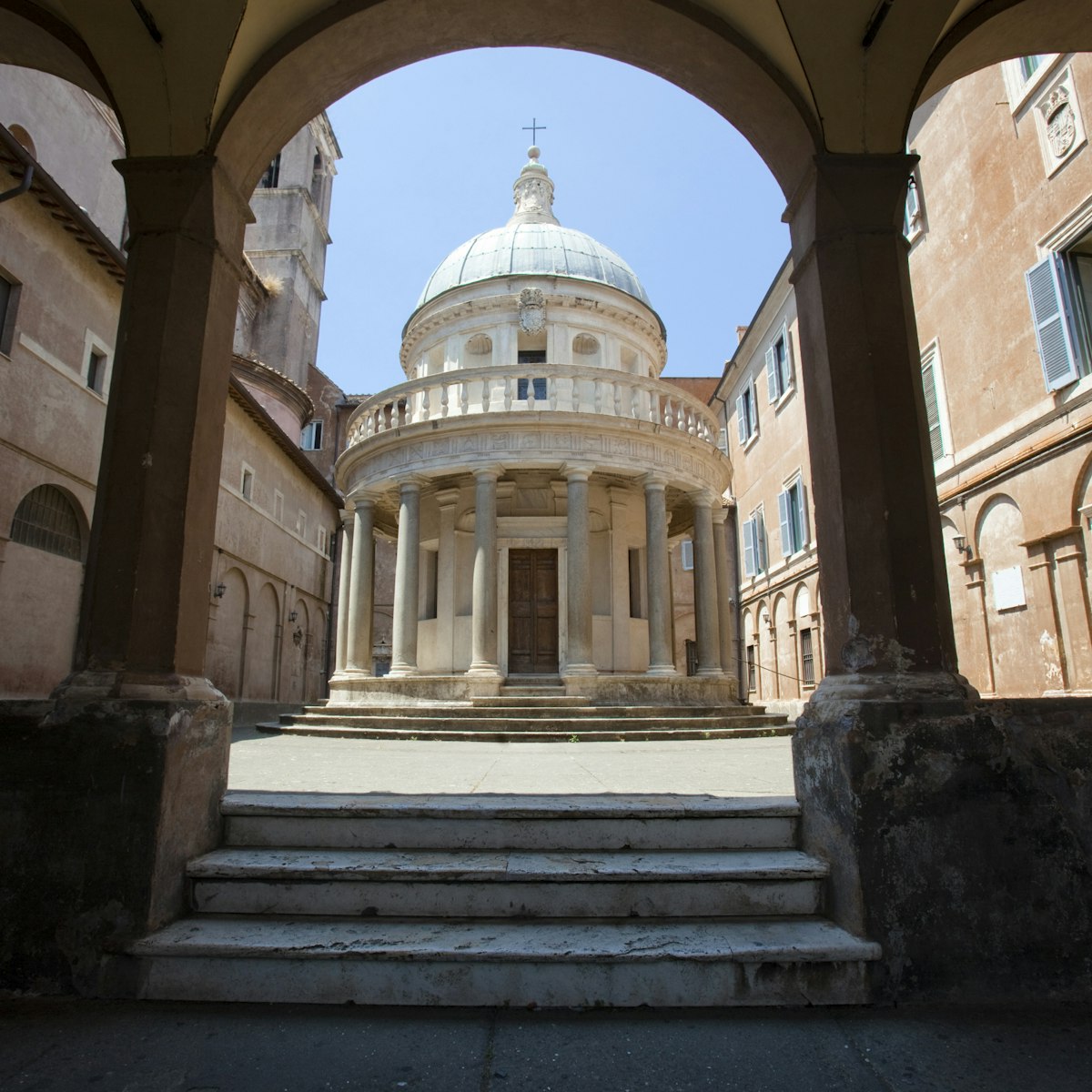
Tempietto di Bramante & Chiesa di San Pietro in Montorio
Trastevere & Gianicolo
Bramante’s sublime tempietto (Little Temple) is a perfect surprise in the courtyard of the Chiesa di San Pietro in Montorio.

Chiesa di San Luigi dei Francesi
This opulent baroque church is home to a celebrated trio of Caravaggio paintings.

Pincio Hill Gardens
One of Rome's best viewpoints, Pincio Hill is worth the climb.
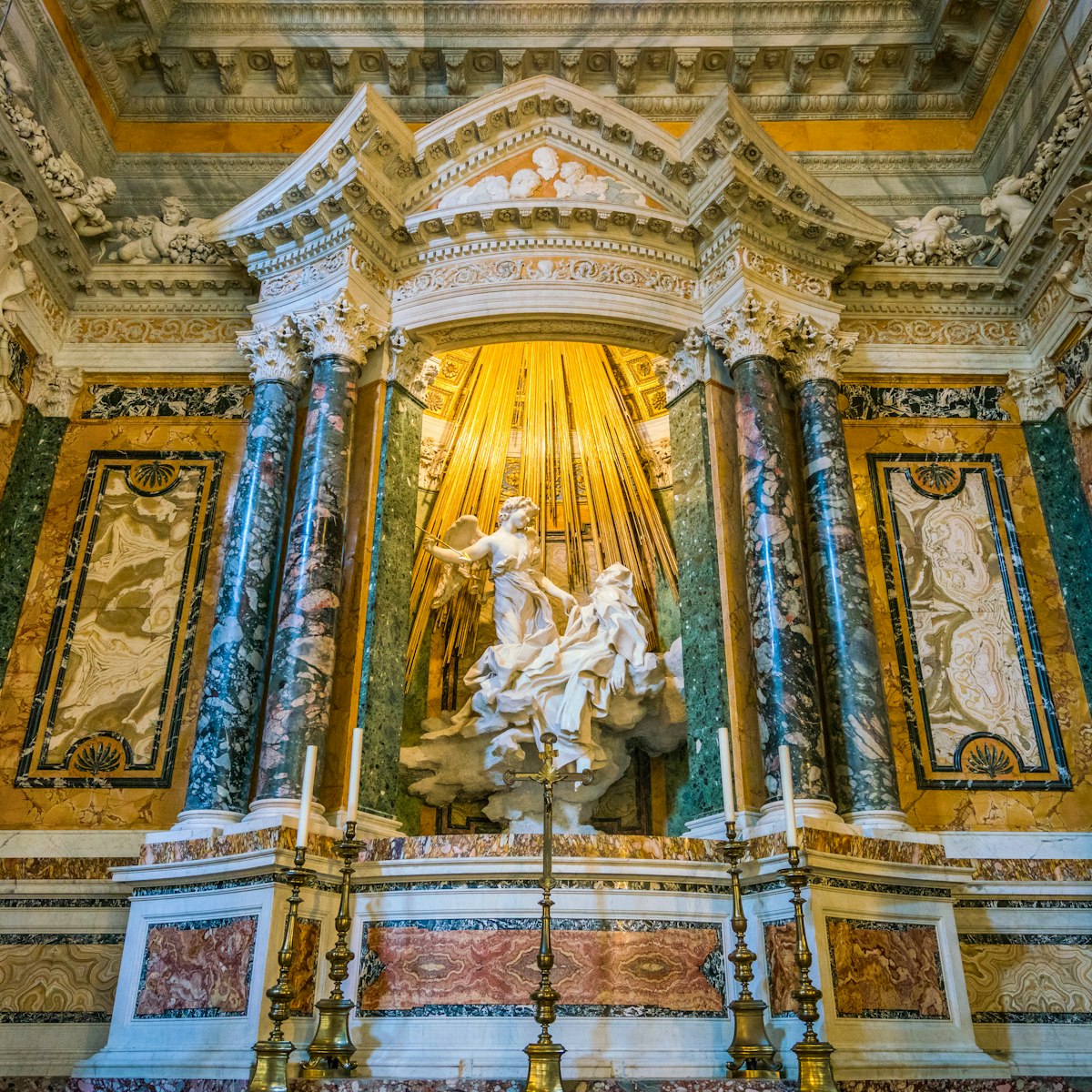
Chiesa di Santa Maria della Vittoria
This modest church is an unlikely setting for an extraordinary work of art – Bernini’s extravagant sculpture, the Ecstacy of St Teresa.
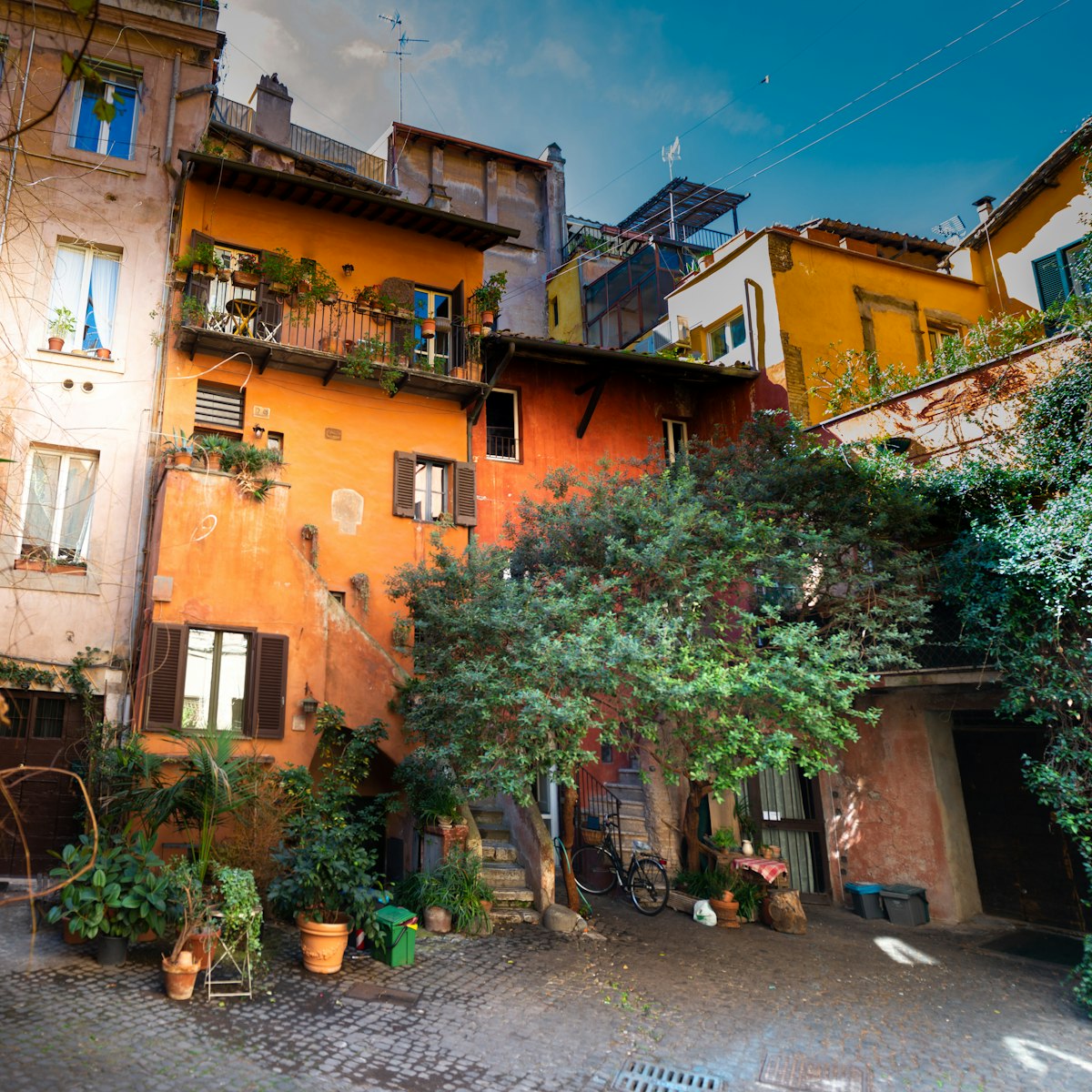
Arco degli Acetari
For one of Rome’s most picture-perfect scenes, head to this dark archway just off Campo de’ Fiori. The arch in itself isn’t especially memorable...

Giardino del Lago
Designed and laid out in the late 18th century, this leafy area is centred on a small, romantic lake where you can hire a rowing boat. The highlight,…
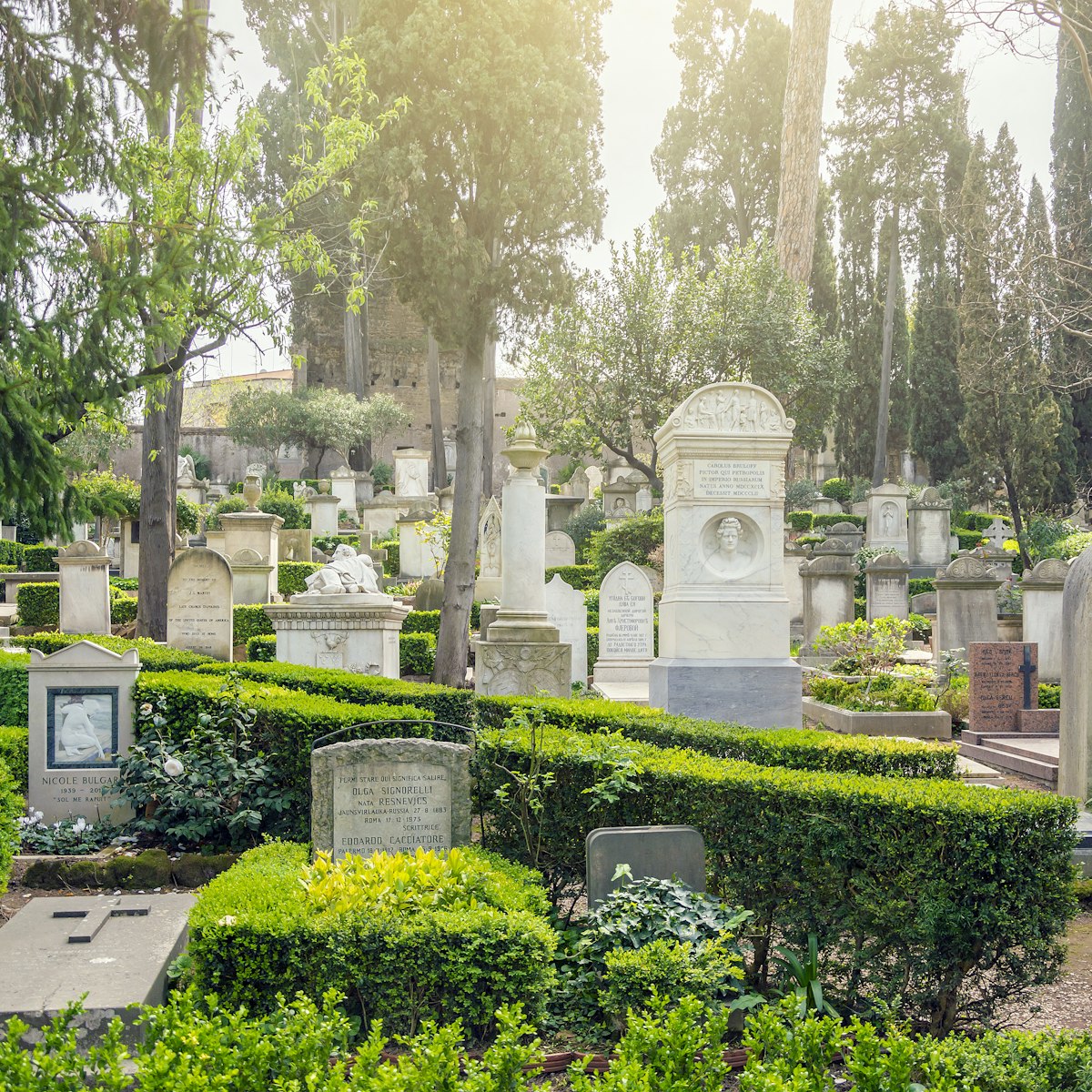
Cimitero Acattolico per gli Stranieri
San Giovanni & Testaccio
Despite the roads that surround it, Rome’s 'non-Catholic' cemetery is a verdant oasis of peace. An air of Grand Tour romance hangs over the site where up…
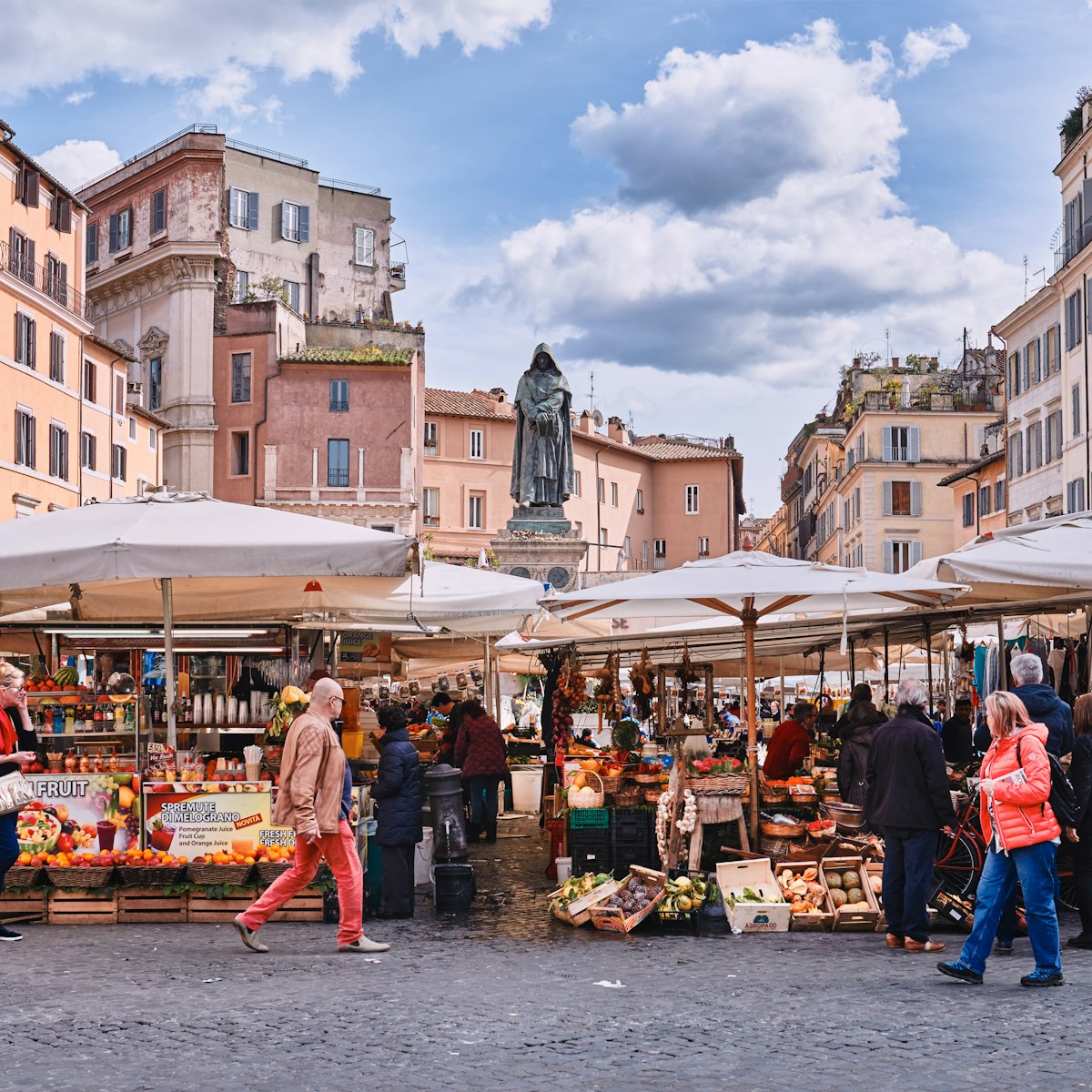
Campo de' Fiori
Il Campo is a major focus of Roman life: by day it hosts one of the city's best-known markets; by night, people come for its lively bars and restaurants.
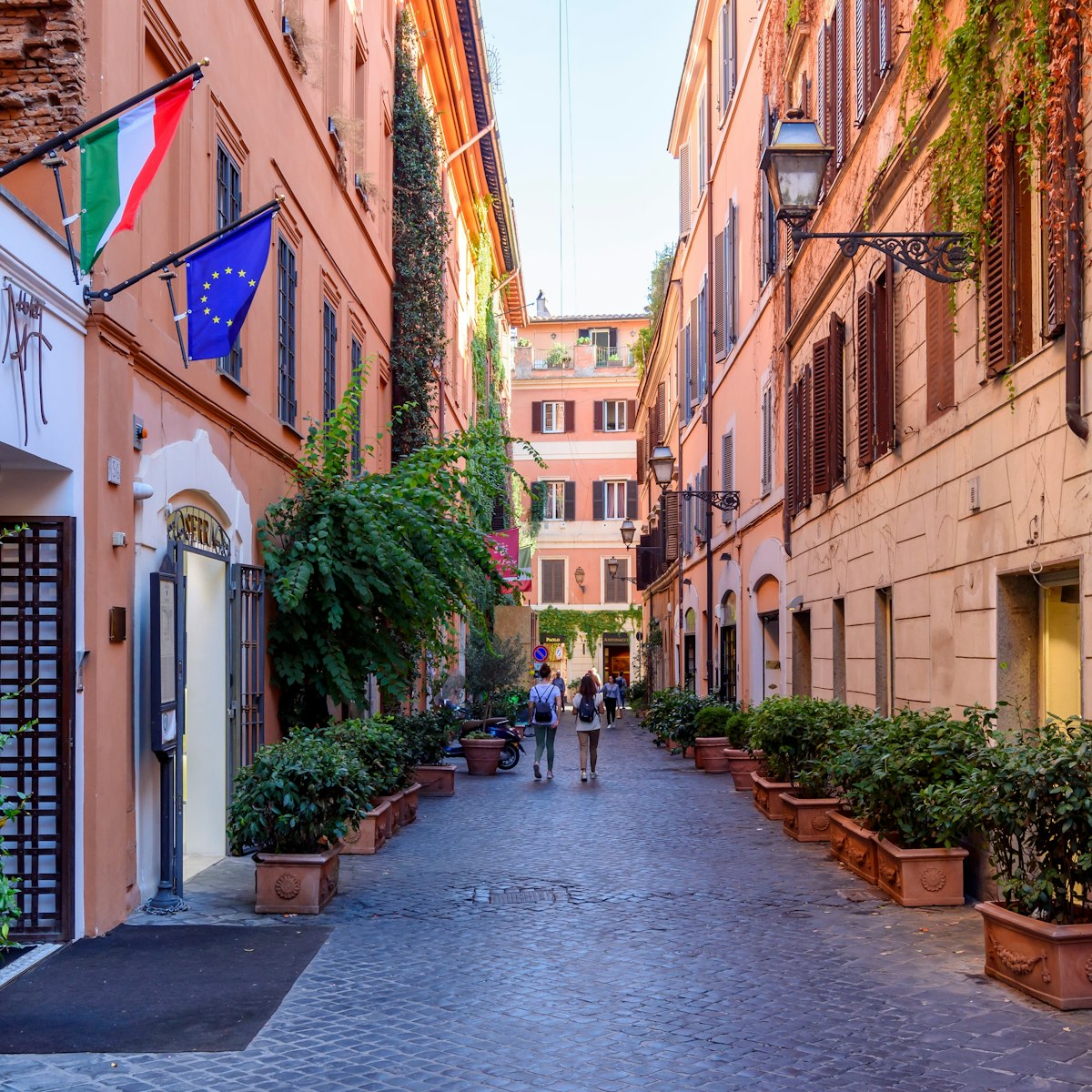
Via Margutta
Visit the antique shops, commercial art galleries and artisanal boutiques of Via Margutta, one of Rome's prettiest pedestrian cobbled lanes.
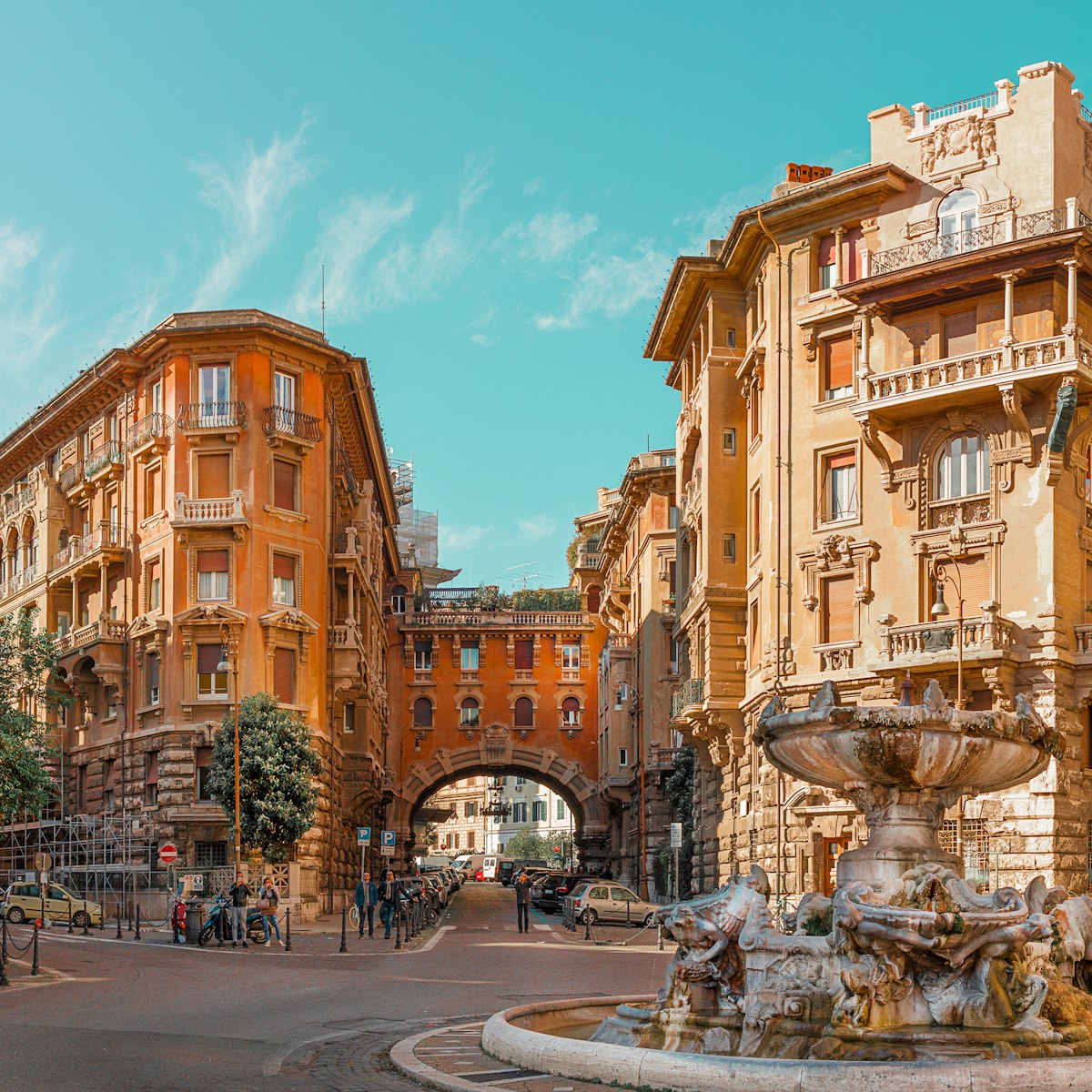
Quartiere Coppedè
The compact Quartiere Coppedè, centering around the magnificent Piazza Mincio, is one of Rome's most extraordinary neighbourhoods. Conceived and built by…
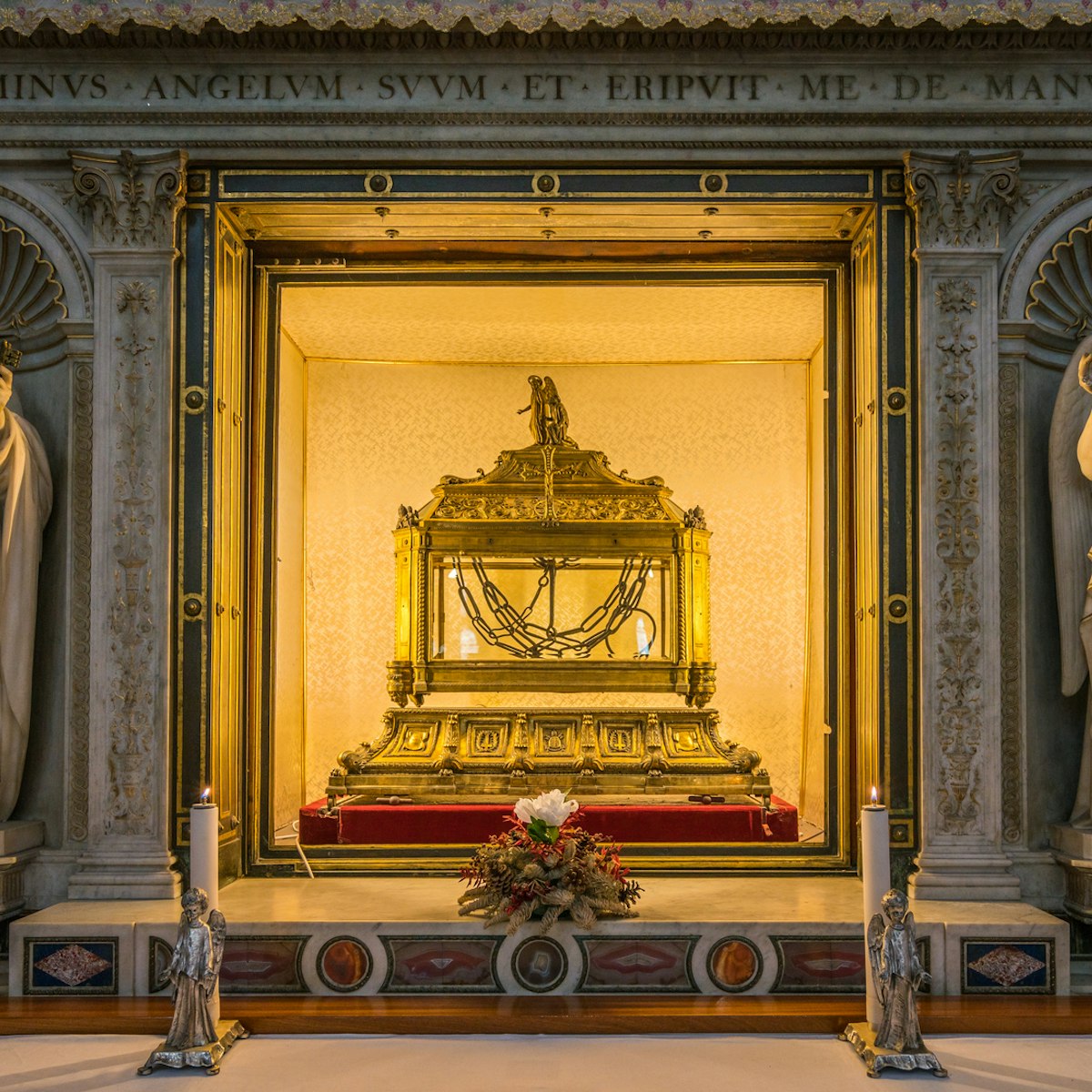
Basilica di San Pietro in Vincoli
This 5th-century basilica draws pilgrims and art lovers to marvel at its treasures.
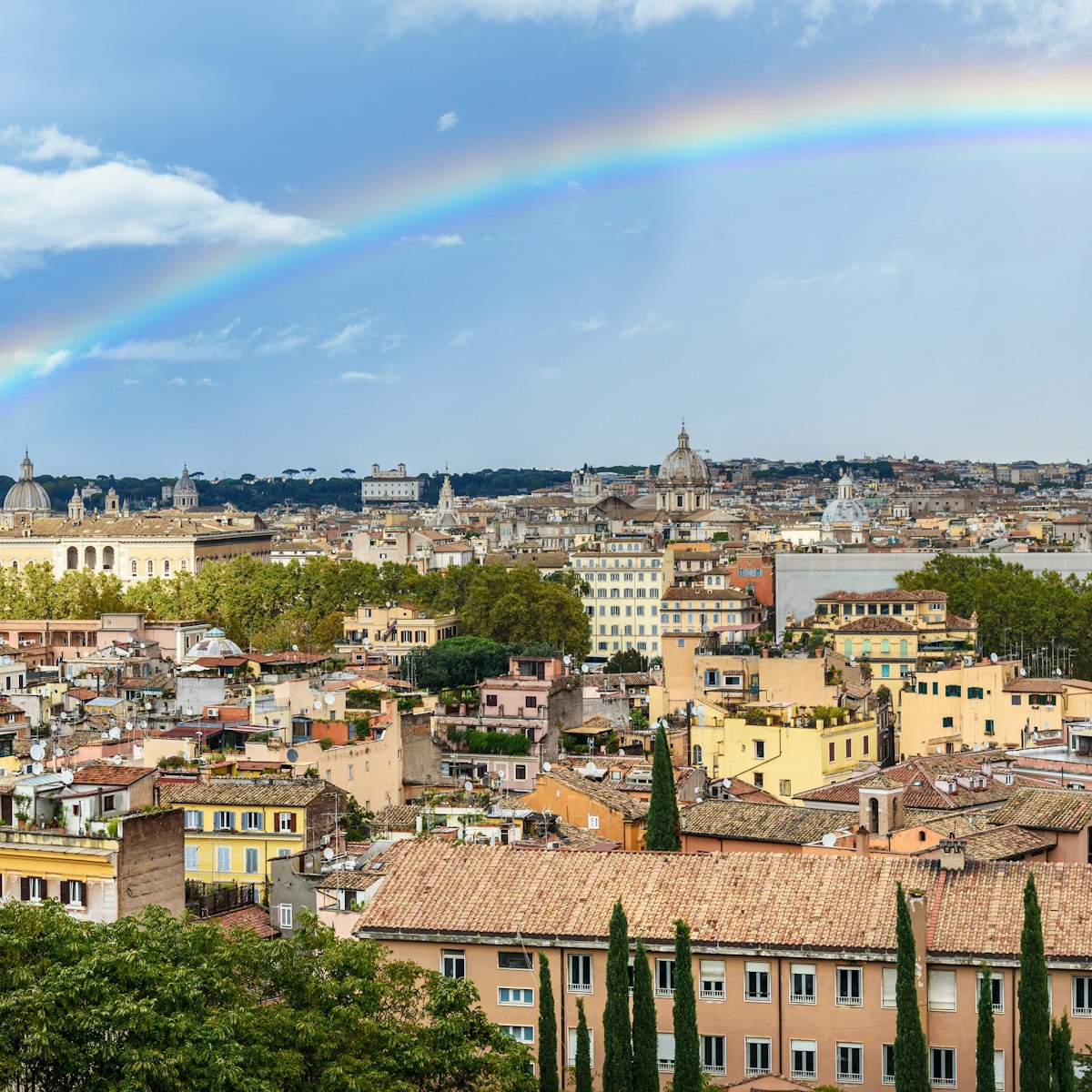
Explore monuments, fountains and gardens on the verdant hill of Gianicolo (or Janiculum).
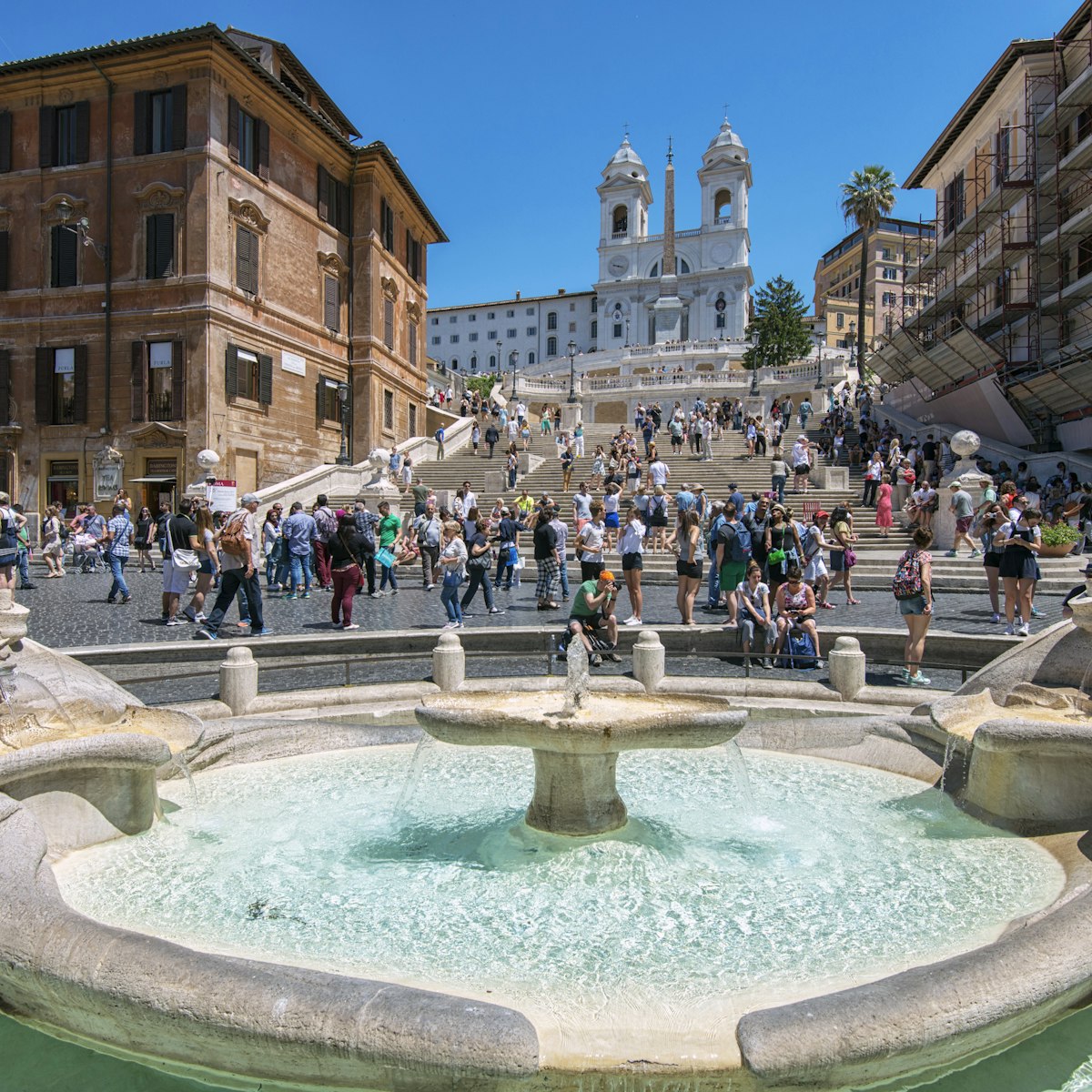
Piazza di Spagna & the Spanish Steps
The Spanish Steps are the perfect place for some people watching and great views over Rome.

Fontana dei Quattro Fiumi
Piazza Navona's flamboyant centrepiece, Gian Lorenzo Bernini’s Fontana dei Quattro Fiumi is an ornate, showy work. Completed in 1651, it features a…

The most dramatic approach to Piazza del Campidoglio is via this graceful staircase from Piazza d'Aracoeli. Designed by Michelangelo, it was built with…

Villa del Priorato di Malta
Fronting an ornate cypress-shaded piazza, the Roman headquarters of the Sovereign Order of Malta, aka the Cavalieri di Malta (Knights of Malta), boasts…

Chiesa della Trinità dei Monti
Sitting in majesty above the Spanish Steps, this landmark church was commissioned by King Louis XII of France and consecrated in 1585. Apart from the…

Imperial Forums
The forums of Trajan, Augustus, Nerva and Caesar are known collectively as the Imperial Forums. They were largely buried when Mussolini bulldozed Via dei…
Planning Tools
Expert guidance to help you plan your trip.
Things to Know
Rome is a sensory overload in the best way but that can also make it overwhelming for first-time visitors. Here's what you need to know before you go.
Best Neighborhoods
A trip to Rome is as much about lapping up the dolce vita lifestyle as gorging on art and culture. Here's a look at the city's top neighborhoods.
From Rome's surrounding Lazio region to Florence, Naples and Pompeii, amazing sights are all within day-trip range of Italy’s capital.
Money and Costs
There’s no need for the Eternal City to leave you eternally broke. The city offers myriad ways to visit in style while saving money.
Transportation
Find your way around in Rome with this guide to transportation and tickets.
Free Things to Do
Visiting Rome on a budget? These are the best free experiences in Italy's capital city.
Traveling with Kids
From the Colosseum to the catacombs, and sprawling parks to virtual time travel, Rome promises a memorable trip for the whole family.
Discover architectural jewelry, local design, vintage finds, and tiny treasures in Rome's independent shops and markets.
Plan with a local
Experience the real Italy
Let a local expert craft your dream trip.

Latest stories from Rome
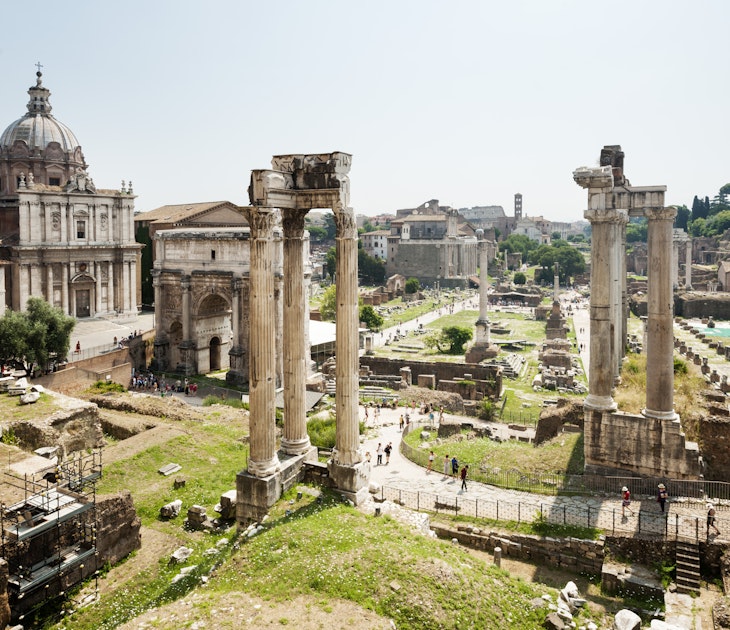
Apr 19, 2024 • 4 min read
A new walkway will make it easier to navigate Rome's ancient sites. But what does it mean for the locals?
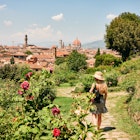
Mar 27, 2024 • 5 min read

Mar 15, 2024 • 10 min read
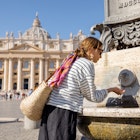
Feb 29, 2024 • 13 min read

Feb 27, 2024 • 9 min read
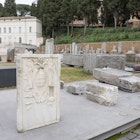
Jan 15, 2024 • 3 min read
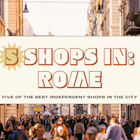
Jan 3, 2024 • 4 min read

Dec 13, 2023 • 10 min read
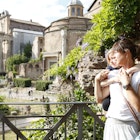
Oct 18, 2023 • 9 min read
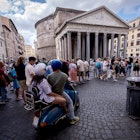
Jul 7, 2023 • 2 min read
in partnership with getyourguide
Book popular activities in Rome
Purchase our award-winning guidebooks.
Get to the heart of Rome with one of our in-depth, award-winning guidebooks, covering maps, itineraries, and expert guidance.
Rome and beyond
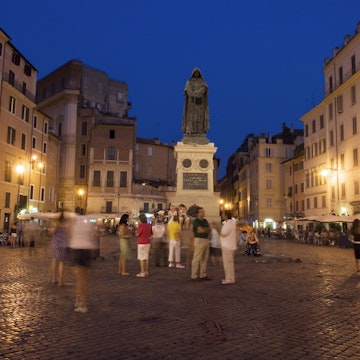

Rome: History, Culture, Tourism & More Interesting Facts
Home » Rome: History, Culture, Tourism & More Interesting Facts

Table of Contents
What is Rome?
All roads lead to Rome! That was true during the Roman empire when literally all roads radiated out and toward the capital of the Ancient World. The Eternal City is much more than history and incredible architecture and sights, savory food, and art. It’s a combination of all, sprinkled with a touch of that Dolce far niente and la dolce vita lifestyle! And Italians do know how to enjoy life!
Nowadays, one of the most touristic and visited cities in the world Rome was the center of enlightenment and art as well as the capital of Western Christianity. So let’s discover the city with Framey’s guide Rome: History, Culture, Tourism, and More Interesting Facts.
What is Rome known for?
You can not say Rome without thinking of the capital of the Roman Empire, and what remains from it. All across the 7 seven hills you will discover wonders and be walking through history: the Colosseum, Vatican City, Trevi Fountain, the Roman Forum, Michelangelo, Via Appia, the Spanish Steps, the Catacombs and let’s not forget Villa Borghese.

This is but a drop of all the wonders you can uncover! What you need to know about Rome: history, culture, tourism, and more interesting facts:
There is much to say about one of the most ancient and history-infused capital in the world. So let’s get into it.
Rome’s mythology legend sits at the basis of Rome’s etymology and it is about the twin brothers Remus and Romulus.
Set in a political plot, the twins, as potential heirs, were supposed to be left to die on the Tiber’s river banks. Cared by others and the famous She-Wolf (the Capitoline Wolf) they survived and after restoring their grandfather’s throne they decide to build a city of their own in the area of the 7 hills.

Disputing the location, Romulus preferred the Palatine Hill while Remus Aventine, which resulted in conflict and the death of Remus, thus Romulus became the first king of Rome in 753 B.C, and the founded city took its name after the founder, Romulus.
History of Rome
Rome wasn’t built in a day! And a walk through Rome will prove that. You need a very good and long history book to cover all that is to say or know about the history of Rome. For sure the names of Cesar, Trajan, Hadrian, or Marcus Aurelius ring a bell for anybody. Mussolini, as well.
For more than a millennium, Rome was the center of all ancient European civilization and not only European.
But Middle Ages came along with the dissolution of the Roman Empire and once a military, economic, and political force, Rome fell into pieces.

But since Rome was not just the force, but also the builder, the teacher, and the law that power survived through centuries and was reborn as a place of learning, beauty, and the capital of Arts.
With the growing power of Christianity and Popes, Rome also grew back its power and wealth, although power struggles often happened between politics and religion, between Vatican and Rome itself.
Let’s first state that Italy is a Republic and that Rome is the capital of Italy. Rome also is the place where the Italian Government sits.
All official residences of the President of the Italian Republic and Prime Minister as well as the seats of both houses of the Italian Parliament and the Italian Constitutional Court can be found in the historic center of Rome.
In such a historic city it is no wonder that all other ministries are spread out around the city, keeping up with the ancient tradition of Roman politics.

A bit of Geography
Italy’s capital, Rome, is located in central Italy in the Lazio region. Ancient Rome was settled on a defensible area, on the 7 hills: Palatine Hill, Capitoline, Quirinal, Viminal, the Esquiline, the Caelian, and Aventine.
It is settled on the banks of the river Tiber. In modern times, the capital has yet another river crossing, The Aniene, that joins the Tiber. Altitude ranges in Rome from 13 m at the base of the Pantheon, rising to 139 m at the peak of Monte Mario.
Closely related to the previous chapter, Rome’s climate has a Mediterranean climate. This means that summer is both hot and dry. Those days are often cooled down a bit in the afternoons by the Ponentino. Ponentino is a Tyrrhenian Sea wind that sweeps in Rome from the Western part.
Spring and autumn are the rainy seasons in Rome while winter comes along with mild and humid weather. Frost and snow might also occur. And during winter, there is a Tramontana wind, blowing from the Northern parts of Italy.
Administration and society
A bit about how society and administration are in Rome. Administration-wise, Rome is a “comune speciale,” named Roma Capitale. A comune is a local third-level administrative division of Italy, after regions and provinces. It can also be named “città”, meaning city. Rome is governed by the mayor and the city council.
Palazzo Senatorio on Capitoline Hill is where the comune is seated. As for the local administration, it takes its name, Campidoglio, after the name of the hill where it is located.
Starting 2015 Rome is also the biggest town in the Metropolitan City of Rome. The Metropolitan City, which is the largest in Italy, extends further until Civitavecchia.
Demographics
Over time, Rome has evolved into a cosmopolitan city known for its architecture, gourmet food, and breathtaking landscapes, which is probably why one of the largest and finest cities in Europe.
According to World Statistical Data, Rome’s population reached 2.318.895, making it the most populated city in Italy and the 7th most populated in Europe. But the entire Metropolitan area has a population of more than 4 million, 4.295.508 to be precise (March 2022). This also makes Rome’s Metropolitan area the most populated in Italy.
While most of Rome’s population is Italian, about 9.5% are non-Italian. Half of them are Eastern Europeans from Romania, Polish or Ukrainian, while the other half are non-Europeans.
Architecture
To be fair, every architectural monument would deserve an in-depth description but it would take a while to just name them all.
Rome, the two-and-a-half-millennium-old city developed greatly in Ancient times. It is no wonder that you can find Ancient Roman mixed with modern and contemporary architecture.

Architecture and archaeology are so intertwined in Rome that the entire historic district is a World Heritage Site since 1980. And more than 25.000 archaeological sites and locations are included.
Rome was once an epicenter of all architecture, progress, and engineering endeavors. Roman classical architecture gave the world the arch, the dome, and the vault.
The 11th through 13th centuries gave us the Romanesque style that was also widely used in Roman architecture. Rome was also one of the main centers of Renaissance and Baroque architecture.
Modern times infused Rome’s architecture with Neoclassical style and even Fascist style.
The first thing you might note about Rome’s economy is the fact that it lacks heavy industry, and it is mostly services.
This includes high-tech companies (IT, aerospace, defense, telecommunications), research, construction, and commercial activities, especially banking. Tourism plays a huge role and it is extremely important to the economy. Television and the movie industries are also important parts of the economy, thanks to the Cinecittà studios that have been on the market since the 1930s.
The city is also a center for finance, banking, and insurance as well as electronics, energy, transport, and aerospace industries. Also, a great number of international companies have headquarters in Rome’s biggest business districts: the Esposizione Universale Roma, the Torrino, the Magliana, etc.
Rome has always been a major worldwide intellectual and educational center. This is especially visible throughout the Ancient Rome period as well as the Renaissance.
Nowadays, Rome is still retaining its nationwide and international status as a center for higher education. It includes academies, colleges, and universities. Its first university, La Sapienza was founded in 1303. It is one of the largest in the world, with more than 140.000 students. Closely related to higher education we have Rome’s libraries. Amongst them, Biblioteca Angelica was opened in 1604, being the very first public library in the whole of Italy.
We can not say library without mentioning the Vatican Library, one of the oldest and most important libraries in the world. The library was established in 1475, although it is in fact much older. It is known to hold more than 1.1 million printed books.
Culture and education have always been at the heart of Roman life. Music, cinema, art, and fashion, all play and mix in the life of the city.
Regarding music history, we have to mention the most famous composer of the Roman School Giovanni Pierluigi da Palestrina. Rome also houses several prestigious music conservatories, theaters, and an opera house, the Teatro dell’Opera di Roma, as well as several other smaller musical institutions.
The years 1960 and 1970 brought Rome the vibe of a “new Hollywood”. Via Vittorio Veneto had transformed into a glamour place where you could meet famous people, actors, directors, etc.
Although Rome is not quite Milan, when it comes to fashion Rome is also recognized as one of the 4 fashion centers in the world, after Milan, New York, and Paris. The upscale Via dei Condotti is the home of most major luxury houses, jewelry, and boutiques such as Valentino, Bulgari, Fendi, Armani, and Versace.
Film and Cinema: Rome hosts the largest film and television production facility in Europe, the Cinecittà Studios. Cinecittà is the only studio with complete pre-production, production, and full post-production facilities on one lot. You can get all from a script to a finished film in the same spot.
Everybody loves Italian cuisine! French cuisine might be considered top but Italian cuisine is the most popular in the world. Who can say anything bad about pizza, pasta, and gelato?

Looking back at Rome’s cuisine we can also say that it has evolved through centuries and changed accordingly. Veal and lamb is a popular course, usually with vegetables aside. Artichokes and gnocchi are other popular choices but I would have to say that the most appreciated dish is the famous and delicious “spaghetti alla carbonara”!
The Italian capital is also famous for its ancient roman paved roads one of the architectural wonders of the ancient Roman Empire Engineering. Rome kept the tradition of having a radial system of roads emanating from the Capitoline Hill. Today’s Rome is also circled, from the Capitol, but not by paved roads – by the ring road.
Other above-ground means of public transport in Rome are the bus, tram, and urban train network, while the city itself is the principal railway node for central Italy.

Underground we have Rome’s Metro system: Due to the radial street pattern, it is quite difficult to get from one radial road to another without going into the historic center or using the ring road. This creates traffic problems. Although it might help with the traffic, Rome’s Metro line is limited in size. But there are prospects for extending the Metro lines shortly (line C is in construction and line D is in the planning stages).
Tourism in Rome
Definitely one of the most visited capital in the world, Rome is the place where history and art joined. A day trip or a weekend will not do! You need to let the city charm you with its treasures, architecture, views, and incredibly esthetic parks, called villas.
Rome is the 3rd most visited city in Europe, along with London and Paris (according to Wikipedia). The Colosseum, the Pantheon, St. Peter’s Basilica and the Vatican Museums, and the Sistine Chapel are among the most visited. But there is so much more than these most famous landmarks in Rome! The ruins of the Roman Forum and the Palatine hill, the catacombs, the aqueducts, Circus Maximus, and the Via Appia are all testaments to the Roman Empire’s life and style.

Museums, fountains, squares and Piazzas, churches and palaces, and historical monuments make Rome a treasure in itself. Trevi Fountain is perhaps the most famous fountain in the world, not just in Rome. Piazza di Popolo, Piazza Navona with its Fontana dei Quattro Fiumi, Piazza di Spagna with the famous 135 Spanish steps are also not to be missed. Visit also the Baths of Caracalla ruin if you want to get an idea about the size and the importance of baths in Roman times.

Perhaps the most beautiful park in Rome is Villa Borghese, which also houses the Galleria Borghese. The museum displays a large art collection including Caravaggio, Rubens, Bernini, and Leonardo da Vinci. This seems to be the perfect place for an art gallery.
As for castles, palaces, and churches, there is a lot to see and visit. The Castle of the Holy Angel, the Monument of the first Italian king Vittorio Emanuelle II.
There are more than 900 churches in Rome, so might just pick your favorite on the go and wonder. The most important are the four catholic papal basilicas: St. Peter’s Basilica in Vatican City, Saint John Lateran, Saint Mary Major, and Saint Paul Outside the Walls. These four basilicas each have their own Holy Door that is opened once every 25 years during the so-called jubilee.
The most famous and visited museum is the Vatican Museum. Another is Palazzo Barberini which houses the Galleria Nazionale d’Arte Antica, the main national collection of old paintings in Rome. Palazzo Colonna and Palazzo Doria Pamphili both house exquisite Galleries with private collections of paintings and frescoes.

Amazing facts about Rome
Did you know that St Peter’s basilica inside Vatican City is the largest church ever constructed? Or that the historical district of the city is a mere 4% of the city’s area? Rome is divided into several districts. Most of the hotels, shopping, and dining areas are located in the Modern Center. And most of Rome’s population lives in the suburbs.
If you are a history buff, at a short 30 km distance from Rome lies Ostia Antica Archeological Park. This one-day trip away from Rome will send you back to Roman Empire Times, on 100 hectares of the excavation site.
Bike tours in Rome are quite so popular in Rome that you might need to book in advance. But it’s worth it!
Testament to the fact that Italians do love pasta, remember that in Rome there is also a museum dedicated entirely to this dish!
I trust you enjoyed Framey’s tour of Rome: History, Culture, Tourism, and More Interesting Facts tour as much as I did. Rome is one of the best destinations to put on your map whether you’re a history enthusiast, an art lover, or simply a fan of the Italian lifestyle.
Larisa Negreanu
Previous post 20 best rooftop bars in paris, next post everything you need to know about london, copyright © 2023.
Framey Technologies Limited
[email protected]
Transform dream photos into memorable trips

Rome was called the “ Eternal City ” by the ancient Romans because they believed that no matter what happened in the rest of the world, the city of Rome would always remain standing . Exploring the city center by foot surrounded by glorious monuments and colossal remains takes you back in time to the “glory that was Rome”.
Rome Travel Guide
- General Information
- Top Attractions
- Getting to Rome
- Public Transport
- Money-saving tips
- Where to Eat
- Where to Stay
- 3-Day Itinerary
Why visit Rome?
With its unparalleled history, Rome is the third most visited city in Europe and the fourteenth worldwide. It attracts visitors from all over the world who are impatient to discover the city’s impressive monuments and archaeological sites ; not to mention its renowned cuisine and its lively atmosphere.
When exploring the Colosseum , visitors will easily imagine how the gladiators fought for their lives in the arena, cheered by the crowd. In the Circus Maximus , travelers will picture the chariots crashing into each other in order to be first in the race, and in the Roman Forum visualize what the Roman public life was like.
Looking for accommodation?
If you haven’t booked your accommodation yet, we suggest visiting our search engine , where you’ll find all types of hotels, hostels, and apartments with the best rates guaranteed . You can get up to a 75% discount and pay once you get to your destination.
- Accommodation in Rome - find the best deals
top activities
Vatican Museums & Sistine Chapel Guided Tour Skip the endless queues for the Vatican Museums and the Sistine Chapel—explore the most iconic landmarks in the Vatican City accompanied by an expert guide .
Colosseum Tour + Gladiator's Entrance When in Rome, don’t miss the eternal Colosseum! Access the arena through the Gladiator’s Gate, the entrance used by the ancient Roman fighters.
Sistine Chapel, Vatican Museums + St Peter's Basilica On this tour, you'll get access to the Sistine Chapel first thing in the morning, avoiding all the crowds . We'll also visit St Peter's Basilica .
Colosseum, Roman Forum & Palatine Hill Tour Travel back in time to Ancient Rome and discover the Colosseum, the Roman Forum, and Palatine Hill on this guided tour with priority access !
Pompeii & Naples Day Trip Set off on a full day trip and discover the ruins of Pompeii , followed by a panoramic tour of Naples , one of the world's oldest constantly populated cities.
Rome Ciampino Airport Shuttle Bus With this shuttle service between Ciampino Airport and Rome, you'll be in the centre of the Italian capital in less than an hour. The eternal city awaits you!
Audience With Pope Francis An audience with Pope Francis is a unique spiritual experience . Your guide will take care of everything, so you can go relaxed.
St Peter's Basilica Guided Tour + Dome Climb Enjoy the best views of Rome by climbing the 320 steps leading up to the dome of St. Peter's . We'll also visit the interior of the Basilica!
Trastevere Food Tour Feast your eyes and stomach during a 3-hour food tour in Trastevere, one of Rome’s most bohemian neighborhoods and sample the delicious Italian gastronomy.
Borghese Gallery Guided Tour Discover the extraordinary collection of paintings and sculptures housed in the Borghese Gallery , one of Rome's must-see art museums .
Day Trip to Venice by High Speed Train Experience a day trip from Rome to Venice on a high-speed train and explore its beautiful canals and historic centre at your own pace.
Rome Catacombs Tour & Appian Way Visit the catacombs of Rome with an expert English-speaking guide during a 3-hour half day-trip, also discovering the fascinating Villa di Massenzio.
Rome Fiumicino Airport Shuttle Bus Are you travelling to Rome? Book this shuttle bus between Fiumicino Airport and Rome so you can get into the city centre comfortably and quickly.
Florence & Pisa Day Trip Discover two incredible jewels in Tuscany on our Florence & Pisa Day Trip from Rome. You'll see the Duomo , the Ponte Vecchio and the Leaning Tower .
Ostia Antica Half-Day Tour from Rome Discover the legacy of the Imperial City on a guided tour of Ostia Antica, an ancient harbor town only 30 km from Rome. Travel back in time with this tour!
Papal Audience & Vatican Museums Tour Enjoy this unique experience of the Holy See with this combination tour which includes an audience with Pope Francis and a visit to the Vatican Museums .
Visit the largest Roman amphitheater in the world on this guided tour of the Colosseum. An absolute must if you're in the Italian capital!
Rome Bike Tour Tour the Italian capital on two wheels whilst you enjoy an electric bike tour of the Colosseum, the Pantheon, the Roman Forum and much more .
Rome Sightseeing Cruise on the Tiber River Take a sightseeing cruise along the Tiber River and enjoy spectacular 360º views of Rome from the water. You can hop on and off as many times as you want!
The Three Tenors Concert The church of St. Paul's Within the Walls in Rome opens its doors to you to offer you the show The Three Tenors. Enjoy an unforgettable opera concerto.
This tourist bus is the perfect way to discover Rome . You can choose different routes with numerous stops and hop on and off as many times as you want!
Set off on a day trip from Rome across the Italian countryside to discover the birthplace of St Francis in the charming town of Assisi .
The Four Seasons by Antonio Vivaldi With this classical music concert, you'll experience all Four Seasons of the famous Antonio Vivaldi . An unforgettable concert in an incomparable setting!
Castel Sant'Angelo Tour + Terrace Access A refuge for popes and an ancient Roman mausoleum , Castel Sant'Angelo harbours great secrets. On this guided tour we'll unveil its most hidden mysteries.
Welcome to Rome Tickets Immerse yourself in Rome's thrilling history when you buy a ticket for the fascinating Welcome to Rome multimedia experience .
Castel Sant'Angelo Ticket + Audio Guide Explore the intriguing history of Castel Sant'Angelo with this admission ticket + audio guide. Uncover the mysteries of one of Rome's most cryptic monuments !
Italian Pizza Workshop Visit Rome and enjoy a delicious pizza made with your own hands . Try this Italian Pizza Workshop and learn how to make one of the country's most famous dishes.
Lake Albano Kayak Tour If you're in Rome and want to escape from the hustle and bustle of the big city , join us on this kayak tour on Lake Albano .
Italian Pasta & Tiramisu Workshop If you love Italian cuisine, then don't miss out on this Italian Pasta and Tiramisu Workshop . You'll learn how to make some staple Italian dishes!
Rome Night Tour On this night tour of Rome , we'll visit the most iconic piazzas , streets and monuments of the Italian capital when the city comes to life at dusk.
Palazzo Santa Chiara Opera Concert Treat yourself to a unique experience during your stay in Rome when you attend a fantastic opera concert at the Palazzo Santa Chiara .
La Traviata with Ballet Entrance Ticket Enjoy one of the most famous operas of all time in the magical setting of the St Paul's Within the Walls Church with this La Traviata Ballet Entrance Ticket.
Private Walking Tour of Rome Explore the Eternal City's most iconic sights accompanied by an expert guide just for you and your partner, family or friends. Discover the best of Rome !
Rome Mysteries & Legends Free Tour Wandering ghosts and enigmas in Caravaggio's works ... Discover the hidden side of the city with this free tour of Rome's mysteries and legends.
Rome Squares and Fountains Guided Tour Set off on a walking guided tour of Rome and discover some of its iconic landmarks, such as the Fontana di Trevi, Piazza di Spagna, and Piazza Navona .
Mostra di Leonardo Ticket Discover some of the most amazing inventions by the Italian genius Leonardo da Vinci with this ticket to the Mostra di Leonardo museum.
Trastevere and Jewish Ghetto Tour Enjoy a walking guided tour of Trastevere and the Jewish Ghetto and soak up the neighborhood’s bohemian atmosphere with numerous landmarks to visit.
OMNIA Rome & Vatican Card The OMNIA Card is a sightseeing pass that includes priority access to Rome’s main attractions like the Colosseum, Roman Forum, and Vatican City .
Go City: Rome Explorer Pass The Go City: Roma Explorer Pass tourist card gives you access to the main attractions in the Italian capital, such as the Sistine Chapel and the Colosseum.
The impressive dome of the Pantheon of Agrippa has fascinated the whole world for centuries. Discover it with this guided tour of Ancient Rome .
St. Peter's Basilica Tickets: Dome Access + Audioguide Secure your ticket to St. Peter's Basilica for an experience that includes access to its magnificent dome and a self-guided tour with an English audio guide .
Baths of Caracalla & Circus Maximus Guided Tour Go back in time on this walking tour of the Bath of Caracalla, the most luxurious thermae of the Roman Empire . Then marvel at the remains of the Circus Maximus.
Capitoline Museum Guided Tour Marvel at one of Rome’s most important museums , the Capitoline Museums, followed by a visit to Piazza del Campidoglio on top of the Capitoline Hill.
Day Trip to Siena, San Gimignano and Chianti On this tour to Siena, San Gimignano and Chianti , we'll discover the beautiful region of Tuscany - including medieval towns, and a visit to a wine cellar!
Basilicas Tour and Secret Underground Catacombs Discover some of the most symbolic sites in Christian history: the Catacombs and two of the world's most important Basilicas on this tour of the Eternal City.
Rome Tuk Tuk Tour Tour Rome in the most comfortable way on this tuk tuk tour. We'll explore its seven hills and learn tons of historical fun facts about the eternal city.
Rome Photo Tour Discover the most Instagrammable locations in the Italian capital and show off your trip with this Rome Photo Tour. Benvenuti a Roma !
Tiber River Cruise with Appetizer Discover Rome from a privileged perspective as you relax with this Tiber River Cruise with Appetizer. You'll see symbolic places such as the Umberto I Bridge.
Rome Private Tour with Driver Fall in love with Rome with this private tour with driver. Choose your route, and enjoy a comfortable tour solely for you and your travel companions.
Hadrian's Villa and Villa d'Este Day Trip Visit the two treasures of Tivoli on this day trip: Hadrian's Villa, Roman Emperor's retreat, and Villa d'Este, a Renaissance mansion with magnificent gardens.
Rome Hard Rock Cafe Come to the Rome Hard Rock Cafe and enjoy an exquisite menu of American food in an emblematic place where the rhythm of rock is felt in every corner.
Rome Fascist History Tour discover the architecture designed in Rome at the time of Benito Mussolini's fascist dictatorship with this Rome Fascist History Tour.
Wine Tasting in Rome Italy is world-renowned for its tradition of wine-making. Indulge your senses on this wine tasting tour of Rome with an expert sommelier!
Bioparco di Roma Ticket With your ticket to the Bioparco of Rome you will discover this zoo located in the heart of the city, inside Villa Borghese, an ideal plan for families!
Janiculum, Trastevere and Jewish Quarter Guided Tour On this fascinating tour of the Gianicolo , Trastevere and the Jewish Quarter in Rome, we'll gain a truly unique perspective of the Italian capital.
Rome Street Art Tour Discover secrets and the most interesting glimpses throughout the most colourful district with this Rome Street Art Tour. Explore the captivating capital city!
Entrance to IKONO Rome Looking for a unique plan in the Italian capital? With a ticket to IKONO Rome , you'll get to explore this creative space and become a part of the art!
Roma World Entrance Ticket Don't miss out on your ticket to Roma World , a theme park in which you'll travel back in time to the ancient and powerful Roman Empire .
Cinecittà World Ticket With this entrance ticket to Cinecittà World you can visit real film sets and travel to the imaginary worlds of movies and TV series .
Rome Private Day Trips Explore the beautiful Italian cities of Naples, Pompeii, Ostia or Assisi with these Rome Private Day Trips. You'll have an exclusive guide just for your group.
Rome Layover Tour Take advantage of your time at Rome airport to explore the Italian capital with this Rome Layover Tour. You'll discover the charm of the beautiful Eternal City.
Private Photoshoot outside of the Colosseum Remember your trip to Rome forever with this private photoshoot outside the Colosseum - we'll make sure you look your best beside the iconic monument!
Florence Excursion by High Speed Train Known as the "City of Art", Florence is one of the most beautiful cities in the world. On this day trip, we'll tour its historic centre and the Uffizi Gallery.
Rome Pub Crawl Are you ready to discover the vibrant nightlife of the Italian capital ? Join us on this pub crawl through Rome and experience it for yourself!
Trevi Fountain and its Underground World On this tour of the Trevi Fountain and its underground world , we'll reveal the hidden treasures and history of the most fountain in Rome .
Ischia 5-Day Tour Are you in Rome? Join us to visit the most beautiful islands in the Napolitan archipelago on this 5-day tour of Ischia . You'll love it!
Private Tuk-Tuk Tour of Rome Would you like to see the Eternal City in the most comfortable way ? On this private tuk-tuk tour of Rome , we'll tour the capital of Italy in an exclusive group.
Rome Electric Tuk Tuk Tour Explore the Eternal City through an eco-conscious lens with our electric tuk tuk tour of Rome and roam the Italian capital's streets in a zero-emission vehicle!
Naples to Capri Tour: 2/3 Days Relax in southern Italy with this Naples to Capri Tour lasting 2/3 days. Discover Pompeii's incredible history, Sorrento's cuisine and Capri's beauty .
Roam the underbelly of Rome on this tour of its underground system . Walk the Appian Way and Caffarella and dive into the lesser-known side of the Eternal City !
5 Day Tour: The Best of Italy The best of Italy in just 5 days! Asisi, Siena, Florence, Bologna, Padua, Venice and Montepulciano are the cities we take in on the tour.
Rome: Angels and Demons, the Illuminati Adventure Quest Impersonate Robert Langdon himself for a day in this puzzle hunt in Rome: Angels and Demons , the Illuminati Hunt. The best way to explore the city!
Pompeii & Minori Tour: 3 Days Discover the impressive ruins of Pompeii , explore the Almafi Coast & enjoy 2 nights in Minori on this incredible 3-day tour.
Free Walking Tour of Rome The city of the Caesars, of Baroque and, of course, The Eternal City. Discover Rome with this free walking tour of the Italian capital .
Colosseum Guided Night Visit Visit one of Rome's most iconic monuments all lit up at the most magical time of day on our Colosseum Guided Night Visit at dusk .
Capri Tour: 2/3 Days Be captivated by the glamour of the Italian island with this Capri Tour lasting 2 or 3 days. Explore the fascinating Mediterranean cave, the Blue Grotto.
Pontifical Villas of Castel Gandolfo Day Trip From Pope Alexander VII to Benedict XVI , numerous popes have spent the holidays at the Pontifical Villas of Castel Gandolfo . Explore its links with the Vatican!
Vatican Gardens + Vatican Museums & Sistine Chapel Ticket Discover the green lung of Vatican City on this tour of its gardens. You'll also visit the Sistine Chapel and take a self-guided tour of the Vatican Museums.
Capri Day Trip Like the writers and artists before you, you'll fall in love with Capri on this unmissable tour. Discover the island's myths, legends and Blue Grotto .
Ponza Island Day Trip Enjoy a day trip from Rome to Ponza Island . Cruise along the waters, feel the breeze in your hair and cool off with a dip in the Tyrrhenian Sea!
Colosseum Private Tour Discover the World Heritage Site and one of the Seven Wonders of the World with this Colosseum Private Tour . Explore the Roman site with an exclusive guide.
Vatican Museums Private Tour Step into the legacy of the Italian city-state on this Vatican Private Tour. Visit the Vatican Museums and the Sistine Chapel with just your family or friends!
The most complete guide of Rome
This guide has been written by travelers like yourself and it's designed to help you plan your stay in Rome, so that you get the most out of the city as possible, whether you're staying for 2 days or a month. Find out what the top attractions and the best places to eat are, which museums are worthwhile, and where to stay in Rome. If you’re traveling on a budget, we have also an article on how to save money while visiting this fascinating city, and the daily costs , so that you're prepared before getting to Italy.
The information provided in this guide was updated in January 2023 . If you find a mistake or would like to make a suggestion, please do not hesitate to contact us .

Our travel guides
- top attractions
- where to stay
- and much more
The 9 Unmissable Historical Sites in Rome
1. the colosseum.
Yes The Colosseum is the most well known attraction in Rome, but it’s popular for a reason. You simply must visit it if you haven’t before. Once there, the cries of gladiators and cheers of crowds are practically tangible.
Top Tip: Do yourself a favour and buy your tickets at the Palatine Hill entrance. The walk uphill exploring the Palatine Hill is less steep than from the Roman Forum with much more shade.
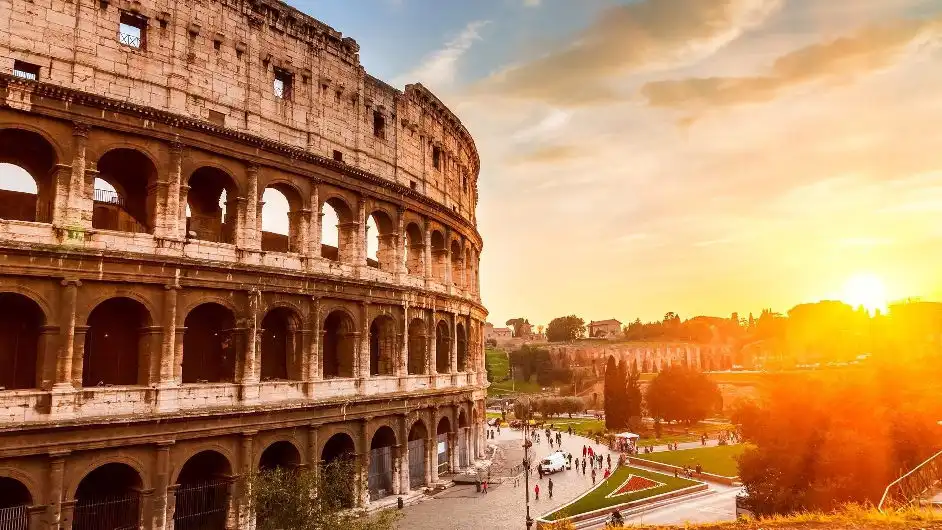
2. The Knights of Malta Keyhole
Known affectionately by Romans as the "hole of Rome" the keyhole gives visitors a concentrated view of Rome. Simply put one eye to the slot in the wooden door and a vision of St Peter‘s Dome in perfect perspective, framed by trees in the foreground, comes into view. To reach it travel to Aventine Hill, walk down Via di Santa Sabinaopens and onto the Piazza dei Cavalieri di Malta.
Top Tip: Make sure you do this attraction on a clear day!
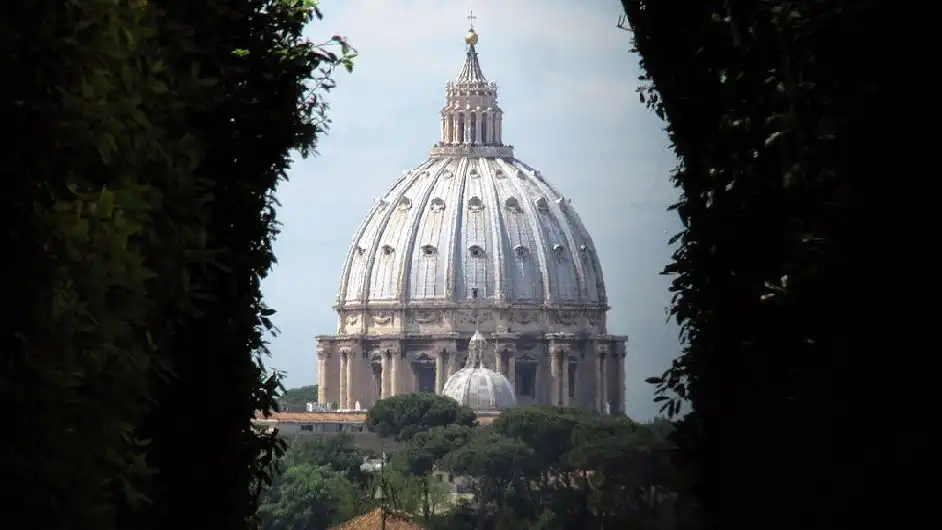
3. The Pantheon
A must see for anyone visiting Rome, especially as entrance is free. The Pantheon was built as a temple to Rome’s pagan gods and is Ancient Rome’s best preserved building. Today it is rarely used for its original purpose, although security tries in vain to keep crowds quiet. If it is reflection you are after, try the pews near the altar.
Top Tip: Don’t bother paying for a guided tour, simply download a free audio guide onto your phone or iPod.
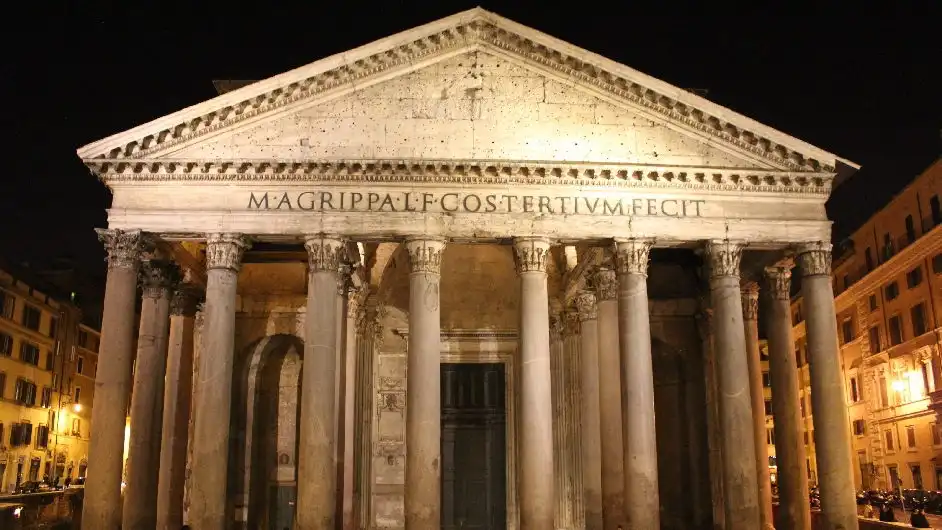
4. The Baths of Caracalla
Immerse yourself in the historical site of a favourite Roman pastime at the Baths of Caracalla. Built in the southern section of the city in 216 CE, these baths are some of the biggest and most well preserved of their kind, many mosaics are still intact. Open everyday from 9:00- 18:30 except Monday when it closes at 14:00, the baths could hold up to 1600 bathers. Audio guides are available as well as a bookshop and visitors in summer should know that the baths house some of Rome’s best opera and ballet.
Top Tip: EU passport holders bring this with you as it allows you to pay 3 Euro rather than 6. Anyone aged 17 or under goes free.
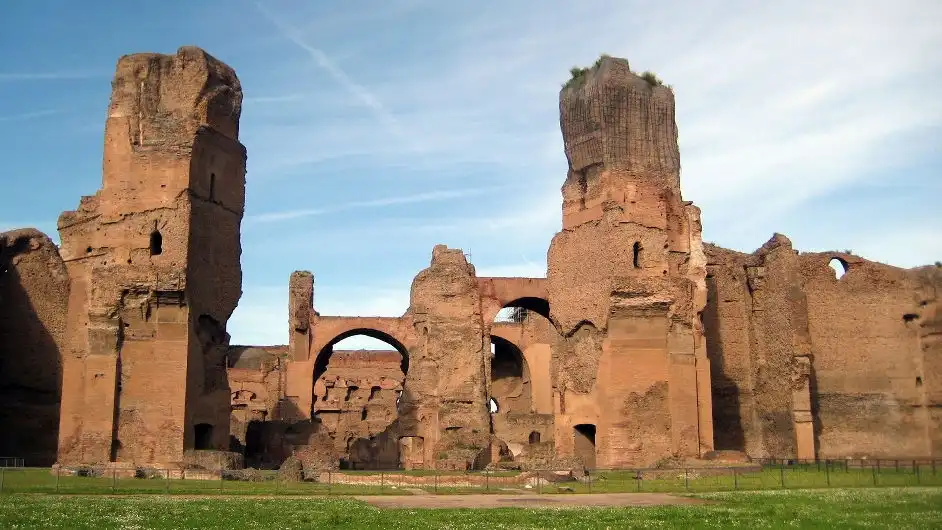
5. Gladiator School
When in rome do as the Romans do, or rather did. Become a Gladiator for the day at the Roman Gladiator School only 2.5 kilometers from the Colosseum. Lessons are conducted by members of the Historic Group of Rome and last 2 hours. You’ll be given proper clothing and weapons, drinks and entrance to the Gladiator School of Rome Museum.
Top Tip: Food is not provided unless specified so bring lunch with you if you’re planning to go at this time of day.
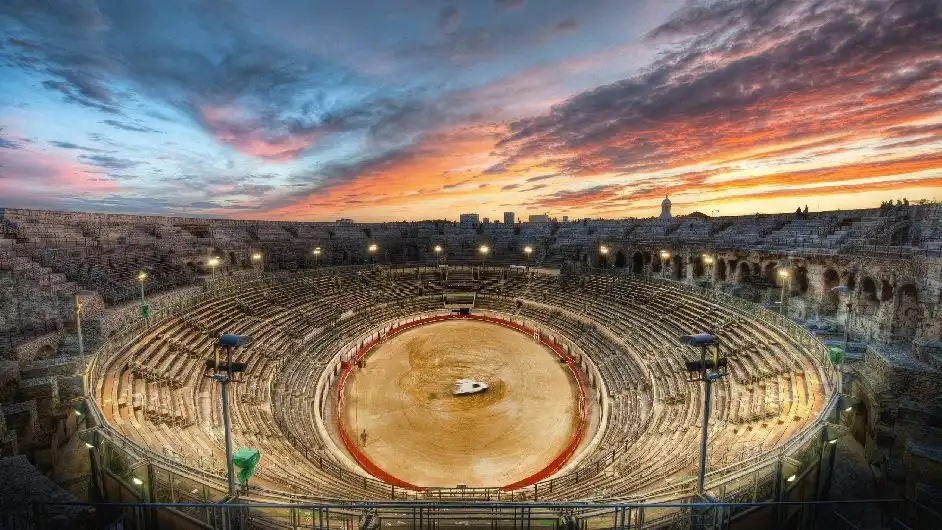
6. Saint Peters Basilica
Saint Peter‘s is one of the most important sites in Christianity and described as breathtaking by anyone who has visited it. Entrance to most parts are is free but to climb the dome or see the treasury there is an admission charge
Top Tip : To skip the queues, book a guided tour which will also allow you to better understand what you are seeing.
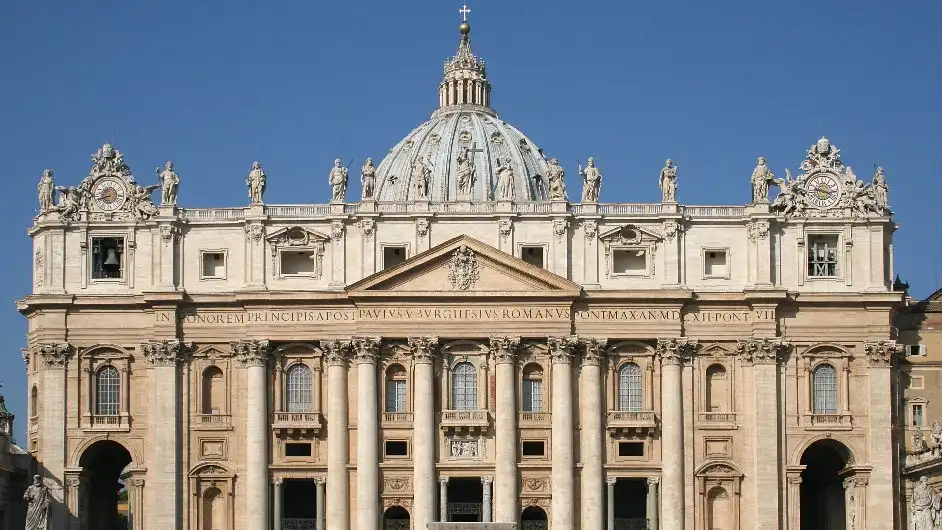
7. The Spanish Steps
The Spanish Steps are one of Rome’s most popular tourist attractions. A grand staircase with 138 steps leading down to the Piazza di Spagna, the Spanish Steps were designed in the 1720s by Francesco de Sanctis, an Italian architect, and completed in 1726.
Top Tip: Do not bring a lunch to eat on the steps as food has been banned by the local authorities in an attempt to keep the area clean.
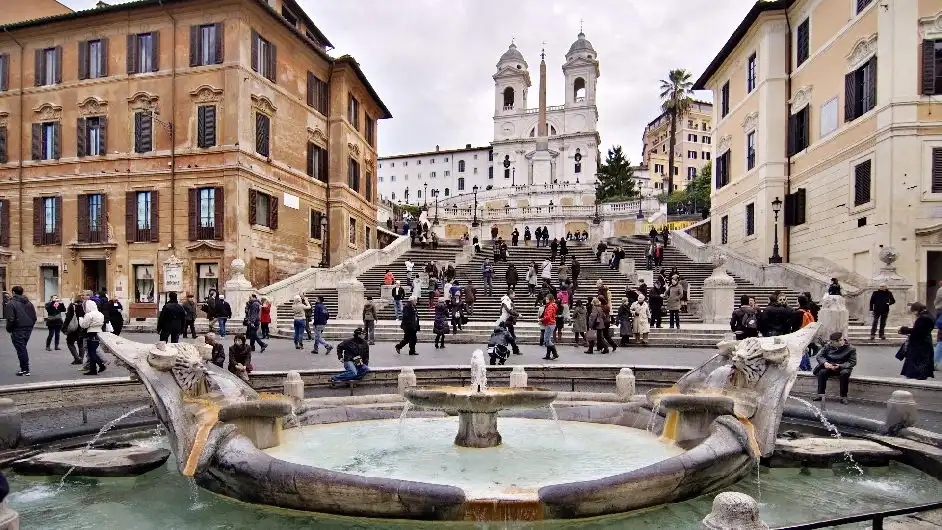
8. The Roman Forum
The home of countless notable buildings such as The Temple of Saturn the Roman Forum was the center of the Empire for over a thousand years and its ever changing state reflected the continuous shifting in the religious, military and political nature of the Roman world.
Top Tip: Before you travel to the Forum have a look at this fantastic website that gives you a 3D virtual tour so that when you visit the actual site you have some bearings already: http://dlib.etc.ucla.edu/projects/Forum/timemap
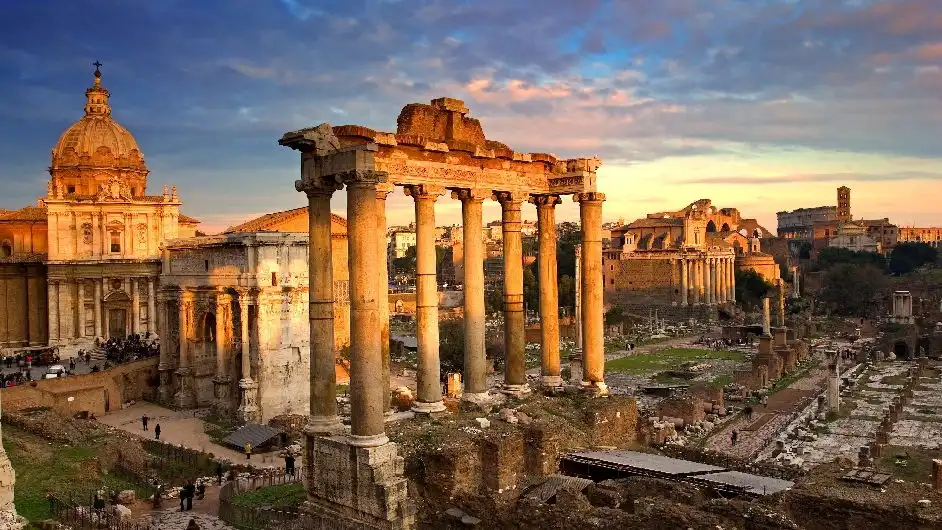
9. The Vatican Museums
Housing some of the most historically and culturally important artifacts and artwork, the Vatican Museums should definitely be on your list of things to see in Rome. They house pieces from countless historical periods.
Top Tip: It’s impossible to see everything in one trip but if you only have a day the highlights are; Da Vinci’s Saint Jerome, the sarcophagus of Junius Bassus, the Trinity Sarcophagus and of course the Sistine Chapel.
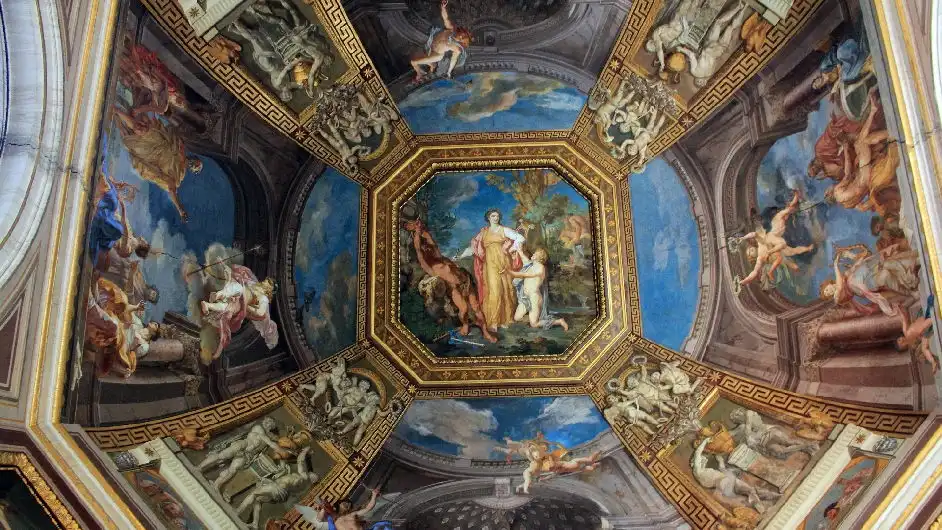
You might also like
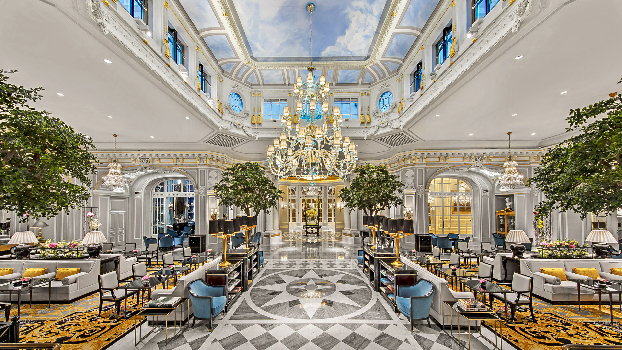
Good to know
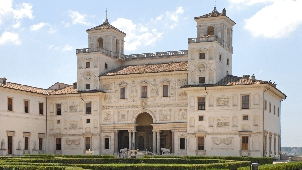
About Premium Europe
Based in Zurich, Switzerland, our company was the first luxury travel agency to combine a digital experience with individually personalised support. We provide luxury holiday planning with online booking and tailored 5 star services. We help you select the best boarding school for your child on a data driven basis combined with personal consultations. We find top-notch medical treatments and connect you with the best clinics and doctors.
We started out as a small business back in 2004 and are now a shareholder company with 45 advisors and staff in all fields. We are incredibly passionate about travelling and we work in close partnership with Switzerland Tourism and other important tourism players to offer our clients the best possible experiences. Please, feel free to browse our media coverage to see what we can do for you. Even though we have grown, our clients are still as precious to us as friends and family. If you find yourself in Zurich, come visit us in our headquarters; we’d love to discuss your needs over a cup of coffee!
With best regards,
Peter Zombori CEO Premium Europe AG, your gateway to luxury Europe.
Subscribe here

Call us if we can help you in any way: +41 44 504 55 55
Or send us an e-mail [email protected]

Europe's Premium Service Platform
© 2024 Premium Europe AG, all rights reserved
- Destinations
- Food For Thought
- Join our newsletter
Rome is one of the most captivating cities in the world, attracting millions of visitors annually. With a rich cultural history spanning over 2,500 years, the Eternal City has something for everyone. The city is renowned for its stunning architecture, delectable cuisine, and rich artistic heritage, making it the perfect destination for art enthusiasts. In this guide, we’ll explore some of the best cultural attractions and hidden gems in Rome, which every art lover should not miss.
To access our exclusive Rome Treasure Map , simply click the provided link and register as a member of our magazine. This comprehensive map features all the recommendations from our guide and offers additional tips for top-rated restaurants, cafes, shops, and more. Each location is marked on the map. As a member, you’ll have the ability to view and save the map in your profile, ensuring you have all the best spots at your fingertips for your future adventures.
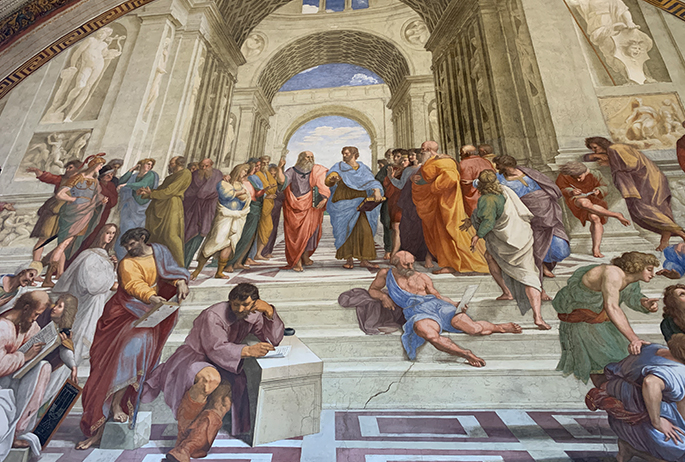
The Vatican Museums , located in Vatican City, is one of the most important cultural attractions in Rome. The Museums house an immense collection of works that have been collected by the Catholic Church and the papacy throughout the centuries. Visitors can explore some of the most well-known Roman sculptures and important Renaissance masterpieces in the world, with approximately 20,000 works on display from a total collection of 70,000. Among the highlights of the museums are the four Raphael Rooms, which are famous for the frescoes painted by Raphael and his workshop, and the Sistine Chapel ceiling frescoes by Michelangelo. To avoid the long lines, it’s highly recommended to purchase skip-the-line tickets and a guided tour in advance.
The Galleria Borghese , originally part of the Villa Borghese Pinciana and now a separate tourist attraction, features a substantial collection of paintings, sculptures, and antiquities from the Borghese Collection, assembled by Cardinal Scipione Borghese, the nephew of Pope Paul V. The architect Flaminio Ponzio designed the building. Caravaggio and Bernini were early recipients of Borghese’s patronage, and the collection includes their renowned works such as Boy with a Basket of Fruit, St. Jerome Writing, and Sick Bacchus. Other notable works include Raphael’s Entombment of Christ, Titian’s Sacred and Profane Love, and pieces by Federico Barocci and Peter Paul Rubens. Advance tickets and guided tours are highly recommended.
The Basilica of Santa Maria del Popolo is a stunning church in Rome. This remarkable basilica is located on the north side of the renowned Piazza del Popolo, a popular square in the city that boasts of its unique architecture. Positioned between the Pincian Hill and Porta del Popolo, one of the gates in the Aurelian Wall, it is also the starting point of the most important route from the north, Via Flaminia. The basilica’s prime location makes it the first church for most travelers entering the city. The basilica is adorned with masterpieces by renowned artists, including Raphael, Gian Lorenzo Bernini, Caravaggio , Alessandro Algardi, Pinturicchio, Andrea Bregno, Guillaume de Marcillat, and Donato Bramante, which are sure to mesmerize every visitor.
Sant’Ignazio is the Church of St. Ignatius of Loyola at Campus Martius features a grandiose fresco painted by Andrea Pozzo that stretches across the ceiling of the nave around 1685. The fresco celebrates the work of Saint Ignatius and the Society of Jesus in the world, depicting the saint welcomed into paradise by Christ and the Virgin Mary, surrounded by allegorical representations of the continents. Pozzo’s skillful use of perspective, light, and shade creates the illusion of a huge cupola filled with floating figures, making the observer feel like they are looking up at the opened heavens. A marble disk on the nave floor marks the ideal spot to experience the stunning effect of the fresco.
Even though it’s one of the most touristy spots in the city, don’t miss out on the Trevi Fountain , a remarkable 18th-century masterpiece located in Rome’s Trevi district. Designed by Italian architect Nicola Salvi and later completed by Giuseppe Pannini and other contributors, this fountain boasts a staggering height of 26.3 meters (86 feet) and a width of 49.15 meters (161.3 feet), making it the largest Baroque fountain in Rome and a globally recognized landmark. At the center of the fountain is the statue of Oceanus, sculpted by Pietro Bracci, which stands on a chariot drawn by seahorses and flanked by tritons. The fountain is further adorned with statues of Abundance and Health. The water, which flows from the ancient Acqua Vergine aqueduct, was once famous for its softness and delicious taste and was regularly transported to the Vatican in barrels for centuries. However, the water is now unfit for drinking. To make the most of your visit, it is recommended to go early in the morning when there are fewer tourists around, and toss a coin into the fountain for good luck and the promise of returning to Rome.
Just a stone’s throw away from the Trevi Fountain lies the authentic restaurant Il Chianti – Osteria Toscana . With a true passion for Tuscan cuisine, this establishment has been serving guests with a top-quality menu since 1965. If you have a sweet tooth, you won’t want to miss out on their heavenly Tiramisu.
Contemporary art:
For contemporary art enthusiasts, there are plenty of venues in Rome that shouldn’t be missed. The MAXXI , Italy’s first national museum devoted to contemporary art, is a dynamic cultural institution that offers a range of experiences, from engaging exhibitions to thought-provoking workshops and conferences. The museum’s impressive building, designed by renowned architect Zaha Hadid, is a work of art in its own right, located in the vibrant Flaminio neighborhood of Rome. The MAXXI’s stunning galleries feature a diverse collection of art that reflects the spirit of the 21st century, including innovative installations, multimedia pieces, and much more.
The Museo d’Arte Contemporanea di Roma, also known as MACRO , is a contemporary art museum split between two distinct locations in Rome, a renovated brewery in the Salario district of the city on Via Nizza, and a converted slaughterhouse in the Testaccio neighborhood at Piazza Orazio Giustiniani. These two locations are home to a vast collection of modern and contemporary art, showcasing the works of both Italian and international artists. MACRO is a must-visit destination for art enthusiasts visiting the Italian capital, providing visitors with a unique and immersive experience in the world of contemporary art.
Galleria Lorcan O’Neill has been a prominent art gallery in Rome since its establishment in 2003. The gallery represents both established international and Italian artists, as well as emerging talents in the art world. The main exhibition space of the gallery is located in a grand 17th-century building situated at the heart of Rome, where it has gained a reputation as a must-see destination for art lovers and collectors.
The Chiostro del Bramante is a striking Italian Renaissance building located in Rome, designed by architect Donato Bramante and commissioned by Cardinal Oliviero Carafa in 1500. Today, the building serves as a cultural hub hosting exhibitions, meetings, and concerts, as well as housing a cafe and bookshop. From the first floor of the building, visitors can catch a glimpse of a beautiful fresco painting by Raphael, The Sibyls, located in the adjacent church of Santa Maria della Pace.
Frutta Gallery , in the Testaccio neighborhood, and Monitor near Piazza di Spagna provide platforms for emerging talents. Montoro 12 Artist Residence in the Monti neighborhood offers a unique experience, while the cultural center of Pastificio Cerere Foundation is found in San Lorenzo. T293 Project Space, located in the city center, exhibits experimental projects. Opera Gallery , near Piazza di Spagna, and Unosunove Gallery , situated in the Trastevere district, present a wide range of contemporary art styles and mediums. These galleries collectively reflect Rome’s thriving contemporary art landscape, making it an ideal destination for art enthusiasts. Remember to check their schedules and websites for the latest exhibitions and events.
Take a Break:
In the heart of Rome, Roscioli Caffè Pasticceria is a charming retreat, perfect for refueling with exceptional coffee and pastries as you explore the nearby historical landmarks. Just a stone’s throw away, La Casa Del Caffè Tazza D’oro , located near the majestic Pantheon, offers a refreshing granita di caffe, ideal for cooling down during your summer explorations. Nearby, Sant’Eustachio Il Caffè is a historical gem itself, having served its secret coffee recipe since the 1930s. When wandering through the vibrant Trastevere district, stop by Bar del Fico offers a unique and lively atmosphere where enjoying a cappuccino on the piazza watching locals play chess is a must. In the Ostiense district, the Romeow Cat Bistro is an experience in itself. This vegan, cat-friendly cafe is a delightful spot to relax and recharge amidst the urban exploration, offering beautifully crafted desserts and a variety of teas and coffees in the company of feline companions.
For those keen on experiencing Rome like a local, diving into the city’s authentic pasta scene is a must. Your culinary exploration should begin in Trastevere, where Trattoria Da Enzo al 29 serves traditional Roman cuisine, with the carbonara and amatriciana known to win hearts. In the foodie paradise of the Testaccio district, Flavio al Velavevodetto stands out with its classic dishes such as cacio e pepe and pasta alla gricia. Armando al Pantheon , a family-run trattoria in the city center, near the majestic Pantheon, delights locals with its spaghetti alla carbonara. For a contemporary take on Roman cuisine, visit Osteria delle Copelle near Piazza delle Copelle; their tagliolini with truffles is a culinary delight. A slightly off-beat yet immensely popular local choice is Da Cesare al Casaletto in the Gianicolense district, where rigatoni con la pajata is the star. Then, in the heart of the city, Roscioli entices with a wide variety of gourmet selections, including the much-loved spaghetti all’amatriciana. Lastly, don’t miss ADHOC , a sophisticated yet cozy establishment offering an extensive wine list and creative pasta dishes, such as their signature truffle tagliolini. Each of these restaurants encapsulates a facet of Rome’s rich pasta tradition, immersing you in the city’s gastronomic charm as the locals know it.
In conclusion, Rome is a city that truly has it all. From its incredible history and stunning architecture to its delicious food, vibrant culture, and thriving art scene, it’s no wonder that it’s one of the most popular travel destinations in the world. This guide to the best cultural attractions will help you make the most of your trip and discover all that this incredible city has to offer. So, pack your bags, book your tickets, and get ready to experience the magic of Rome. Buon viaggio!
Shachaf Dekel
Boutique Hotels, Nomad Sanctuaries, and Chic Hostels:
When planning your stay in Rome, it's crucial to select the right hotel to meet your needs and ensure it's situated in your desired location in the city. To help you make an informed decision, we've carefully selected some of the best hotels in Rome for our readers. Please note that some of our recommendations include an affiliate link, which supports the magazine's continued activities by providing a percentage of the sale without extra cost to you. We encourage you to use these links and support our magazine.
Casa Fabbrini
Located in the heart of Rome, Casa Fabbrini Roma Boutique B&B is an elegant and classic accommodation that offers guests a luxurious experience. Just a short 5-minute walk from the Spanish Steps, this property is perfectly situated for exploring the city's many attractions, including the famous Trevi Fountain just 1 km away. Each air-conditioned room is equipped with modern amenities, such as free Wi-Fi, a TV, an iPad, and a comfortable sofa, while the private bathroom features a shower, hairdryer, and complimentary toiletries. Guests can indulge in a delicious Italian and international breakfast every morning, complete with croissants, eggs, and bacon. With the Spagna Metro Stop just 300 m away, guests can easily travel to popular destinations like St. Peter's Square and Roma Termini Train Station.
Casa Modelli
Nestled in the heart of Rome, Casa Modelli provides guests with an exceptional stay just 90 m from the iconic Trevi Fountain. Offering both rooms and apartments, this property is situated just 300 m from Quirinale and 500 m from Piazza Venezia, while Piazza Barberini is a mere 7-minute walk away. Apartments come with a convenient kitchenette, and the private bathroom features luxurious Ferragamo toiletries and a hairdryer. Guests can enjoy a delectable Italian breakfast each morning on the property's large terrace with stunning views of the city. Casa Modelli's prime location puts guests within easy reach of popular attractions such as Palazzo Venezia, Via Condotti, and Piazza di Spagna.
Nerva Boutique Hotel
Located in the heart of Rome, just 200 m from the Roman Forum and a short 5-minute walk from the Coliseum, Hotel Nerva provides guests with an unforgettable stay. This central hotel offers free Wi-Fi throughout, a diverse continental breakfast, and elegant rooms equipped with a 22" LCD TV, air conditioning, and satellite TV channels. Each room is adorned with tasteful wooden furnishings and features a private bathroom complete with a hairdryer and complimentary toiletries. Guests can indulge in a wide variety of breakfast options, ranging from traditional croissants and cakes to fresh fruit, cold cuts, and cheese. Hotel Nerva's multilingual staff are available 24 hours a day and can assist guests with organizing city tours and airport shuttles. The hotel's prime location puts guests within a short 5-minute walk from Piazza Venezia and the fashionable shopping street Via Del Corso.
CasaCau is a luxurious self-catering accommodation situated just 150 m from the world-famous Trevi Fountain in Rome. Each modern and individually decorated apartment is equipped with air conditioning and free Wi-Fi to ensure a comfortable and convenient stay. Guests can enjoy the convenience of a fully-equipped kitchenette, a dining area, and an iPad. The private bathroom comes with a hairdryer and complimentary toiletries, while some apartments feature the added luxury of a Turkish bath. With the Barberini Metro Station just a short 5-minute walk away, guests can easily access the city's most popular attractions. Piazza di Spagna is a mere 700 m from the property, making it an ideal base for exploring the heart of Rome.
Portrait Roma
Portrait Roma, located in Rome's most fashionable shopping district, is a luxurious boutique hotel 300 m from the iconic Spanish Steps. These opulent studios offer guests a range of amenities, including free Wi-Fi, a fully equipped kitchenette, and an LCD TV. The shared rooftop terrace provides panoramic views of the historic city center, making it an ideal spot to relax and take in the breathtaking scenery. Each studio is adorned with elegant designer furnishings and is equipped with a dishwasher, microwave, and minibar, while the spacious marble bathroom features plush bathrobes and luxurious Salvatore Ferragamo toiletries. In addition, each unit is fitted with an iPod docking station and an iPad for guests to use. Guests can enjoy a delicious continental breakfast delivered to their studio every morning, and a choice of restaurants, bars, and trattorias are located in the surrounding cobbled streets. Owned by the Ferragamo family and located above their boutique, Portrait Roma - Lungarno Collection has conveniently located just a 5-minute walk from the Ara Pacis Museum, designed by Richard Meyers, and the Trevi Fountain is just 750 m away.
Eitch Borromini Palazzo Pamphilj
Eitch Borromini Palazzo Pamphilj is a remarkable choice for travelers seeking a luxurious and historic stay in Rome. Housed in a 17th-century palace overlooking the stunning Piazza Navona, this hotel offers a unique blend of history, elegance, and modern comfort. The rooms and suites are beautifully appointed, featuring original architectural details and offering breathtaking views of Rome's historic center. The hotel's rooftop terrace is a highlight, providing panoramic views of the city, particularly enchanting at sunset.
Chapter Roma Hotel
Chapter Roma Hotel, located in the heart of Rome's Regola district, is a hidden gem that offers a unique blend of contemporary design and traditional Roman charm. The hotel is highly rated for its excellent location, cleanliness, and service. Behind its old door, you'll find a modern sanctuary that serves as your bedrock while exploring the Eternal City. Its proximity to major attractions and local eateries makes it an ideal choice for travelers seeking an authentic Roman experience.
Double Tree by Hilton Rome Mont
DoubleTree is strategically located in the Monti district, known for its vibrant atmosphere and proximity to major attractions like the Colosseum and Roman Forum. The rooms are well-appointed, offering modern amenities and a touch of elegance. The hotel's rooftop bar provides stunning views of the city, making it a perfect spot to unwind after a day of sightseeing.
Palazzo Navona Hotel
Palazzo Navona Hotel is just a stone's throw away from iconic landmarks such as Piazza Navona, the Pantheon, and Campo de' Fiori. The hotel's rooms are tastefully decorated, combining modern amenities with timeless elegance, and some even offer breathtaking views of the city's skyline. The rooftop terrace is a highlight, providing a panoramic view of Rome's architectural marvels.
The Fifteen Keys Hotel
The Fifteen Keys Hotel is a hidden gem in the heart of Rome's vibrant Rione Monti district. This boutique hotel offers a unique blend of comfort, style, and personalized service. Each of its fifteen rooms is tastefully decorated, offering a serene and cozy retreat from the bustling city streets. The hotel's location is ideal for explorers, with many of Rome's iconic landmarks, charming cafes, and unique shops within walking distance. The lush garden is a delightful relaxing spot and enjoying the Italian sunshine.
YellowSquare Rome - Hostel
YellowSquare Rome is a vibrant and dynamic hostel that offers a unique and lively experience for travelers seeking a social and budget-friendly stay in Rome. Located in the heart of the city, it's just a short walk from the central station, making it a convenient base for exploring Rome's iconic landmarks. The hostel is renowned for its lively atmosphere, offering a range of social events, from live music to pasta making classes. The rooms, both private and shared, are clean, comfortable, and colorful. The on-site bar and restaurant serve delicious meals and drinks, and the outdoor patio is a great place to meet fellow travelers.
The Bricks Rome - Hostel
The Bricks Rome is a stylish and modern hostel that offers a comfortable and affordable stay in the Eternal City. Located in the San Giovanni district, it provides easy access to many of Rome's famous attractions, as well as local eateries and shops. The hostel's interior is chic and contemporary, with a range of accommodation options from dormitory-style rooms to private suites, catering to all types of travelers. The communal kitchen and lounge area provide excellent opportunities for guests to socialize and share travel stories.
Ostello Bello Roma Colosseo - Hostel
Ostello Bello Roma Colosseo is an excellent choice for travelers seeking a sociable, budget-friendly, and centrally located accommodation in Rome. Situated just a short walk from the iconic Colosseum, this hostel offers easy access to many of Rome's historical sites and vibrant neighborhoods. The rooms, both private and shared, are clean, comfortable, and well-equipped, ensuring a restful stay. The hostel offers a lively atmosphere with a range of social activities and communal spaces, including a bar, a garden, and a shared kitchen, perfect for meeting fellow travelers.
The RomeHello - Hostel
The RomeHello is a top-notch choice for travelers seeking a fun, friendly, and budget-friendly stay in Rome. This hostel's central location makes it an ideal base for exploring the city's iconic landmarks, with the Trevi Fountain, Colosseum, and many other attractions within walking distance. The RomeHello offers a variety of room options, from private rooms to shared dormitories, all of which are clean, comfortable, and artistically decorated. The hostel stands out for its vibrant social atmosphere, with a bar, communal kitchen, and regular events like pasta nights and art shows, providing ample opportunities to meet fellow travelers.
More Destinations All Destinations >
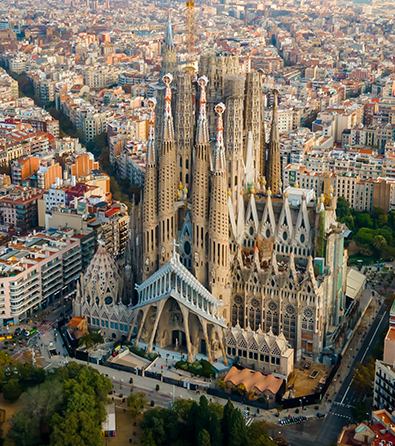

101 Fantastic Things To Do In Rome
There are so many things to do in Rome that a lifetime would barely be enough to explore it all. We drew the most complete and detailed Rome bucket list you can find online including several sections to help you navigate and choose what type of trip you want to plan.
So we have the things to do for first-time visitors, what to see in Rome if it’s not your first trip, secret spots to discover, the best churches often lesser-known and also what to do in Rome if you are a food lover.
This is meant to be an exhaustive list of Rome’s highlights that we continually update, but if you are spending only three days in Rome , you will need to narrow down your options depending on the area you want to visit, your preferences, whether you like art, history or go on a foodie jaunt.
Of course, if you can stay longer, all the better. We have included so many places to visit that even if you have a week in Rome , you will never get bored and run out of things to do. Our list includes something for everybody, whether it’s your first trip to Rome, or second, or your fifth. Enjoy the ride and start planning!
Table of Contents
Unmissable things to do in Rome for first-time visitors
Impossible not to include it in your Italy itinerary , especially if it’s your first time in the country, Rome has something for everyone. Whether you are into ancient history, Renaissance aesthetics, contemporary art, or even industrial archaeology, rest assured that in Rome, you will have a great time.

See the Colosseum, one of the first places to visit in Rome
An iconic symbol of the city, no first trip to Rome is complete without a stop at the Colosseum . Flavium Amphitheatre was one of the main places where Romans spent their leisure time. Shows where gladiators fought with other gladiators or wild animals were some of the favorites in ancient Rome.
Today you can visit the Colosseum by yourself or, if you want to access also the arena and the dungeons, you can do so only by booking a private tour .
Walk around the Roman Forum and Palatine Hill, one of the must-see places in Rome
With the same ticket to the Colosseum valid for two days, you can also access the Roman Forum and Palatine Hill. This is the heart of the ancient city of Rome. You will see where public life took place, important temples, markets, emperors’ villas, and the altar where Julius Ceasar was cremated.
The Forum is very big and there are many things to see, so if you want to visit the most important places, book a tour to be sure you don’t skip any.
Discover the Domus Aurea
The urban villa was built by Emperor Nero after the fire that devastated Rome in 64 AD and was destroyed after Nero’s death to give back the land to the Roman people. After years of digging and renovation work, today we can visit the surviving areas, which reveal the opulence and luxury Nero lived with.
With gardens, pavilions for feasts and relaxation, woods, vineyards, and a little lake, the villa occupied a huge part of today’s city center, including the Palatine Hill, part of the Esquilino Hill, and where now is the Colosseum.

Walk along the Imperial Fora
Started by Julius Caesar in 46 BC, it was the center of political life. It was built in about 150 years and shows the fora of several emperors including Augustus and Trajan, as well as several pagan Roman temples.
This is one of those places where you will almost certainly end up walking past even if you are staying for only one day in Rome as it’s the long road that goes from Piazza Venezia to the Colosseum.
Check out the best hotels near the Colosseum to start bright and early in the morning!
The Baths of Caracalla among the best things to see in Rome
The Caracalla Baths are one of the most beautiful tourist attractions in Rome. A large complex of ancient thermal baths, you can see the mosaic floor, the structure where the different areas were organized as well as the original statues and decorations. In summer, the Baths of Caracalla are used for opera shows.
Visit the Circus Maximus
With a size of 600 mt in length and 140 mt wide, the Circus Maximus was the largest building devoted to public shows. Here they used to run competitions with the biga chariots and now it’s an archaeological area possible to visit. It’s also often used for concerts (always for New Year’s Eve) and cultural events like Rome’s birthday on April 21st. Check out the official website for more info.

St. Peter’s Basilica one of the most popular Rome tourist attractions
Built on the site of Caligula’s Circus, the basilica we see today is not the original, which was much bigger. Later expanded by Nero, the ancient Roman circus is where Saint Peter was martyred. Today you can see his tomb by booking your entrance to the necropolis underneath the church.
Packed with amazing artwork, some of the most important things to see inside St. Peter’s Basilica are Michelangelo’s statue La Pietà, the dome (cupola) and the Baroque-style St. Peter’s Baldachin.

Visit the Vatican Museums
Among the unmissable things to see in Rome are the Vatican Museums. A large gallery displaying some seven centuries of artwork donated by world leaders or commissioned by the popes, some of the most important parts are the Sistine Chapel, Raphael’s Rooms, the Gallery of the Tapestries, of the Maps, and of the Candelabra.
TIP: Want to make the most out of your visit and avoid the crowds? Check out some of the best tours to the Vatican Museums: Pristine Sistine Early Entrance and Night Tour with Sistine Chapel .
Explore more of the Vatican City
To make your first trip to Rome complete, do devote at least one day to the Vatican City . Here there are many things to see, and if you want to explore it all, one day is not enough. However, you will still need to start somewhere. If you have more time than just visiting St. Peter’s Square and Basilica and the Vatican Museums, there are so many more places to see in the Vatican . To delve deeper, you can explore the Vatican Gardens and the Roman cemetery below the Basilica .
TIP: To skip the lines in the Vatican’s attractions such as St. Peter’s Basilica and the Vatican Museums, the only way is to book a private Vatican tour .
Climb the Spanish Steps, one of the most famous Rome attractions
Taken as a bench to sit, eat and drink by many, the Spanish Steps is actually an important historical Roman landmark and one of the top Rome attractions.
Built between 1723 and 1726 from a project by Roman architect Francesco De Sanctis, they lead to the Trinità dei Monti church on top of the stairs. While on the bottom, Piazza di Spagna, you can see the beautiful Barcaccia fountain by Pietro Bernini (Gian Lorenzo’s father), and a huge array of exclusive and expensive boutique stores.
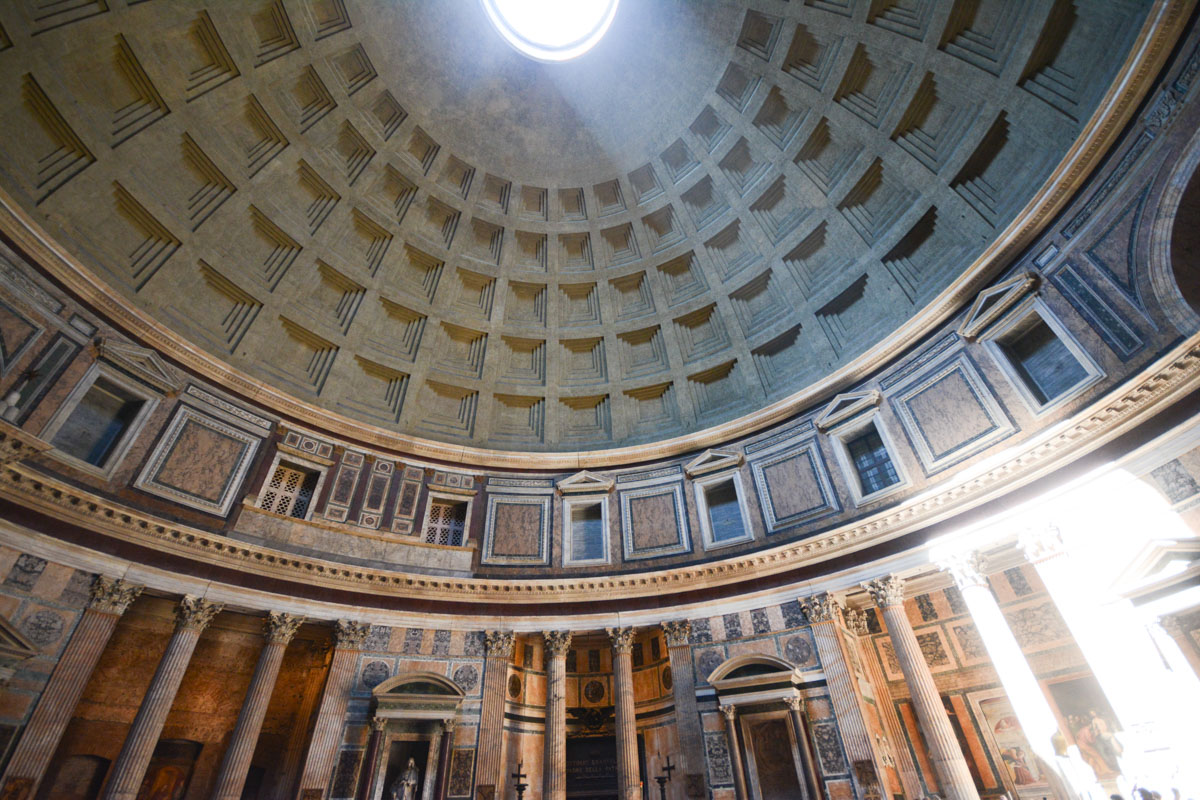
Visit the Pantheon, one of the first places to visit in Rome
Temple devoted to all gods, the Pantheon is a true masterpiece of ancient architecture impossible not to include in your Rome bucket list.
Founded by Marco Vipsanio Agrippa in 27 BC, it was rebuilt between 120 and 124 AD during the rule of Emperor Augustus after a fire damaged the original construction. Its famous cupola, with a hole in the middle to allow the light in, is still now one of the biggest in the world.

Piazza Navona, one of the top Rome tourist attractions
One of the most famous squares and Rome highlights, Piazza Navona has the elliptical shape of the Domitian Stadium on top of which it was built. In the middle is one of the most beautiful fountains in Rome, the Four Rivers Fountain by architect Gian Lorenzo Bernini, standing in front of Sant’Agnese in Agone church by Francesco Borromini.

Campo de’ Fiori, one of the main things to do in Rome
Home to a daily morning market, Piazza Campo de’ Fiori is one of the most famous Rome tourist attractions popular day and night. In the middle of the square is the tall statue of Giordano Bruno, the Dominican friar burnt at the stake early 17th century. All around the piazza are bars, restaurants, bakeries, and shops.
Largo Argentina
This is where Julius Ceasar was killed and now there is one of Rome’s largest and most famous cat colonies. Visit this ancient sacred area and explore one of the most underestimated tourist attractions in Rome. This is such as busy and central hub that whether you are staying 2 days in Rome or one week , chances are you are going to visit or even only walk across Largo Argentina more than once.

Discover the Hadrian Mausoleum
Built as the funerary mausoleum of emperor Hadrian, Castel Sant’Angelo has served several purposes throughout the centuries. From residence to papal stronghold to prison, it’s one of those Rome attractions that are impossible to miss.
Explore the Jewish Quarter
A stone’s throw from Largo Argentina is the Jewish Quarter. While you will probably end up here for its many great restaurants, it’s also worth wandering around its alleys, seeing the Turtle Fountain and the archaeological site of the Portico di Ottavia , a porch built under the rule of Augustus and devoted to his sister Ottavia.
Definitely one of the top things to do in Rome, whether it’s summer or winter, is to enjoy an artisan gelato. Romans have become very demanding when it comes to gelato, and my suggestion is to prefer all-natural, authentic artisan gelaterias. How to tell them apart from fake, low-quality products? Read everything in my complete guide to the best gelato in Rome .
Wander around Trastevere, one of the places to see in Rome for food and trendy nightlife
One of the most famous Rome neighborhoods among tourists, gentrified Trastevere was once the place of the working class. Narrow alleys, quaint shops and restaurants (some traditional many touristy), lovely piazzas. Here, don’t miss Santa Maria in Trastevere Basilica, Santa Cecilia Basilica and Villa Farnesina.
Santa Maria in Trastevere Basilica
Possibly the most famous basilica in the Trastevere neighborhood, Santa Maria in Trastevere is thought to be the oldest official Catholic church in Rome, and for sure the first one officially devoted to the Holy Mary. On its outside facade, you can admire beautiful mosaics.

Santa Cecilia in Trastevere Basilica
This is not just a church. Like many other places to see in Rome, the undergrounds of Santa Cecilia in Trastevere Basilica hide another world. Once you visit the modern church, go down to see the gorgeous crypt and down again to visit an ancient Roman domus and insula.
Visit the Tiber Island, what to do in Rome for history and food
An ancient man-made island in the middle of the Tiber river in Rome city center, the ship-shaped Isola Tiberina is one of the top places to visit in Rome for first-timers. You can get to the Tiber island on foot from either Trastevere or the Jewish Ghetto. Today is home to the San Bartolomeo church, the 16th-century hospital Fatebenefratelli and several bars and restaurants. In summer, it becomes the island of the cinema, a popular hangout to watch movies outdoors.
Walk across Rome’s oldest bridge
What to do in Rome if, like me, stepping over ancient history excites you. Ponte Fabricio bridge connects the Jewish Ghetto right from in front of Rome’s synagogue to the Tiber island. Built in 62 BC by street keeper Lucius Fabricius, it’s Rome’s oldest operative bridge that kept its original structure.
Explore Rome’s history at the Capitoline Museums
This is Rome’s main museum, where you will discover the history of the city, how it was founded, both myth and reality. Displaying a rich collection of artwork from ancient Roman times, there is also a fascinating section on Etruscan art and daily life.
Throw a coin in the Trevi Fountain
Hands-off the most impressive among Rome’s many fountains, this Baroque masterpiece stands in all its huge glory and has been the setting of movies, videos, countless pictures and also polemics when people just can’t resist and take a dip in its waters. Do you want to be sure to come back to Rome? Throw a coin backward in the Trevi Fountain and you will.
Take a picture of Piazza Venezia and Vittoriano Complex
The Vittoriano Complex is the national monument in Piazza Venezia named after the first king of unified Italy, Vittorio Emanuele II. It hosts the permanent exhibition devoted to the Italian Risorgimento , a term indicating the series of wars, battles, intrigues, and clashes that ended with the unification of the country under one rule, Piedmont’s Savoia royal dynasty.
Also called “Homeland Altar”, it was built between 1885 and 1911 and since 1923 it hosts the body of the “Unknown Soldier”. Today they often organize several exhibitions on different topics, be it social, cultural, or historic.
Test yourself at the Mouth of Truth
This is a big sculpture with a man’s face located in the courtyard of Santa Maria in Cosmedin church. Probably an ancient manhole, it became one of the top things to do in Rome because of the movie Roman Holiday starring Audrey Hepburn and Gregory Peck and the legend according to which the mouth would bite the hand of those who don’t speak the truth.

Saint John Lateran Basilica
The most important among the papal basilicas, Saint John in Lateran is one of the top places to see in Rome. The first official Catholic, it’s Rome’s cathedral and where the pope exerts his duties as the city’s bishop. Located in the Caelian Hill on the land of the Lateran Roman family, it was confiscated by Nero because of a conspiracy against him. Of stunning beauty and rich in artwork, it’s one of Rome points of interest whether you are religious or not.
Go underground in San Clemente Basilica
One of the best places to visit in Rome to travel through the historical layers of the city. San Clemente Basilica, near the Colosseum, includes a medieval church on modern street level, an early-Christian basilica underneath, and a Mithraic temple and school as well as the Roman mint in the lowest underground level.
Take a peek through the keyhole of Knights of Malta headquarters
This is one of the most famous pictures of Rome. Watching from the keyhole of the Knights of Malta headquarters on the Aventine Hill is one of the fun things to do in Rome. It used to be a hidden gem, but now it’s very popular and you will likely find a bit of a queue. Nevertheless, the view is worth the wait.

Explore the Aventine Hill
Romantic and incredibly rich in history, Aventine Hill is a treasure trove of places to visit in Rome. The early-Christian Santa Sabina Basilica, the old Santa Prisca Basilica with a Mithra temple in its underground, and the orange-scented Parco Savello, better known as the Garden of the Oranges, are all sights that will keep you busy for a good morning or even the whole day.
Marvel at three Caravaggio paintings at San Luigi dei Francesi
This church is located between Piazza Navona and the Pantheon and it’s worth visiting even only for the being home to three of the Caravaggio paintings in Rome : The Calling of St Matthew (on the left wall), The Inspiration of Saint Matthew (above the altar), and The Martyrdom of Saint Matthew (on the right wall).
Apart from Saint Louis of the French church, you can find some of his most famous masterpieces in Palazzo Barberini, Galleria Borghese, Galleria Doria Pamphilj, Sant’Agostino Basilica, and the beautiful Santa Maria del Popolo Basilica.
Enjoy the view from the Janiculum Hill
The Janiculum Hill is a favorite spot for a scenic walk surrounded by nature and art. A perfect place to take a break from the city traffic, here you can visit the Aqua Paola Fountain, San Pietro in Mntorio church and see the monument devoted to Garibaldi, active military leader during the battles that brought the Italian unification.
Palazzo Quirinale, what to visit in Rome to combine art and institutions
In the Palace of the President of the Italian Republic, it’s possible to visit the Quirinale palace only by booking at least five days in advance through the official website . Former papal residence, it’s located in the Quirinale Hill and enshrines a huge wealth of artwork.
Take a stroll in Villa Borghese Park
One of the largest and possibly the most famous among Rome’s urban parks, the gorgeous Villa Borghese was the residence of the powerful Borghese family. A green oasis in the city center, it’s packed with attractions and landmarks to visit such as the Galleria Borghese museum (not free entrance), the Lake Garden, several temples, and the beautiful Orangery area. You can also book a Villa Borghese bike tour to visit more of this huge park.
TIP: Make the most of your visit to the park with an expert tour to the Borghese Gallery to view the masterpieces of artists like Caravaggio, Bernini, Raffaello and Canova.

Just like gelato, enjoying a great pizza is one of the best things to do in Rome. By the slice, by the pie, as street food or comfortably sitting for dinner. Napoli-style or Roman pinsa, if you are looking for pizza in Rome you can find just about everything.
Take a food tour
The best way to explore Roman cuisine, its traditional dishes and try great restaurants, especially if it’s your first time in the city, it’s with a Rome food tour , such as Taste of Testaccio or Twilight Trastevere with Eating Europe. There are so many food tours of Rome that you will be spoilt for choice.
We recently took a fantastic food tour in Testaccio with Devour Tours and we had plenty of tastings from breakfast all the way to lunch stopping at Mercato Testaccio for scrumptious nibbles.
Try the best historic restaurants
If you are into tradition, some of the top historic restaurants to try in Rome are by all means Armando Al Pantheon , close to the Pantheon, and Felice a Testaccio , both famous for their tonnarelli cacio e pepe pasta and other traditional Roman dishes . Some other names? Checchino dal 1887 and Cesare al Casaletto .
Learn to make pasta and pizza
We all love Rome food, but what if we want to make pasta and pizza for our friends and family back home? Easy, take one of the many pasta-making or pizza-making food tours and you will learn the basics for creating your own delicious dishes.
There are many cooking classes in Rome where you can learn how to make some of the most famous Roman and Italian dishes for your friends and family back home. We recently took a fantastic pasta-making class with Devour Tours and learned to make egg-based fettuccine and a hearty amatriciana sauce from scratch.
Go for a coffee Italian-style
So you are in Italy and want a coffee . Keep in mind that if you simply ask for a coffee ( un caffè, per favore! ), they will deliver a short espresso shot, because this is what Italians expect.
If you ask for a “long coffee” ( un caffè lungo ), you will have the same single espresso with a bit more water in it. If you want the huge cup American style you should just order that, an American coffee ( un caffè americano ), so the barista will understand.
A tip? Have on the counter to pay the basic fee. If you grab a table they can charge whatever is their fee.
Go for an aperitif
Aperitif in Rome is a pre-dinner meal, but since the formula is often 10/15 euro for a drink and unlimited buffet starting from 6.30 pm until around 8 pm, you can totally take it for an early dinner.
Go for a street food tour
Pizza by the slice, supplì, cured meat, gelato, or the famous Trapizzino . Try some of Rome’s street food delicacies in its famous central neighborhoods such as the Jewish Ghetto, Campo de’ Fiori, or Prati area. The best way to do that? With a street food tour led by a local expert , of course.
Enjoy Rome city center by segway…
Explore the city center by segway to see as much as you can without getting tired on board of your segway. I’ve been seeing groups of segway always more often in Rome. If you are short on time and still don’t want to miss the main landmarks, this is a great and eco-friendly way to do it. Click here for more info and the price .
…Or by electric bike
Comfortable, eco-friendly, and time-efficient, you can either rent an electric bike to tour around the top things to see in Rome by yourself or book one of the many tours with a local guide.
Some of the best electric bike tours? An e-bike tour around Rome’s tourist attractions or a tour by night around the best places to see in Rome at twilight. If you are into more hidden gems and less touristy areas, book a fascinating bike tour of the ancient Appian Way with its aqueducts and catacombs.
What to do in Rome if you have already seen the most famous landmarks
Discover ancient roman aqueducts.
The ancient aqueducts are possibly the architectural and engineering feat Rome is most famous for . While many have been destroyed by the vandals and during the several sacks of Rome, we can still see and appreciate great vestiges from these important pipelines.
Some of the best places to see the ruins of ancient aqueducts are Parco degli Acquedotti in the Appian Way south of Rome and Porta Maggiore in the Esquilino neighborhood where many of these pipelines meet.
The ruins of the important Aqua Virgo aqueduct that supplies water to the Trevi Fountain can be seen in a few places around the fountain. These include Vicus Caprarius where is the cistern and the undergrounds of La Rinascente shopping mall in Via del Tritone where multimedia installations explain everything about the ruins and the neighborhood.
Villa Farnesina with Raphael’s frescoes
If you are still wondering what to do in Rome, located in Trastevere is Villa Farnesina, a historical villa today seat of the prestigious Accademia Nazionale dei Lincei. A former noble residence, you can visit Villa Farnesina for the wonderful frescoes by great Italian artists, the most famous of which is Raphael. Check out their website for more info.
Go on a foodie adventure
If you have already tried Romand traditional dishes and want something lighter to your digestive system without giving up on taste, go on a foodie adventure. Rome is a fantastic city for foodies, with new restaurants springing up literally every day. Around the city, you will find anything you are looking for, no matter what are your preferences or dietary needs.
Are you vegan? Rome offers a great choice of wonderful vegan and vegetarian restaurants. Do you want to try traditional dishes prepared with a contemporary twist? Do you like the casual atmosphere of a bistro? Rome has something for every palate.
St. Paul Outside the Walls
Located in the Garbatella neighborhood close to Ostiense, the huge St. Paul Outside the Walls Basilica gets fewer visitors than it would deserve. Imposing both outside and inside, here is kept the tomb of Saint Paul. In the underground, you can visit a great Roman archaeological site from the oldest complex dating back to the 5th century.
Centrale Montemartini
This is one of the best things to do in Rome if you have already visited the main museums and are looking for more offbeat attractions. The former main power plant in the city, Centrale Montemartini in the Ostiense neighborhood has been turned into a fascinating museum where the machinery that was used to produce electricity stands side by side with ancient Roman statues, mosaics, sarcophagi, and tools.
Museo Nazionale Romano
After the Musei Capitolini, this is the most important museum and one of the best places to visit in Rome to dig deep into its imperial times, art, and history. Located near Termini Station in the Diocletian Baths, it displays a huge collection of objects, tools, and artwork from Ancient Rome.
Palazzo-Galleria Doria Pamphilj, one of the best places to see in Rome to soak in centuries of art
The gorgeous residence of the Doria Pamphilj noble family is a true treasure trove of artwork, majestic beauty, and history of the Roman aristocracy. Conveniently located in Via del Corso, it’s easy to reach and one of the best things to do in Rome to soak in art, luxury, and history.
Rome’s Rose Garden (Roseto Comunale)
Open only for a couple of months a year in Spring, the Roseto Comunale is located between the Circus Maximus and the foot of the Aventine Hill. When it’s in its full blossoming, with its thousands of rose species it makes for a truly heady and scented walk near Rome city center.
See an optical illusion of St. Peter’s dome
It only happens in Via Piccolomini, off Via Aurelia Antica. As soon as you enter, you will find a giant St. Peter’s dome right in front of you. Keep walking and you will notice that the closer you get, the smaller the dome will become.
Go to the Opera
At Rome’s Teatro dell’Opera you can enjoy operas and ballets from the most famous musicians, such as Mozart, Giuseppe Verdi, Giacomo Puccini, Tchaikovsky, Georges Bizet, and more. Check out their official website for more info on shows and the current season.
Quartiere Coppedè
One of the hidden gems in Rome is the quirky Quartiere Coppedè in the Trieste neighborhood. This Liberty-style quarter was designed by visionary Gino Coppedè and shows clear influences from Roman and Greek mythology, shapes of animals, monsters, and fairy tales. You won’t even feel you are in Rome.
Visit the wonderful Sant’Agnese Fuori le Mura complex
Not far from Quartiere Coppedè, in the elegant Nomentano neighborhood is a beautiful religious and historical landmark from the 4th century that shows that the art and history in Rome are not limited to inside the Aurelian Walls.
The complex of Sant’Agnese Fuori Le Mura (outside the walls) is worth your time out of the historic center because it includes early-Christian catacombs, the ruins of an ancient Basilica, a more modern church, and the Mausoleum of Santa Costanza, the daughter of emperor Constantine the Great, with the ceiling coated with wonderful mosaics.
John Keats’ House
Located in Piazza di Spagna on the right corner of the Spanish Steps, here is where English poet John Keats spent his last months before dying of tuberculosis at the age of 25. Today his house is a museum that displays sculptures, paintings, objects, and manuscripts of important English intellectuals like Keats, Shelley, and Lord Byron.
Protestant Cemetery
A collection of beautiful statues, Rome’s Non-Catholic Cemetery in the Testaccio area hosts the tombs of many notables like Italian politician and philosopher Antonio Gramsci, Italian writer Andrea Camilleri, and English poet John Keats among others.
Explore Rome underground
One of the most fascinating things to do in Rome is to explore the many layers of the city. Underneath modern churches, you can find early-Christian basilicas, ancient Roman houses, and Mithra temples. Underneath Piazza Navona, you can visit the ruins of Domitian Stadium. Thankfully there are many Rome underground guided tours that show you and explain these hidden sites.
Do a catacombs tour, one of the best things to do in Rome for history lovers
One of the best things to do in Rome if you are after a history and cultural holiday is a catacombs tour. There are so many catacombs in different parts of the city that it’s difficult to visit them all. Some of the most famous are the ones in the ancient Appian Way St. Callixtus and St. Domitilla, the ones in Villa Ada park of Priscilla, and the ones of St. Sebastian. Check out Take Walks underground tour to Rome’s catacombs and crypts .
Discover the Trajan’s Markets
Unlike the name might suggest, Trajan’s Markets were probably not markets as we intend them today. This complex of buildings was adjacent to the Roman Forum and especially linked to the Trajan Forum.
It consisted of different areas, some areas where political “forum” activities took place, others where they managed administrative duties. Located in Via Quattro Novembre, today you can visit the archaeological area, the Museum of the Imperial Fora, and always different temporary exhibitions.
Santa Maria della Scala ancient pharmacy
Located in the trendy and very touristy Trastevere neighborhood is a beautiful hidden gem. The ancient pharmacy of Santa Maria della Scala was founded in the 16th century. Here, the Discalced Carmelite friars create potions, oils, and remedies until 1954. Today it’s open to the public but you need to book.
Visit Rome food markets
There are so many food markets in Rome that during your sightseeing you are most likely to stumble on one or more of them. Some of my favorites? Mercato Testaccio, Mercato Trionfale in Via Andrea Doria, the daily market in Campo de’ Fiori, even though quite touristy, and the smaller farmers’ market in Piazza San Cosimato in Trastevere.
Explore Rome’s street art
There are several neighborhoods spruced up and made colorful by local and international street artists. Some of these are Ostiense , Quadraro and Tor Marancia. Also look for Popstairs, a project by Roman street artist Diavù who painted the face of famous Italian and European actresses on stairwells around Rome. Here is something cool and free to do in Rome .
Visit the Botanic Garden
A magical place between Trastevere and Janiculum Hill, the Botanic Garden is managed by La Sapienza university. Hosting plants from all over the world and areas such as the Japanese garden, the tropical greenhouse and the Mediterranean wood, it’s one of the most fascinating things to see in Rome.

Villa Doria Pamphilj
The beautiful summer residence of the Pamphilj family, here you can walk, do jogging, use the gym equipment to do some exercise, rent a bike, take your kids to the playground, and have a nice casual lunch in the local bistro.
They often organize cultural events such as the Oriental Festival, the Yoga Festival and more. This is among the Rome activities your kids will love also because there is the lovely Vivi Bistrot where you can order a picnic and spend a whole day relaxing, jogging, and having fun.
Enter a movie set in Cinecittà
Many movies have been shot in Cinecittà, south Rome, and not only Italian ones. I even visited the set of Martin Scorsese’s Gangs of New York. Obviously, in Cinecittà cinema studios, you will see documents, pictures, objects and memorabilia related mainly to Italian movie production with big names like Fellini, Zeffirelli, Luchino Visconti and actors like Totò and Claudia Cardinale. But also other international names, especially actors who have worked here like Elizabeth Taylor, Richard Burton. Check the official website to know how to visit.
Take a day trip
There are many day trips you can take from Rome . Starting from the medieval towns of Viterbo and Bracciano to the Castelli Romani, in towns like Castel Gandolfo and Rocca di Papa, you can either go by public transport or book a guided tour.
Not to miss if you have the time is a day in Tivoli , home to two UNESCO sites, the Villa of Hadrian and the Villa d’Este.
A little farther but still possible to do in one day is visit Terni and its beautiful Cascate delle Marmore waterfalls.
If you are going around to explore the surroundings, here are some cool road trip games for couples .
Explore Rome’s most international neighborhood
Walking around the Esquilino area next to Termini station you will feel anywhere but Rome. From the Esquilino market selling anything international, from food to clothes, to international restaurants and fast foods to shops displaying products from literally every corner of the planet, here you can find pretty much anything. Afghan jewelry, Chinese tea sets, and blends, Caribbean foods, Indian/Pakistani restaurants. You name it, you will find it.

See the biggest park of Ancient Rome
Unfortunately today you can only see a small piece because without prior booking a private tour because it’s private property, but Horti Sallustiani (Piazza Sallustio 21) was the largest park of ancient Rome. Once a lush garden populated by fountains, thermal baths and temples devoted to nymphs, Horti Sallustiani was a favorite place for Roman leaders such as Julius Ceasar and Vespasian and it’s where emperor Nerva died.
Go to the beach
This is probably best in summer, but also Spring is a nice season for a walk on the beach. You will get to the coast better if you rent a car but some are possible to reach also with public transport, either train or coach. Some of the favorite beaches near Rome? Fregene, Ostia Lido, Fiumicino, Ladispoli, Torvaianica and, a bit further away, Circeo, Sperlonga, Sabaudia and Anzio.
See the Roman town of Ostia Antica
Very easy to reach with a train ride from Ostiense/Porta San Paolo and with a single Atac ticket of 1.50 euro, Ostia Antica is a great sight to include in your Rome sightseeing. An important Roman city for trades and commerce, several diggings have been done recently that brought about new discoveries, including the fact that the city was much bigger even than the famous Pompeii.

Quirky and more unusual things to see in Rome
One of the truly unusual places to see in Rome, the magic door in Piazza Vittorio bears a mysterious past. Also called Porta Alchemica, “Alchemical Door,” it was built in the 17th century by a nobleman who got close to the world of alchemy and science. According to the legend, the mysterious inscriptions decorating the door are the formula to turn a plant into gold. This is definitely what to see in Rome if you are into esoteric history and culture.
Capuchins’ Crypt
The Capuchin Friars’ Crypt displays the bones of some 4,000 friars who died between 1528 and 1870 and is located in the undergrounds of Santa Maria della Concezione church in Via Veneto.
Along with bones, you can also see some mummified friars as well as the skeletons of three nephews of Pope Urbano VIII and Princess Barberini who died very young.

Casina delle Civette (House of the Owls) in Villa Torlonia
Casina delle Civette , “House of the Owls,” earned its moniker for the presence of two owls on the glass window at the entrance and the obsessive recurring of owl-themed decorations. Worth visiting both inside and outside.

Explore more of Villa Torlonia Park
The Roman residence of Fascist leader Benito Mussolini, Villa Torlonia is a relatively small but lovely park in the Nomentano area. You can have a nice walk and visit the Casino Nobile , where Mussolini lived and where he built his bunker for extra security, that today you can visit with a guided tour. Enter the Casino Nobile mansion also for its antiques and neo-classic and contemporary artwork.
Play and learn at the Museum of Light
The games of lights and shades, colorful reflections, optical illusions, and playful mirrors and shadows of the Museum of Light are only some of the things to do in Rome whether you are traveling with your family or in a group of friends.
Located in the city center next to Piazza Venezia, it’s easy to reach and fantastic to keep the whole family entertained for a couple of hours.

Try Rome’s foreign restaurants
Rome offers also a great choice of foreign restaurants. Chinese, Indian, Ethiopian, Japanese, Lebanese , French, Vietnamese, or Persian if you want to give Roman food a break, you can explore the new flavors found aplenty in the city.
Visit MACRO Museum
Located in Via Nizza in the Salario quarter, MACRO is Rome’s museum of contemporary art. Exhibitions, workshops, seminars and events of all kinds are organized here, so if you are a fan of contemporary artistic expressions, this is one of the Rome activities you will love.
Walk along the beautiful Galleria Sciarra
This is one of the unique places to visit in Rome’s city center. A Liberty-style covered gallery near the Trevi Fountain (entrance through Via Marco Minghetti) built at the end of the 19th century. Decorated with a main woman-focused theme, this is a private courtyard but open to the public during office hours.

See the relics of Rome’s industrial archaeology
Take a stroll around the Ostiense neighborhood and discover the relics of Rome’s industrial archaeology starting from the huge gasometer, carrying on to places like the old warehouse and the former main power plant in Centrale Montemartini museum.

See the Fascist Lots in the traditional Garbatella neighborhood
Garbatella is next to Ostiense and was created during the Fascist rule. Inspired by the English urban planning idea of “garden cities” of Ebenezer Howard as a response to the need for sprawling cities for a better quality of life, take a walk around Garbatella Lots and explore a truly traditional Roman neighborhood.
Visit the square Colosseum
For sure one of the unique things to do in Rome is a visit to the Palace of Italian Civilisation, called by the locals “square Colosseum” ( Colosseo quadrato ) for its resemblance to the more famous landmark and its square shape. Located in the modern EUR neighborhood, it was inaugurated in 1940 under Mussolini’s rule. Managed by the Fendi family, its ground floor is now devoted to a permanent exhibition showing the excellence of Italian craftsmanship and creativity.
Get your sweetness overload at a cat colony
There are several cat sanctuaries in Rome, where our furry friends live and are taken care of. The largest is the one at the monumental cemetery of the Verano, but probably the easiest to reach are the one at Largo Argentina and the one living around the Pyramid in the Testaccio neighborhood . The beautiful cats are used to people and don’t mind posing for a nice photo.

See Rubens’ powered painting
The large painting by Flemish artist Rubens is located on the main altar of Chiesa Nuova Church (Piazza della Chiesa Nuova 1) and features a Madonna that disappears once a week. This is a motor-powered painting and if you want to see the Virgin Mary disappearing, you need to go on Saturday when the priest activates the device at the end of the afternoon function.
Be amazed at the anamorphoses of Trinità dei Monti
One of the unique places to visit in Rome is inside Trinità dei Monti church on top of the Spanish Steps. Along a corridor of the convent, the walls are decorated with anamorphic frescoes that change depending on your position. So the more you walk, the more images you will see. It’s open to the public but visits must be booked. Check their website for more info.
Visit the Museum of the Souls in Purgatory, one of the unusual things to see in Rome
In the sacristy of the Gothic-style Sacro Cuore del Suffragio church near Piazza Cavour (Lungotevere Prati 12) is a one-of-a-kind museum. One of the unusual things to do in Rome, here on display is a collection of documents and evidence that would prove the existence of Purgatory and signs from the souls of the deceased.

Visit the dolls’ hospital, one of the unique things to do in Rome
The owner of this quirky and slightly creepy workshop is quite grumpy and unless you have a doll to treat, you can’t enter. This is a true dolls’ hospital and even though you can only view it from the outside, its very central location in Via Ripetta makes it very easy to visit.
Visit San Pietro in Vincoli
Much less visited than many other famous churches, San Pietro in Vincoli Basilica is located in its namesake piazza in the Monti neighborhood. Alongside the chains that held Saint Peter prisoner in Rome and Jerusalem, here you can also see the beautiful Moses sculpture by Michelangelo.
Explore Santa Maria Maggiore Basilica
This important church is one of the four papal basilicas. Located in the Esquilino neighborhood, it’s the only one that kept its early-Christian structure. It’s decorated with beautiful mosaics and you can also visit the undergrounds (booking required, more info on the Vatican website ).
TIP: To know more about this important worship place in Rome, you can book a full tour of Santa Maria Maggiore Basilica .
Admire the mosaics of Santa Prassede Basilica
The church of Santa Prassede is located in the Esquilino neighborhood. As history goes, St. Pudenziana was martyred together with her sister St. Prassede because they were giving a Christian burial to the martyrs in the land of their father, a Roman senator. The apse of this church is decorated with beautiful mosaics .
Duck into Santa Pudenziana Basilica
A very old Christian church, Pudenziana was Prassede’s sister. Here you can see both stunning mosaics and also go underground from the garden to visit a two-story insula and an ancient thermal bath. This church, too, is in the Esquilino area not far from Santa Prassede and Santa Maria Maggiore.
Visit Santi Cosma and Damiano Basilica for great mosaics
This is also a church famous for its mosaics, and even though located a stone’s throw from the Colosseum, it’s pretty unknown. Built in the 6th century on the site of former pagan temples, it can be easily accessed from Via dei Fori Imperiali.
Duck into Santa Maria Sopra Minerva Basilica
Close to the Pantheon, in this church, the remains of St. Catherine of Siena and the Italian painter Beato Angelico are kept. One of the few Gothic-style churches in Rome, it was built in the 13th century on the site of three pagan temples. While it’s not too big, it has a great deal of artwork by names of the likes of Michelangelo, Bernini and Filippino Lippi.

Admire a 3D fresco in Sant’Ignazio di Loyola Church
For sure there’s no lack of churches in Rome, but Sant’Ignazio di Loyola is not your average Catholic temple. At the moment of construction, in the 17th century, the money ran out, so the originally planned dome couldn’t be properly built anymore.
But thankfully, the talent and creativity of artist-priest Andrea Pozzo made up for the lack of funds. Thanks to a finely conceived perspective, you will have the impression of looking at a real dome supported by pillars while you will be standing underneath a fresco.
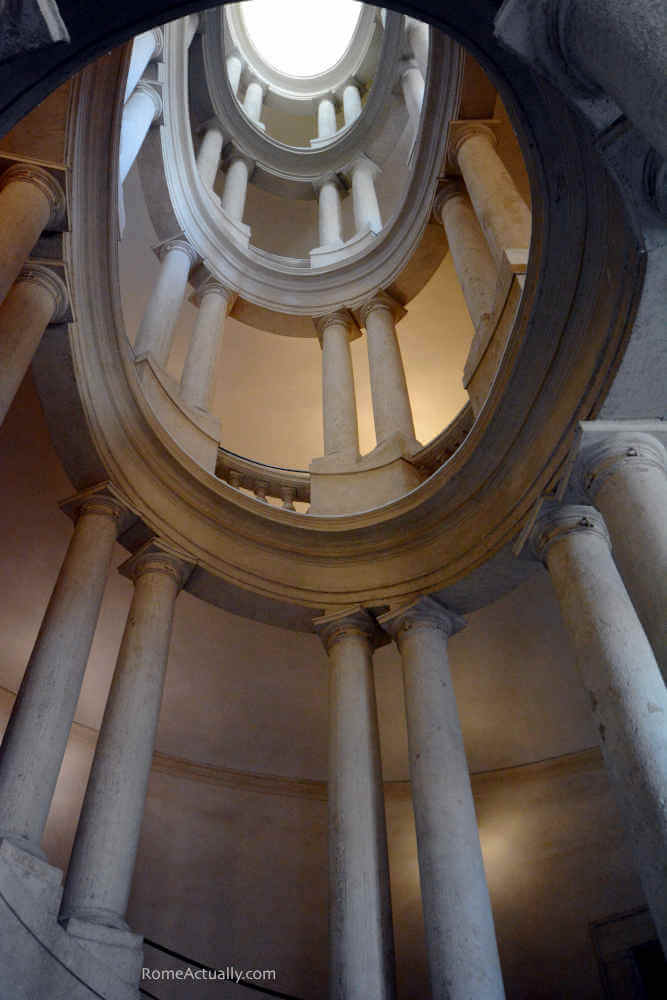
Explore the notable mansion of Palazzo Barberini
A fantastic place to learn more about the glamorous life of Rome’s noble families is Palazzo Barberini , the beautiful, majestic mansion that opens in Via delle Quattro Fontane near Via Veneto, Via del Tritone, and Fontana di Trevi.
Visit this palace for a glimpse of the Barberinis’ past and the rich collection of artwork that gathers masterpieces from Caravaggio, Bernini, Borromini, Pietro da Cortona, and Guido Reni. Make sure you don’t miss the spectacular staircases by Bernini at the entrance and by Borromini at the exit.
Go on a Bernini-themed tour
Gian Lorenzo Bernini has been one of the most prolific artists in Rome’s Baroque period, often regarded as the creator of Baroque sculpture and one of the leading architects, sculptors, and painters.
You can find Bernini’s Roman masterpieces scattered all around the city. Churches, fountains, sculptures, paintings, you name it, he did it. From the Four Rivers fountain in the heart of Piazza Navona to Palazzo Barberini to the world-famous colonnade of Saint Peter’s Square, you can find the touch of this incredible artist in many of the artwork that makes Rome so beautiful.
Seek out Borromini’s genius
Contemporary and eternal rival of Bernini, Borromini was an architectural genius. Unlike his peer, he was an introvert and quite bad-tempered, and this is mainly why he gained fewer commissions than Bernini who, on the other hand, was more talented in cultivating and nurturing relationships with the influential people of his time.
Some of Borromini’s masterpieces in Rome you shouldn’t miss include the gorgeous Sant’Agnese in Agone church in Piazza Navona and Sant’Ivo alla Sapienza in Corso del Rinascimento near the Pantheon.
What to do in Rome for a romantic trip
One of the best destinations for your honeymoon in Italy, there are many romantic things to do in Rome .
Evening walk along the Tiber
There is hardly anything more romantic in Rome than a night stroll along the Tiber river. The city lights and the landmarks you visited during the day reflect on the calm waters creating a beautiful view.
Enjoy a couple spa treatment
Many hotels offer spa treatments in Rome, but some are really romantic, especially those set in ancient Roman ruins. Such as the wellness center of Hotel Lunetta near Campo de’ Fiori where you can do a sauna, enter the steam room, and do a couple massage.
Enjoy a beautiful view
Thankfully, there is no shortage of such a thing in Rome. Go to the Garden of the Oranges in the Aventine Hill, enjoy the view from the Pincio Terrace in Villa Borghese, climb the dome of St. Peter’s Basilica or take a stroll on the Monte Mario hill for a scenic view from the Astronomical Observatory. From wherever you look, the landscape will be stunning.
Reserve a romantic dinner
No shortage of romantic restaurants in Rome. Candle-lit tables, alfresco options, beautiful views, and historical locations contribute to making the ambiance romantic and perfect for a date. Some of my favorite restaurants? Settimo in the Sofitel Villa Borghese Hotel for a fantastic view, Aroma in the 5-star Palazzo Manfredi hotel, Perpetual gourmet restaurant near the Colosseum.
WANT TO READ IT LATER? PIN IT TO YOUR BOARD!
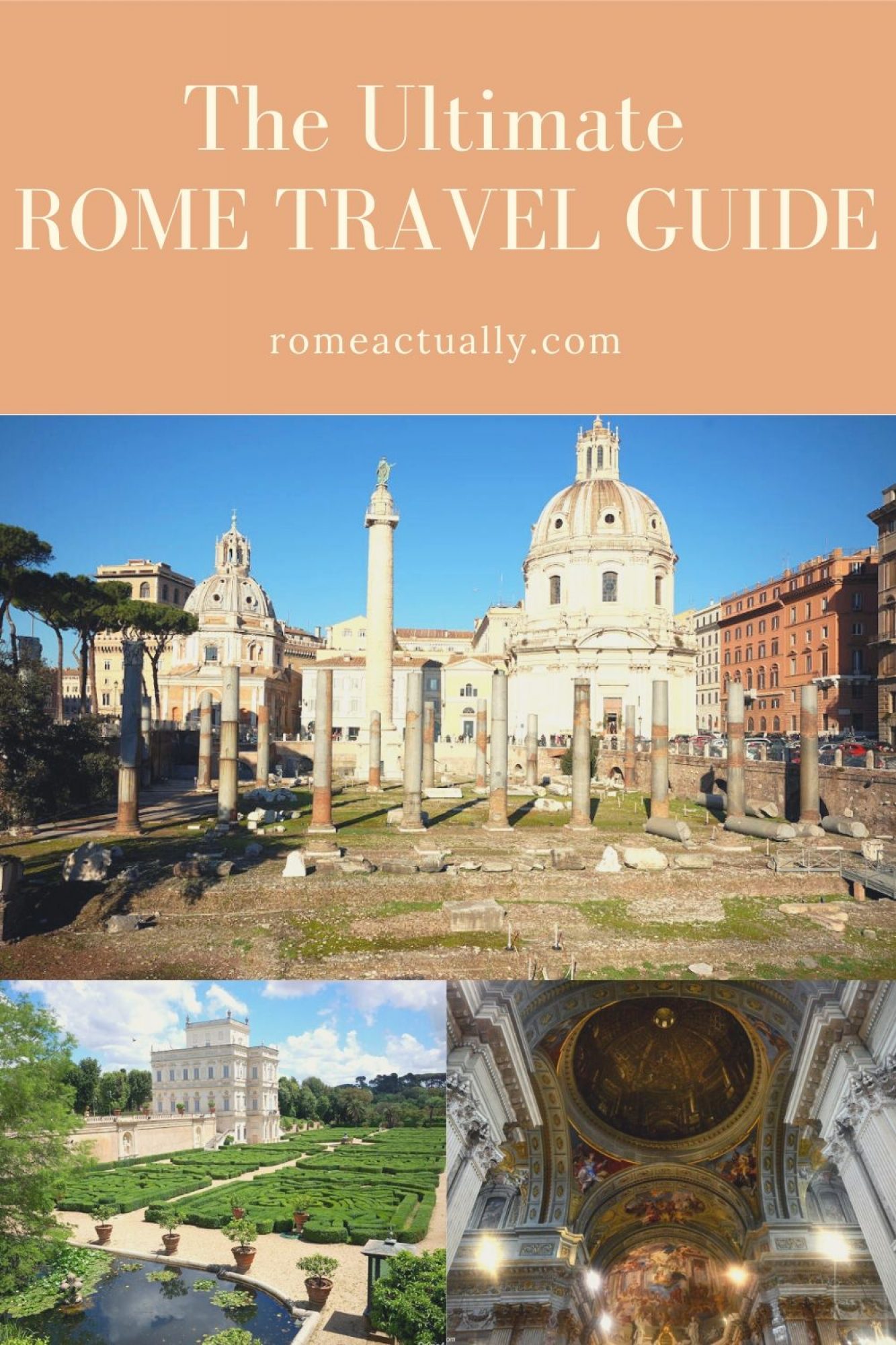
About The Author: Angela Corrias
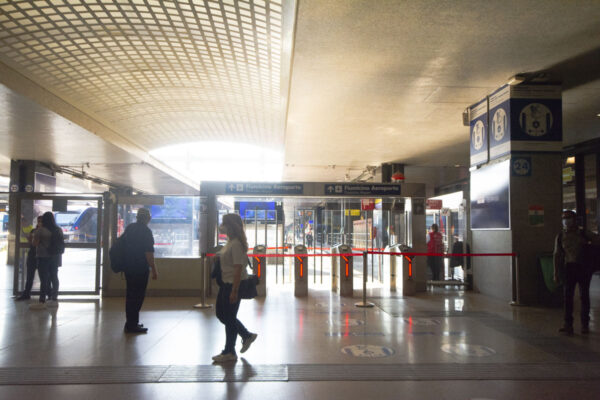
Traveling from Rome Termini to Fiumicino Airport – All You Need to Know
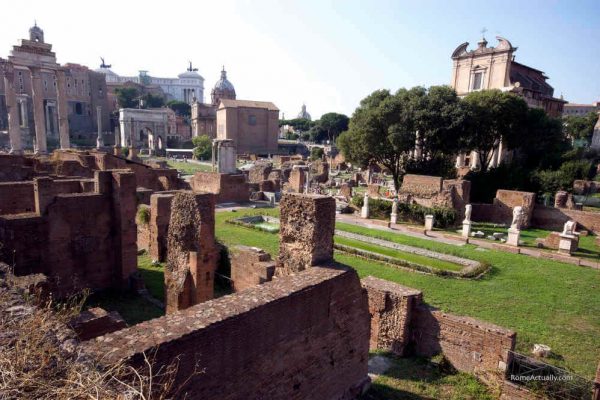
Birthday of Rome, All You Need to Know About the 21st of April in Rome (2024)
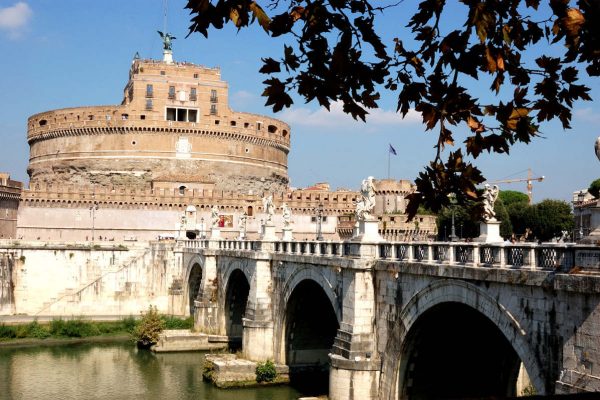
Rome in 2 Days: How to Make the Best of a Weekend in Rome

Rome Public Transport – Easy and Complete Guide
1 thought on “101 Fantastic Things To Do In Rome”
Thank you so much for this great information on Rome. God bless you.
Leave a Comment Cancel reply
This site uses Akismet to reduce spam. Learn how your comment data is processed .
Privacy Overview

Tourism Through the Ages: The Human Desire to Explore
- Read Later
Although taking a summer vacation is now a standard aspect of modern-day civilization for many, it wasn’t always that way. Tourism was far less common in ancient times than it is today, but that certainly doesn’t mean it didn’t occur at all. Even in ancient times, people had a natural curiosity about the world around them and yearned to explore.
However, tourism didn’t necessarily look the same then as it does now. So what did tourism look like, and where did ancient peoples like to travel the most? What was the perception of tourists in ancient times versus today?
What was Ancient Tourism Like?
Tourism as we think of it has not always existed. In fact, travel was not possible for most people in ancient times. Travel was often difficult and full of dangers such as disease , starvation, dehydration, or death by wild animals. Because of this, travel was often seen as too risky unless absolutely necessary, such as for relocation, or religious, political, or medical purposes.
However, travel did still happen. Armies would travel to take over new lands or conquer new cities. Tradesmen would travel to popular trade spots throughout their countries to sell goods for profits, while others would travel there to buy utilitarian or luxury items for their homes. Others would travel for important religious ceremonies that they were required to attend. Travel of this nature was considered a need within society, rather than a want, so not tourism as such.
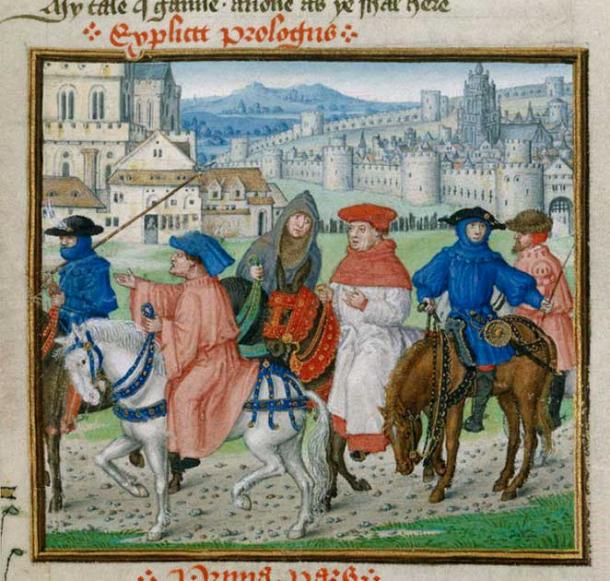
Lydgate and Pilgrims to Canterbury. Early ‘tourism’ was frequently for religious ceremonies and pilgrimages. (Jim Forest / CC BY NC ND 2.0 )
As time went on, technology advanced. With the expansion of roads and the development of more efficient travel using boats , chariots , and carriages, travel for leisure, or tourism, became an intriguing possibility. However, many individuals struggled with the same tourism questions we do today: if they could even afford to travel, and if they could, where they would go.
Early tourists tended to avoid cities with political or civil unrest as it could be dangerous in the event of an uprising. It’s unsurprising these would be eliminated as tourism destinations . They would also avoid cities their own regions had hostility towards, as that was also considered risky business. They would instead choose regions that were not known to be dangerous, just to see what was out there.
Although technological advancements made travel easier than walking or horseback, it was still perilous and time-consuming. Travelers would often bring small weapons for protection, along with any money they planned to spend. Travel would take from a few days to a few weeks (or even a few months!), depending on how far they planned to venture out. This also meant having to take preserved food with them to last the journey, or knowing where to stop along the way to find food when hungry. There were few to no establish tourism ‘rest stops’ in ancient times.
- Colosseum Will Have a Floor For The First Time in 1500 Years!
- Ancient Journeys: What was Travel Like for the Romans?
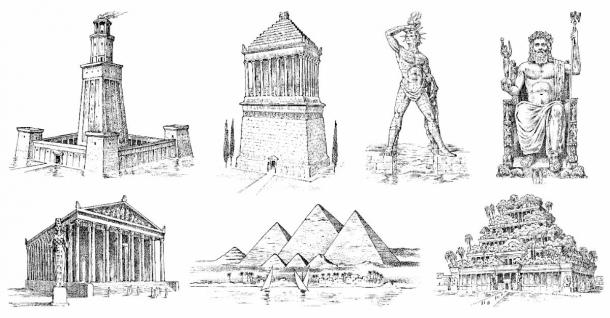
The Seven Wonders of the Ancient World ( artbalitskiy / Adobe Stock)
Tourism Destinations of the Ancient World
There were many tourism destinations available in ancient times, but some were more popular than others. Particularly, ancient tourists enjoyed tourism spots that served multiple purposes. This started as early as the times of the ancient Egyptians , who often traveled for government activities but would stay in foreign areas longer than necessary to enjoy the local shops, restaurants, games, and other forms of entertainment.
This desire to stay abroad for entertainment continued with the Roman Empire. The Romans developed a system of roads that covered approximately 50,000 miles, in order to make travel easier. At the time, traveling 30 miles would take about a day, and they used that information to establish an inn system. Through this system, an inn would be placed approximately every 30 miles, so that you always knew you had a place to rest in the evenings as you traveled out.
With more tourism establishments like inns along the roads , travel felt safer as well. There would be more people present in case of an emergency, and a lower chance of running out of food or water. The risk of natural predators would be lower as well, since travel would no longer take place through endless plains or overgrown wilderness. The Roman system became so well-established that people from surrounding areas would visit Rome, just to see the roads, inns, and other established infrastructure.
Language and currency were an important part of tourism at this time as well. If your destination used a different currency or spoke a different language, you would likely be a bit reserved about spending much time there (if any time at all!). As a result, common tourism areas did business in several common languages, so they could be more inclusive of visitors and receive more tourism.
Tourism in the Middle Ages: Risky Business
After the fall of the Roman Empire , tourism was not the same. In fact, tourism hardly happened at all anymore because there was too much risk involved. Nations were at war with one another, and traveling to a new place meant inevitable danger for the traveler and their family. Lots of the efficient transportation infrastructure were now destroyed, and languages were more separated than ever.
Travel returned to being a necessity rather than a vacation. Religious and political motives were the primary causes of any travel, as nations attempted to overtake one another. Trade routes had to be re-established, although many were still unwilling to risk the trek. It wasn’t until Marco Polo took the risk and began to write about his solo tourism in the 13th century that people began taking interest in exploration again.
By the Renaissance , trade began to take hold once more, and so merchants were willing to travel further than before. Additional trade and tourism businesses opened, and commercialism steadily increased, especially in Europe. People that would visit these trading posts to purchase new and luxury goods would wonder what the rest of the world was like, especially the sources of their favorite goods. This then ushered in the Grand Tour Era.
- Why Did Ancient People Travel Thousands of Kilometers for Incense?
- The Surprising and Iconic Bronze Age Egtved Girl: Teenage Remains Tell a Story of Trade and Travel
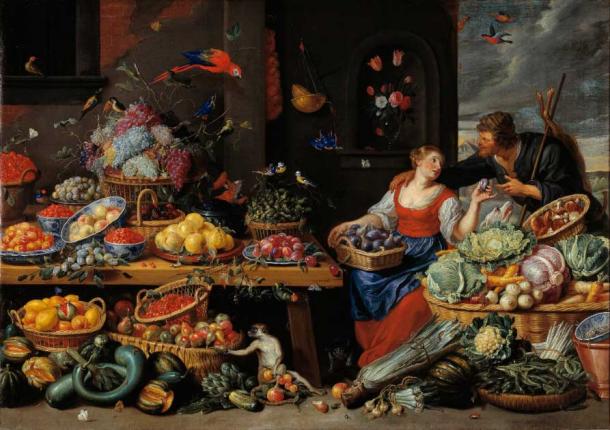
Exotic new products entering Renaissance markets fed a desire for tourism, Jan van Kessel the Elder 1650-1660 ( Public Domain )
The Grand Tour Era: Tourism for the Rich and Famous
The Grand Tour Era, as can be assumed by its name, was a major point in history for tourism. Between 1613 and 1785, the Grand Tour Era established tourism as a norm throughout many societies. However, it wasn’t always easy. Traveling at this time was mostly reserved for the upper classes, as travel and lodging had increased in price due to high demand. Rooms that could be provided for an average family were instead reserved for those able to pay the most.
Tourism was also held in high regard at this time because it was often used as a form of education. The children of the wealthy would travel abroad to gain an understanding of the world around them, making them more knowledgeable and well-rounded. Someone who’d had the opportunity to engage in tourism was seen as having a higher status than most, since they were perceived as more educated.
The most popular tourism regions at this time included Germany, Italy, France, and Switzerland. Europeans would often travel to these countries by carriage because it was more comfortable. Their carriage would be driven by an experienced chauffeur familiar with the routes, to make travel as efficient as possible. Tourists would frequently bring someone with them that would care for them, whether a servant or a more experienced traveler.
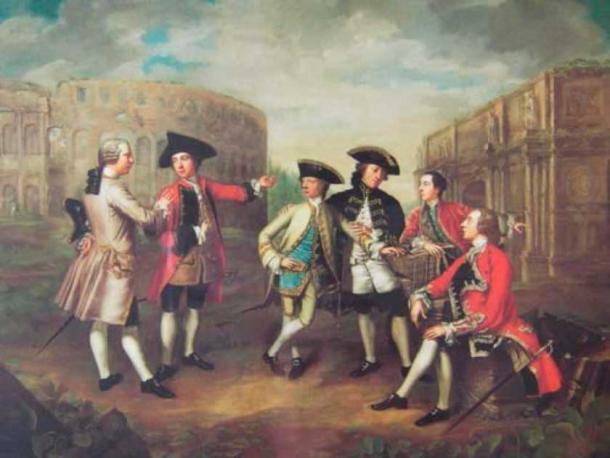
British Gentlemen in Rome, circa 1750 ( Public Domain )
Ushering in a New Era: The Industrial Revolution to Modern Times
Towards the end of the 18th century, tourism faced new challenges. The Industrial Revolution had changed tourism forever. Since people had more stable employment, they couldn’t take off for long periods of time to travel. Workers were stuck in their factories and businesses all week, unable to leave without jeopardizing the entire organization. Teamwork was essential and left no flexibility for vacationing.
However, the Industrial Revolution also helped people to travel more easily too. With new technology, travel became more efficient. Plus, for many workers, higher salaries contributed to their ability to go on a nice vacation. Additionally, business trips were increasing, to open more businesses and factories.
After several decades tied down to work and missing out on tourism experiences, workers began tiring of their overworked schedules. With more money came greater desire to expand one’s worldview. Planes, cars, and boats could be used to travel more quickly and comfortably than before. Office jobs also became more popular for their greater flexibility, and paychecks began to be used to see the world.
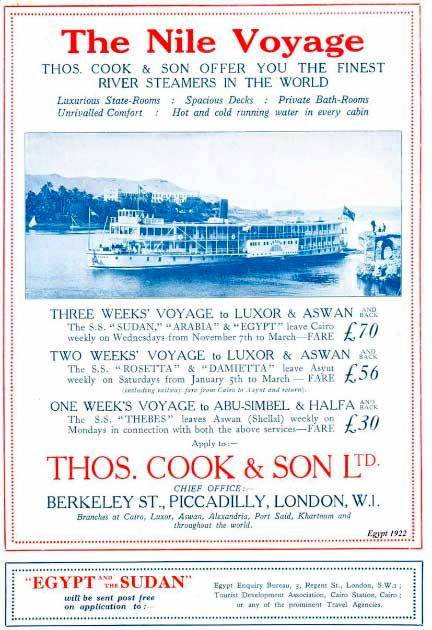
A 1922 Thomas Cook ad for a three-week trip on the Nile for £70 ($80) ( Public Domain )
At this point, tourism became an essential part of a fulfilling life. Countries such as France became hot spots for tourism because they had advanced technology and roads compared to other regions. Thomas Cook, an English businessman, inspired those without tourism experience to take a leap and go on an adventure. Later, paid work leave established for many in the 20th century ensured that more families could take the time to travel. It was the biggest increase in tourism since the Grand Tour Era.
Throughout the 20th century, hotels and motels became more common businesses worldwide, further fueling the tourism industry. Later, the development of credit cards helped lower-income families afford vacations more easily. Credit cards also helped universalize currency, so traveling between countries and buying necessities became more efficient. In the 21st century, traveling has become more accessible than ever.

1957 postcard showing tourism airline interior (Joe Haupt / CC BY SA 2.0 )
Tourism Today: Roadside Attractions, Cruises, #VanLife, and more
Tourism in ancient times could be difficult, but those early tourists certainly made the most of it. Today, travel and tourism are certainly much simpler than they were back then. There is more available information about different countries that can be considered before taking a trip, and most frequent travelers are looking for more than just new scenery. Tourism agencies now seek to put together packages for those looking for adventure, romance, or knowledge.
The biggest difference between ancient and modern tourism is purpose. While ancient people traveled as a way to learn about the world around them, modern tourists seek to gather and savor experiences. Experiencing new places and cultures is more fulfilling than simply learning about the place online. If nothing else, travel nowadays is certainly much more efficient and luxurious than ever before. After all, aren’t you glad you don’t have to take a chariot everywhere?
Top image: Vintage postcard showing European tourism destinations. Source: Freesurf /Adobe Stock
By Lex Leigh
A Historical View of Tourism . Study.com. (n.d.). Available at: https://study.com/academy/lesson/a-historical-view-of-tourism.html
Gyr, U. (December 13, 2010). The History of Tourism: Structures on the Path to Modernity . EGO. Available at: http://ieg-ego.eu/en/threads/europe-on-the-road/the-history-of-tourism/ueli-gyr-the-history-of-tourism
Rodriguez, C. P. (June 16, 2020). Travelling for Pleasure: A Brief History of Tourism . Europeana. Available at: https://www.europeana.eu/en/blog/travelling-for-pleasure-a-brief-history-of-tourism
Stainton, H. (May 27, 2022). The Fascinating History of Tourism . Tourism Teacher. Available at: https://tourismteacher.com/history-of-tourism-2/
Tourism . (n.d.) Encyclopedia Britannica. Available at: https://www.britannica.com/topic/tourism

Lex Leigh is a former educator with several years of writing experience under her belt. She earned her BS in Microbiology with a minor in Psychology. Soon after this, she earned her MS in Education and worked as a secondary... Read More
Related Articles on Ancient-Origins

Guide: the historical places in Rome (itinerary)
Rome, the capital of Italy, is an ancient city filled with treasuries of history and culture; With a history spanning more than 2,500 years, Rome is home to some of the world’s most iconic and historical places. From the Colosseum’s grandeur to the intricacies of the Roman Forum, the city is a testament to the achievements of one of the world’s greatest civilizations. The ancient Romans left a lasting legacy of historical places that continues to fascinate people to this day.
This itinerary is filled with the most historical places in Rome, such as the St. Clement Basilica, the Villa Gregoriana, and the Colosseum. These places will give you a deeper understanding of the history and culture of ancient Rome and the impact it had on the world today. I am excited to take you on this journey and share my knowledge and passion for this incredible city. Let’s get started!
Page Contents
Tips for visiting Ancient Rome
- Rome is known for its waiting in lines, so don’t try and attempt to visit every landmark in Rome during your trip unless you’re staying for a week or longer. Instead, savor the city’s atmosphere and try to discover some more unique landmarks.
- Try to visit the historical places in Rome during the off-peak season: it can get very crowded, especially during the summer months. Visiting during the off-peak season (spring or autumn) will give you a more pleasant experience.
- Ancient Rome has a rich history, with many layers of history to uncover. Consider taking a guided tour from an archaeologist, as they will be able to give you a deeper understanding of the history and significance of the sites you are visiting.
- When it comes to food, Rome is a true paradise for travelers. The city is renowned for its delicious traditional Italian cuisine , so we created a Foodie’s Guide that lists the best places to eat in Rome .
- One tip is to pick a place to stay in the city’s historic center when visiting ancient Rome. This will allow you to easily visit popular landmarks such as the Colosseum, the Roman Forum, and the Pantheon, all of which are located within a few kilometers of each other.
Rome Itinerary day 1: Ancient Rome from Above
We start our journey through some of the historical places in Rome from above by visiting some places that are off the beaten path.
Our first stop on this itinerary is the neighborhood of Trastevere, one of the oldest and most charming neighborhoods in Rome. Trastevere is known for its narrow, winding streets, colorful buildings, and lively atmosphere. It’s a great place to wander and discover the city’s hidden gems. Here you can find some of the best restaurants, bars, and pubs in town. We will also visit the beautiful church of Santa Maria in Trastevere, one of the oldest churches in Rome and a must-see for any history buff.
We start this journey by venturing away from the Tiber River to discover the charming area around Trastevere. You’ll recognize this region by its picturesque and medieval streets. In the western part of the neighborhood, you’ll find the Vicolo della Frustra steps, guiding you to the top of the hill.

Tempietto del Bramante
Before arriving at the top, we’ll come across the Tempietto del Bramante, a small circular temple built in the early 16th century by the famous Italian architect Donato Bramante. It is known for its architectural and artistic significance as one of the most important examples of High Renaissance architecture. It is a masterpiece of architectural harmony, proportion, and symmetry.
According to the legends, Saint Paul (the most influential apostle of Jesus Christ) was beheaded on the site where the Tempietto del Bramante now stands because of his efforts to spread the message of Christianity.
Janiculum Hill
When we continue our hike, we arrive at Janiculum Hill, one of the most charming and panoramic spots in Rome; here, we can see the entire city and get a sense of the ancient Roman’s lay of the land.
Next to its view, Janiculum Hill is also home to several important monuments and landmarks; The most famous one is the Fontana dell’Acqua Paola, a beautiful fountain built in 1612 – the perfect spot to take a break, enjoy the view and take some pictures.
Janiculum Hill is also famous for the “Gianicolo cannon” which is fired every day at noon, following a tradition that dates back to 1847. The cannon fire signals the city and the surrounding hills that it’s noon and also a way of testing the cannon.
Janiculum Terrace
On the top of this hill, we also find the Janiculum Terrace, one of the most panoramic terraces in Rome. From here, you can enjoy a beautiful view of the city and the surrounding hills. It’s a perfect spot to end our first day and take one last look at the ancient city of Rome before heading back down.
Rome Itinerary day 2: Ancient Rome from Below
On our second day visiting the historical places in Rome, we explore the ancient ruins and structures that lie beneath the modern city.
Because when we walk through the city, we notice that many of the buildings and monuments have a certain aged appearance. This is because they are built on top of ancient ruins or made of ancient materials. This is because Rome has been built, rebuilt, and repurposed many times throughout its history.
For instance, let’s take the example of the Domus Aurea or “Golden House” of Emperor Nero, a palace complex built after the fire of 64 AD, that was later covered with earth and debris. It was rediscovered in the 15th century after being buried and forgotten for centuries.
The city of Rome is covered with these ancient catacombs, subterranean tombs, and underground structures that lie beneath the city. The Catacombs of San Callisto and the Catacombs of San Sebastiano are two of the most famous and well-preserved examples.
Stazione San Giovanni Metro C
We start our second day in Rome on The Metro C train, also known as the Rome Metro Line C. It is a relatively new metro line in Rome, as it only has been in operation since 2014. But what makes it special are the several important archaeological discoveries that were made during the construction!
The metro line construction required digging deep beneath the city of Rome, which allowed archaeologists to study the layers of history beneath Rome.
Many of the discoveries made during the construction of the Metro C train were ancient Roman ruins and artifacts. Some of the most notable finds include the remains of an ancient Roman theater from the 2nd century AD, the remains of an ancient Roman market, a Roman road, an ancient Roman bath, and a Roman tomb from the 1st century AD.
Most of the ruins and artifacts discovered during the metro line construction are on display in museums or in situ. Still, the station is covered with giant infographics that show and explain the history of this part of the city.
St. Clement Basilica
Another location where you can admire these ruins is the Basilica of Saint Clement, as it is known for its rich history and cultural significance; It has been a place of worship for over 1800 years and has witnessed many important events in the history of Rome and Christianity.
This is because the church was built on the site of an earlier church that was constructed in the 1st century AD, making it one of the oldest churches in Rome. The current church, which dates back to the 12th century, is built on top of the remains of the earlier church, as well as a 4th-century church and a 1st-century Roman house.
This church is named after Saint Clement, the third pope of Rome and one of the early Christian martyrs. According to legends, Saint Clement was exiled to the Black Sea region and was martyred there. His remains were later brought back to Rome and buried in this church.
However – the most notable feature of the Basilica of Saint Clement is its subterranean levels, which reveal the layers of history beneath the church. Visitors can explore the remains of the 1st-century Roman house, which was discovered during excavations in the 19th century. The house features frescoes, mosaics, and an underground cistern, providing a glimpse into the daily life of ancient Romans.
The 4th-century church, which was discovered during excavations in the 20th century, features well-preserved frescoes and mosaics, which are considered some of the most important examples of early Christian art.
The 12th-century church, which is the current church, features beautiful frescoes, mosaics, and a reliquary containing Saint Clement’s skull. The church also has a beautiful cloister, a peaceful and quiet place to reflect and admire the architecture.
Domus Aurea
The last location to spend our day between these ancient catacombs and underground structures underneath the city, is Domus Aurea.
The Domus Aurea , or “Golden House”, was a palace complex built by Emperor Nero in 64 AD, after the “Great fire of Rome” destroyed much of the city of Rome. The palace was known for its grandeur, and it covered an area of over 100 acres, including part of the Palatine Hill and the Oppian Hill, stretching as far as the Colosseum. It was a grand palace with frescoes, mosaics, and sculptures in every room, and it was said to have included artificial lakes, fountains, and a great golden statue of Nero himself.
The palace was abandoned after the death of Nero in 68 AD and was later covered with earth and debris and thus lost to history. The palace was rediscovered in the late 15th century by the Italian scholar Raphael and his friends, who stumbled upon a cave-like space while digging in the area. The artist was fascinated by the frescoes and decorations he found, and he started to explore the space and he began to spread the word about the discovery, attracting a lot of attention.
This rediscovery of the Domus Aurea marked a turning point in the history of art and architecture. The frescoes and decorations of the palace, which were preserved for centuries, profoundly influenced the development of Renaissance art.
The Domus Aurea was opened to the public in 1999 after a long and complex restoration process aimed to preserve the frescoes and decorations while making them safe for visitors. Today, visitors can take guided tours of the palace to admire the frescoes and decorations and to understand the grandeur and opulence of the palace of Emperor Nero.
Rome Itinerary day 3: Ancient Rome through Borromini’s Baroque Masterpieces
On our third day wandering around Rome, we plan to discover some of the most beautiful and significant Baroque masterpieces made by Francesco Borromini , one of the most important Baroque architects in Rome in the 17th century.
He left a significant architectural legacy in the city, and today we’re visiting his notable Baroque masterpieces in Rome.
Chiesa di San Carlino alle Quattro Fontane
First, we will visit the Church of San Carlino alle Quattro Fontane, also known as the Church of St. Charles at the Four Fountains. This church is considered one of the masterpieces of the Baroque architect Francesco Borromini.
The church was built in the 17th century, during the Baroque period, and it is known for its striking curved facade, which is adorned with four fountains, and its beautiful dome. The church is also known for its unique and innovative design, incorporating Renaissance and Baroque elements.
Inside, the church is equally impressive, with its ornate decoration, frescoes, and sculptures. Borromini himself made the church’s decoration, which is also famous for its beautiful dome, adorned with frescoes and sculptures.
The church is open to visitors throughout the year, and guided tours are available to help visitors understand the historical and cultural significance of the church.
St. Ivo alla Sapienza
Next, we will visit the St. Ivo alla Sapienza. This church is known for its striking and unique design, incorporating elements of both the Renaissance and the Baroque. The church was built for the University of Rome and was used as a place of worship for the students and as a theater.
Nowadays, the church is known for its striking and unique design, which incorporates Renaissance and Baroque elements. One of the most notable features of St. Ivo alla Sapienza is its dome, which is adorned with frescoes and sculptures. The dome is one of the most beautiful examples of Baroque architecture in Rome, and it is a must-see for anyone interested in the history of architecture. The church’s courtyard is also famous for its geometric design and is a notable example of Baroque architecture in Rome.
The Oratory of Saint Philip Neri
Finally, we visit the Oratory of Saint Philip Neri, another church designed by Borromini. This church is known for its striking and unique design, incorporating Renaissance and Baroque elements.
One of the most notable features of The Oratory of Saint Philip Neri is its dome, which is adorned with frescoes and sculptures. The dome is one of the most beautiful examples of Baroque architecture in Rome, and it is a must-see for anyone interested in the history of architecture. Additionally, the church’s facade is impressive as it is adorned with statues.
The church was built by Saint Philip Neri, an Italian priest and founder of the Congregation of the Oratory, a society of secular priests dedicated to a life of apostolic poverty and the spiritual formation of laypeople. The church is still an active place of worship and is open to visitors throughout the year.
Rome Itinerary day 4: Ancient Rome through the Piazzas
Ancient Rome was one of the world’s most powerful and influential empires, and its legacy can still be seen in the city’s piazzas today. These piazzas were the center of political, social, and economic life in ancient Rome and were the sites of many important historical events.
Piazza del Campidoglio
First, we will start our journey by visiting the Piazza del Campidoglio, one of the most famous historical places in Rome. This piazza is located on top of Capitoline Hill, which is the smallest of the seven hills of Rome.
Michelangelo designed the Piazza del Campidoglio in the 16th century and is a beautiful example of Renaissance architecture in Rome. From here, you can enjoy a panoramic view of the Roman Forum, one of Rome’s most important historical places.
The piazza is rectangular, surrounded by three palaces: The Palazzo dei Conservatori, The Palazzo Nuovo, and the Palazzo Senatorio. These palaces are home to some of the most important museums in Rome, including the Capitoline Museums, which house many important works of art and sculptures from ancient Rome.
Saint Peter’s Square
Next, we will head to Saint Peter’s Square, one of the world’s most famous piazzas. This piazza is located in front of Vatican City and is one of the most important historical places in Rome.
The piazza’s centerpiece is the obelisk, an ancient Egyptian monolithic monument; it is 25 meters tall and was brought to Rome by Emperor Caligula in 37 AD. The obelisk was originally erected in the Circus of Nero. Pope Sixtus V moved it to its current location in the 16th century.
The piazza is also home to Saint Peter’s Basilica, which is one of the most important historical places in Rome. The basilica is the mother church of the Roman Catholic Church, the largest church in the world, and is one of the most important examples of Renaissance architecture in Rome.
The Saint Peter’s Square is not only an architectural masterpiece but also an important religious and cultural site, it is the site of many important events in the Catholic Church, such as canonizations, beatifications, and papal elections.
Piazza Navona
Next, we will make our way to Piazza Navona, one of the most famous piazzas in Rome. This is because it houses three beautiful Baroque fountains (Fontana dei Quattro Fiumi, Fontana del Moro, and Fontana del Nettuno) . These fountains are surrounded by beautiful buildings and historic churches, which showcase the beauty and grandeur of Baroque architecture.
The piazza is surrounded by beautiful buildings and historic churches, which showcase the beauty and grandeur of the Baroque architecture. It is also home to several important historical buildings, such as the Church of Saint Agnes in Agony and the Church of Saint Luigi dei Francesi.

Piazza S. Ignazio
Finally, we will visit Piazza S. Ignazio, located on the corner of the Piazza Navona. This piazza is home to the church of Saint Ignatius of Loyola, another example of Baroque architecture. The fresco creates the illusion of a three-dimensional space, which is an architectural and artistic achievement.
Rome Itinerary day 5: Ancient Rome, the ruins.
There are many ancient ruins between the historical places in Rome, as the city has a long and rich history dating back over 2,500 years. These ruins offer a glimpse into the past and provide insight into the daily lives of the ancient Romans.
Rome’s most famous ruins include the Roman Forum, the Colosseum, the Pantheon, and the Baths of Caracalla. Which we’ll all visit today.
Our first stop on our tour of Rome’s ruins is the Colosseum, one of the most iconic and recognizable historical places in Rome, attracting over 7 million people each year.
The Colosseum is an ancient amphitheater built in 80 AD and is one of the greatest engineering feats of the ancient world. It was used for gladiatorial contests and public spectacles such as animal hunts, mock sea battles, and dramas based on classical mythology.
As you enter the Colosseum, you’ll notice the impressive scale of the structure. With a capacity of up to 50,000 spectators, it was the largest amphitheater in the world at the time of its construction. The Colosseum was built using a combination of concrete and stone and still stands today as a testament to the engineering skills of the ancient Romans.
As you make your way around the Colosseum, you’ll learn about the different parts of the structure, including the arena floor, the seating tiers, and the underground chambers. You’ll also learn about the various uses of the Colosseum throughout its history, from gladiatorial contests to public spectacles and even as a quarry for building materials in the Middle Ages.
The Colosseum offers a unique opportunity to gain a deeper understanding of the grandeur and spectacle of ancient Roman culture. It’s not only a must-see destination for anyone visiting Rome, but also it’s one of the most important historical places in Rome. That’s why we would advise you to take a guided tour, as those allow you to visit the underground of the Colosseum. It’s a unique opportunity to see the Colosseum’s hidden parts and better understand how the gladiatorial games were organized.

Roman Forum
Next, we will make our way to the Roman Forum, which is located just a short walk from the Colosseum. The Roman Forum was the center of political and social life in ancient Rome and was once the heart of the Roman Republic and Empire.
The Forum was home to the city’s most important political and religious buildings, including the Temple of Saturn, the Temple of Vesta, and the Curia. It was also the site of many important public speeches and ceremonies.
As you make your way through the Roman Forum, you will see the remains of some of the most significant buildings of ancient Rome. The Temple of Saturn, for example, was the oldest temple in the Roman Forum, dating back to the early days of the Roman Republic. The Temple of Vesta is another important site, it was the goddess of the hearth and home and the most important temple of the Roman state religion. The Curia, which was the meeting place of the Roman Senate, is another notable building.
The Roman Forum is not only an important historical place in Rome but also a great place to explore ancient Roman architecture, it’s a great place to take a stroll and imagine what life was like in ancient Rome. The Roman Forum offers a unique opportunity to gain a deeper understanding of ancient Rome’s political and social life.

Insula Romana
We will then head to Insula Romana, which is located in the Monti neighborhood. The Insula Romana is a group of ancient Roman apartment buildings and is one of the best-preserved examples of ancient Roman domestic architecture. These apartment buildings, also known as insulae, were the homes of the lower and middle classes in ancient Rome and were typically built around a central courtyard.
As you make your way through the Insula Romana, you will see the remains of ancient Roman apartments, which offer a unique glimpse into the daily life of ancient Romans. These apartments were typically three or four stories high and were home to multiple families, each with their own living quarters.
Villa Gregoriana
Finally, we will end our tour at the Villa Gregoriana, a nature park located in Tivoli. The Villa Gregoriana is a beautiful park that was created in the 19th century by Pope Gregory XVI , who wanted to create a public park to showcase the natural beauty of the area and to provide a place for the public to enjoy.
As you make your way through the Villa Gregoriana, you will see a beautiful combination of nature and art. The park features a variety of natural landscapes, including waterfalls, caves, and grottoes, as well as man-made features such as terraces, grottoes, and statues. One of the most impressive features of the park is the Grotta Grande, a large cave that was created by the erosion of a tufa rock, it’s a natural wonder that will leave you in awe.
The park is also a great place to explore the works of art and architecture created by Pope Gregory XVI, who wanted to create a public park to showcase the natural beauty of the area and provide a place for the public to enjoy. It’s a great place to explore the natural beauty of the area and enjoy the works of art and architecture that Pope Gregory XVI created.
Save for later …

Share this:
Hey there! I'm Elliot Clennam, a passionate photographer based in Brussels, Belgium. My love for capturing the essence of my surroundings has led me on countless adventures, from exciting road trips to bustling city escapes.
Similar Posts
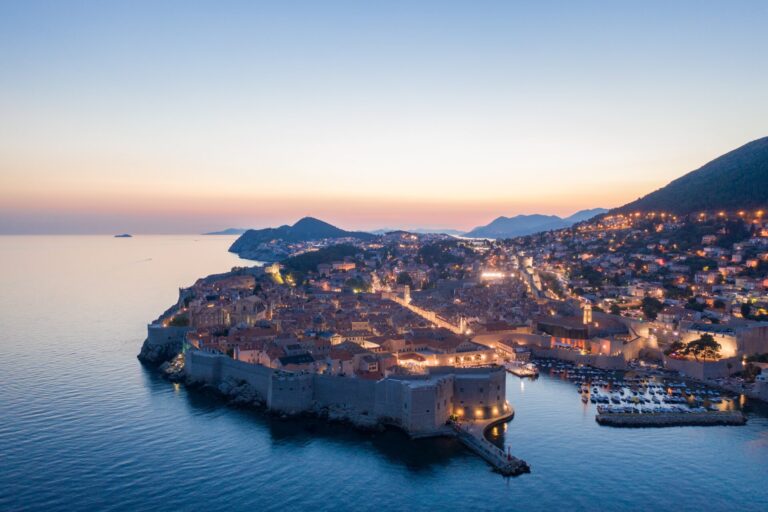
65 Croatia captions for Instagram (Puns, Quotes & Short Captions)
Croatia is a country that is full of beauty, from its untouched landscapes to its vibrant cities. From Dubrovnik…

Hängeseilbrücke Geierlay: Swinging over a German valley
What’s a better way to celebrate the end of the lockdown than visit the German village Mörsdorf and shoot…
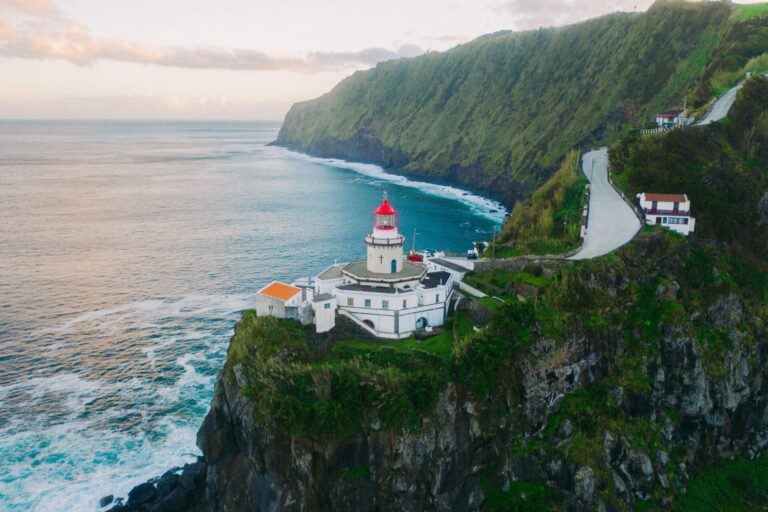
Top 7 Most Beautiful Places to Visit in The Azores, Portugal
The Azores, located in the middle of the North Atlantic Ocean, is a hidden gem of Portugal. Comprising nine…
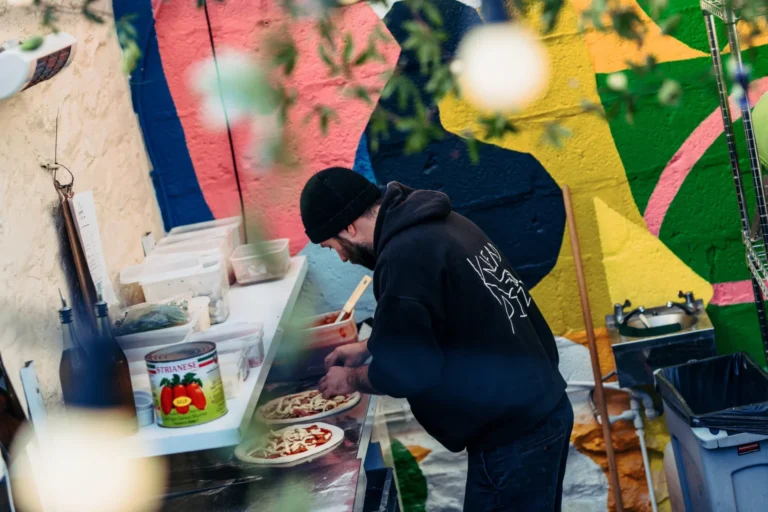
The 7 Best Places to Eat in Plymouth, United Kingdom
Plymouth is a port city located on the south coast of England, with a rich history that has significantly…
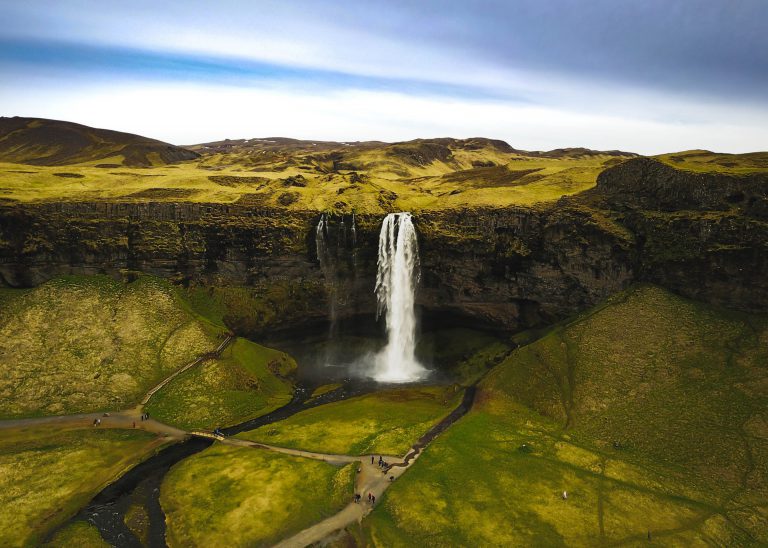
What you need to know about visiting Iceland
Iceland is known as being a beautiful country with striking landscapes, astonishing waterfalls and erupting volcanoes. However, to plan…

Étretat, the most beautiful cliffs of Normandy
When you’re looking to discover the under-explored beaches of Normandy in France, you’ll most definitely have to stop in…
- Travel, Tourism & Hospitality ›
- Leisure Travel
Tourism in Rome - statistics & facts
Has tourism in rome recovered from the impact of covid-19, accommodation in rome, key insights.
Detailed statistics
Number of international arrivals in tourist accommodation in Rome 2014-2022
Leading inbound travel markets in Rome 2019-2022, by number of arrivals
Number of domestic tourist arrivals in Rome 2014-2022
Editor’s Picks Current statistics on this topic
Current statistics on this topic.
Museums & Galleries
Number of visitors to the Colosseum archaeological park in Rome 2012-2022
Destinations
Most visited Italian municipalities 2019-2022, by overnight stays
Related topics
City tourism in europe.
- Tourism in Italian cities
- Tourism in Venice
- Tourism in London
- Tourism in Paris
- Travel and tourism in Europe
- Travel and tourism in Italy
- Travel and tourism in France
- Travel and tourism in Spain
Recommended statistics
- Premium Statistic Monthly number of international tourist arrivals in Italy 2018-2024
- Premium Statistic Monthly tourism balance in Italy 2019-2024
- Premium Statistic Most visited Italian municipalities 2019-2022, by overnight stays
- Basic Statistic Travel and tourism's direct contribution to GDP in Rome 2019-2022
- Premium Statistic Cruise passenger movements at the port of Civitavecchia in Italy 2016-2022
Monthly number of international tourist arrivals in Italy 2018-2024
Number of international tourist arrivals in Italy from January 2018 to January 2024 (in 1,000s)
Monthly tourism balance in Italy 2019-2024
Monthly tourism balance in Italy from January 2019 to January 2024 (in million euros)
Municipalities with the highest number of tourist overnight stays in Italy from 2019 to 2022 (in 1,000s)
Travel and tourism's direct contribution to GDP in Rome 2019-2022
Direct contribution of travel and tourism to GDP in Rome, Italy from 2019 to 2021, with a forecast to 2022 (in billion euros)
Cruise passenger movements at the port of Civitavecchia in Italy 2016-2022
Number of cruise passenger movements at the port of Civitavecchia in Italy from 2016 to 2022
International tourism
- Premium Statistic Number of international arrivals in tourist accommodation in Rome 2014-2022
- Premium Statistic Leading inbound travel markets in Rome 2019-2022, by number of arrivals
- Premium Statistic Number of inbound overnight stays in tourist accommodation in Rome 2014-2022
- Premium Statistic Leading inbound travel markets in Rome 2019-2022, by number of overnight stays
Number of international arrivals in tourist accommodation establishments in Rome, Italy from 2014 to 2022 (in 1,000s)
Leading international travel markets in Rome, Italy from 2019 to 2022, by number of arrivals (in 1,000s)
Number of inbound overnight stays in tourist accommodation in Rome 2014-2022
Number of international overnight stays in tourist accommodation establishments in Rome, Italy from 2014 to 2022 (in 1,000s)
Leading inbound travel markets in Rome 2019-2022, by number of overnight stays
Leading international travel markets in Rome, Italy from 2019 to 2022, by number of overnight stays (in 1,000s)
Domestic tourism
- Premium Statistic Number of domestic tourist arrivals in Rome 2014-2022
- Premium Statistic Number of domestic overnight stays in Rome 2014-2022
- Premium Statistic Domestic tourist arrivals in hotels of Rome 2013-2022
- Premium Statistic Domestic overnight stays in hotels of Rome 2013-2022
Number of domestic tourist arrivals in travel accommodation establishments in Rome, Italy from 2014 to 2022 (in 1,000s)
Number of domestic overnight stays in Rome 2014-2022
Number of domestic overnight stays in travel accommodation establishments in Rome, Italy from 2014 to 2022 (in 1,000s)
Domestic tourist arrivals in hotels of Rome 2013-2022
Number of domestic tourist arrivals in hotels of Rome, Italy from 2013 to 2022 (in 1,000s)
Domestic overnight stays in hotels of Rome 2013-2022
Number of domestic overnight stays in hotels of Rome, Italy from 2013 to 2022 (in 1,000s)
- Premium Statistic Number of hotels in Rome 2019-2022, by rating
- Basic Statistic Number of hotels in Rome 2021, by sub-municipality
- Premium Statistic Leading travel destinations in Italy 2022, by number of chain hotels
- Premium Statistic Leading travel destinations in Italy 2022, by number of chain hotel rooms
- Premium Statistic Average cost of overnight accommodation in Rome 2020-2023, by month
- Premium Statistic Most expensive cities for average price in four-star hotels in Italy 2023
- Premium Statistic Italian cities with the highest occupancy rate in four-star hotels 2023
Number of hotels in Rome 2019-2022, by rating
Number of hotel establishments in Rome, Italy from 2019 to 2022, by rating
Number of hotels in Rome 2021, by sub-municipality
Number of hotel establishments in Rome, Italy in 2021, by sub-municipality
Leading travel destinations in Italy 2022, by number of chain hotels
Leading travel destinations in Italy in 2022, by number of chain hotels
Leading travel destinations in Italy 2022, by number of chain hotel rooms
Leading travel destinations in Italy in 2022, by number of chain hotel rooms
Average cost of overnight accommodation in Rome 2020-2023, by month
Average cost of overnight accommodation in Rome, Italy from January 2020 to December 2023 (in euros)
Most expensive cities for average price in four-star hotels in Italy 2023
Most expensive cities for average price per night in four-star hotels in Italy as of December 2023 (in euros)
Italian cities with the highest occupancy rate in four-star hotels 2023
Leading cities for average occupancy rate in four-star hotels in Italy in 2023
Non-hotel accommodation
- Basic Statistic Non-hotel accommodation establishments in Rome 2019-2022, by type
- Basic Statistic Number of Airbnb listings in Rome 2023, by room type
- Basic Statistic Average price per night of accommodation on Airbnb in selected Italian cities 2023
- Basic Statistic Number of bed and breakfasts in Rome 2021, by sub-municipality
- Basic Statistic Number of vacation rentals in Rome 2021, by sub-municipality
Non-hotel accommodation establishments in Rome 2019-2022, by type
Number of non-hotel accommodation establishments in Rome, Italy from 2019 to 2022, by type
Number of Airbnb listings in Rome 2023, by room type
Number of Airbnb listings in Rome, Italy as of December 2023, by room type
Average price per night of accommodation on Airbnb in selected Italian cities 2023
Average price per night of accommodation establishments listed on Airbnb in selected Italian cities as of December 2023 (in euros)
Number of bed and breakfasts in Rome 2021, by sub-municipality
Number of bed and breakfasts in Rome, Italy in 2021, by sub-municipaility
Number of vacation rentals in Rome 2021, by sub-municipality
Number of short-term vacation rentals in Rome, Italy in 2021, by sub-municipality
- Basic Statistic State museums, monuments, and archaeological areas in Lazio 2022, by province
- Basic Statistic Attendance to state museums in Lazio 2022, by province
- Basic Statistic Income of state museums in Lazio, Italy 2019-2022, by province
- Premium Statistic Number of visitors to the Colosseum archaeological park in Rome 2012-2022
- Basic Statistic Number of visitors to the Mausoleum of Hadrian in Rome 2019-2022
State museums, monuments, and archaeological areas in Lazio 2022, by province
Number of state museums, monuments, and archaeological areas with paid and free admission in Lazio, Italy in 2022, by province
Attendance to state museums in Lazio 2022, by province
Number of visitors to State museums, monuments, and archaeological areas with paid and free admission in Lazio, Italy in 2022, by province
Income of state museums in Lazio, Italy 2019-2022, by province
Income of state museums, monuments, and archaeological areas in Lazio, Italy from 2019 to 2022, by province (in euros)
Number of visitors to the Colosseum, Roman Forum, and Palatine Hill archaeological park in Rome, Italy from 2012 to 2022 (in 1,000s)
Number of visitors to the Mausoleum of Hadrian in Rome 2019-2022
Number of visitors to the Mausoleum of Hadrian in Rome, Italy from 2019 to 2022
Further reports Get the best reports to understand your industry
Get the best reports to understand your industry.
Mon - Fri, 9am - 6pm (EST)
Mon - Fri, 9am - 5pm (SGT)
Mon - Fri, 10:00am - 6:00pm (JST)
Mon - Fri, 9:30am - 5pm (GMT)

IMAGES
VIDEO
COMMENTS
Rome is the 2nd most visited city in the EU, after Paris, and receives an average of 7-10 million tourists a year, which sometimes doubles on holy years. The Colosseum (4 million tourists) and the Vatican Museums (4.2 million tourists) are the 39th and 37th (respectively) most visited places in the world, according to a recent study. [1]
9. The Trevi Fountain. The Trevi Fountain is an iconic 18th century monument in Rome. A stunning depiction of ancient deities and resplendent with frescos of legends and myths, the Trevi Fountain attracts floods of tourists keen to throw their coins into its waters to assure their return to Rome - or so goes the myth.
According to legend, the history of Rome begins right here. Studying All. Academies, institutes, universities, and fashion schools in Rome. An unmissable opportunity to plan your own future in the field of Fashion. Educational tourism. Rome is a perfect destination for tourism and in particular for school trips.
Tourism in ancient Rome was limited to the Roman upper class due to its expense and long travel times. Travel was made increasingly difficult due to shipwrecks, storms, poor maps, and a lack of modern transportation methods.Common destinations for ancient Roman tourists were Greece, Egypt, and the coast of Campania.Roman tourists sought out sites in Greece of cultural and historical importance ...
The history of Rome includes the history of the city of Rome as well as the civilisation of ancient Rome. Roman history has been influential on the modern world, ... Tourism brings an average of 7-10 million visitors a year. Rome is the 2nd most visited city in the European Union, after Paris.
3. Arch of Constantine. Situated between the Roman Forum and the Colosseum, the majestic Arch of Constantine (Arco di Costantino) is the last great monument of Imperial Rome. It was erected in AD 315 to commemorate Emperor Constantine's victory over his co-emperor Maxentius at the Milvian Bridge in AD 312.
Here are our 8 of ourtop pics for recommended reads about Rome's history and culture: "Rubicon" by Tom Holland digs into the Roman Republic's final years. It's all about the politics, military, and social issues sparking civil war. Claire Holleran's "Shopping in Ancient Rome" uncovers Rome's retail scene. Shows its impact across social classes.
Built in 70 A.D., Rome's Colosseum has been the site of celebrations, sporting events and bloodshed. Today, the amphitheater is a major tourist attraction, playing host to 3.9 million visitors ...
Rome, historic city and capital of Roma provincia (province), of Lazio regione (region), and of the country of Italy.Rome is located in the central portion of the Italian peninsula, on the Tiber River about 15 miles (24 km) inland from the Tyrrhenian Sea.Once the capital of an ancient republic and empire whose armies and polity defined the Western world in antiquity and left seemingly ...
Rome is a city full of history and offers countless things to see and do including museums, monuments and parks. Discover the most popular attractions. ... Explore Rome's most impressive squares, fountains, monuments and attractions. Rome is a breath-taking open-air museum and these are its top sights. ...
The Original Crypts and Catacombs Tour by Dark Rome is designed for larger groups, and is one of the best ways to experience the darker side of Roman history. This tour will take you through some of the oldest crypts and catacombs in Rome, including the burial chambers underneath the Basilica of San Clemente and the Capuchin "Bone Chapel.".
Why visit Rome? Rome was the capital of the Roman Empire and the cradle of Western civilisation. Millennia of history have made it an open-air museum, consisting of a layering of historical and architectural remains, many of which remain undiscovered. Rome is today a tourist destination of excellence, without equal in the world.
Explore Rome holidays and discover the best time and places to visit. Rome's best sights and local secrets from travel experts you can trust. Lonely Planet ... History fans will want to put this new Roman museum on their itinerary. Jan 15, 2024 • 3 min read. Shopping. Rome in 5 Shops: handcrafted leather, ceramics and tiny treasures ...
A bit about how society and administration are in Rome. Administration-wise, Rome is a "comune speciale," named Roma Capitale. A comune is a local third-level administrative division of Italy, after regions and provinces. It can also be named "città", meaning city. Rome is governed by the mayor and the city council.
Travel guide of Rome with up to date tourist and general information on the city: accommodation, transport, maps, activities and top attractions. Civitatis Rome. Travel Guide ... With its unparalleled history, Rome is the third most visited city in Europe and the fourteenth worldwide.
A guide to getting the most out of Rome's history with information on which sites to visit and tips on how to experience them in the best way possible. ... The Spanish Steps are one of Rome's most popular tourist attractions. A grand staircase with 138 steps leading down to the Piazza di Spagna, the Spanish Steps were designed in the 1720s by ...
The Vatican Museums, located in Vatican City, is one of the most important cultural attractions in Rome.The Museums house an immense collection of works that have been collected by the Catholic Church and the papacy throughout the centuries. Visitors can explore some of the most well-known Roman sculptures and important Renaissance masterpieces in the world, with approximately 20,000 works on ...
John Keats' House. Protestant Cemetery. Explore Rome underground. Do a catacombs tour, one of the best things to do in Rome for history lovers. Discover the Trajan's Markets. Santa Maria della Scala ancient pharmacy. Visit Rome food markets. Explore Rome's street art. Visit the Botanic Garden.
Tourism has evolved through history, from pilgrims and Grand Tours, to roads trips and cruise ships today. ... British Gentlemen in Rome, circa 1750 (Public Domain) Ushering in a New Era: The Industrial Revolution to Modern Times. Towards the end of the 18th century, tourism faced new challenges. The Industrial Revolution had changed tourism ...
Ancient Rome has a rich history, with many layers of history to uncover. Consider taking a guided tour from an archaeologist, as they will be able to give you a deeper understanding of the history and significance of the sites you are visiting. ... Denmark, one of the most unique and beautiful countries in Europe, is a top tourist destination ...
Rome is regarded as one of the world's most beautiful ancient cities, and contains vast amounts of priceless works of art, palaces, museums, parks, churches, gardens, basilicas, temples, villas, piazzas, theatres, and other venues in general. As one of the world's most important and visited cities, there are numerous popular tourist attractions. In 2005, the city received 19.5 million global ...
Tourism in Rome - statistics & facts. According to Roman mythology, the city of Rome was officially founded on April 21, 753 BC. However, people all over the world know that "Rome wasn't built ...